My idea of fun
In the last few months I have heard many times about the concept of ‘type one’ and ‘type two fun’, mainly from other cyclists. Type one fun is when you know you are having fun: cycling downhill with the wind in your hair towards a beautiful sunset, eating an ice cream, skipping through the daisies with your true love, whatever floats your boat. Type two fun is retrospective, you have to knuckle down and get through it at the time, either because it’s tough going, terrifying or whatever, but later with beer in hand you can look back and revel in having lived to tell the tale. But no matter how you slice it, riding through the searing desert with the squits is not any kind of fun, not during and not afterwards, at least not in any sense of the word that I recognise. I had a deep foreboding that heading into the Pamir Mountains of Tajikistan while still in the throes of some kind of Asian gastro-intestinal meltdown may turn out to be another sufferfest, or ‘type three fun’ as it will no doubt soon become known. After waiting for six days in Dushanbe for my innards to right themselves, I eventually got fed up waiting and rode out regardless to find out.
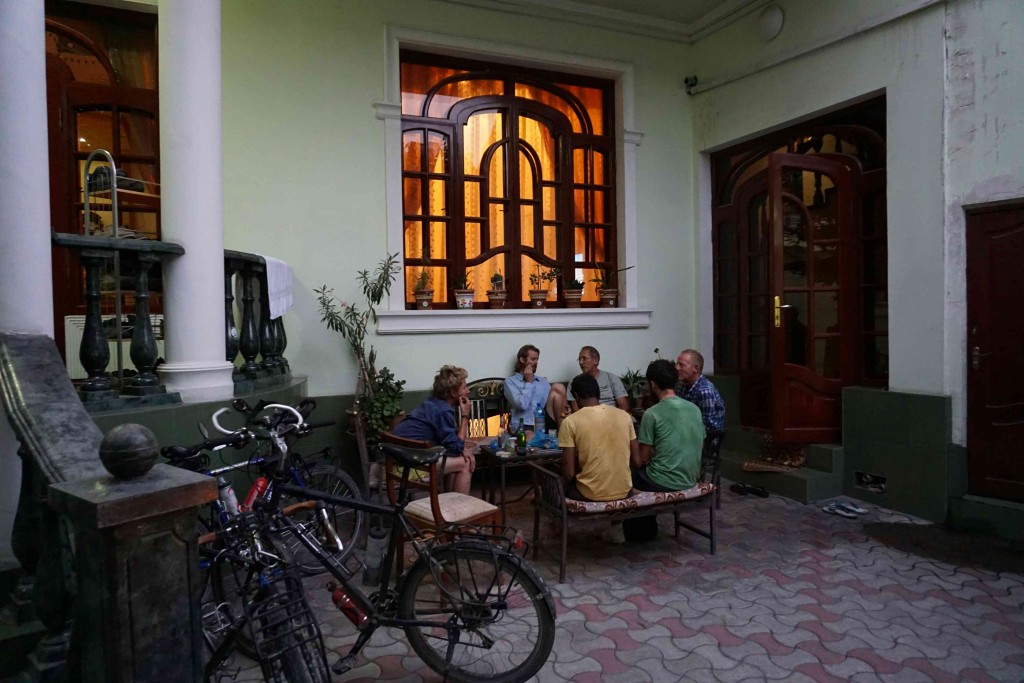
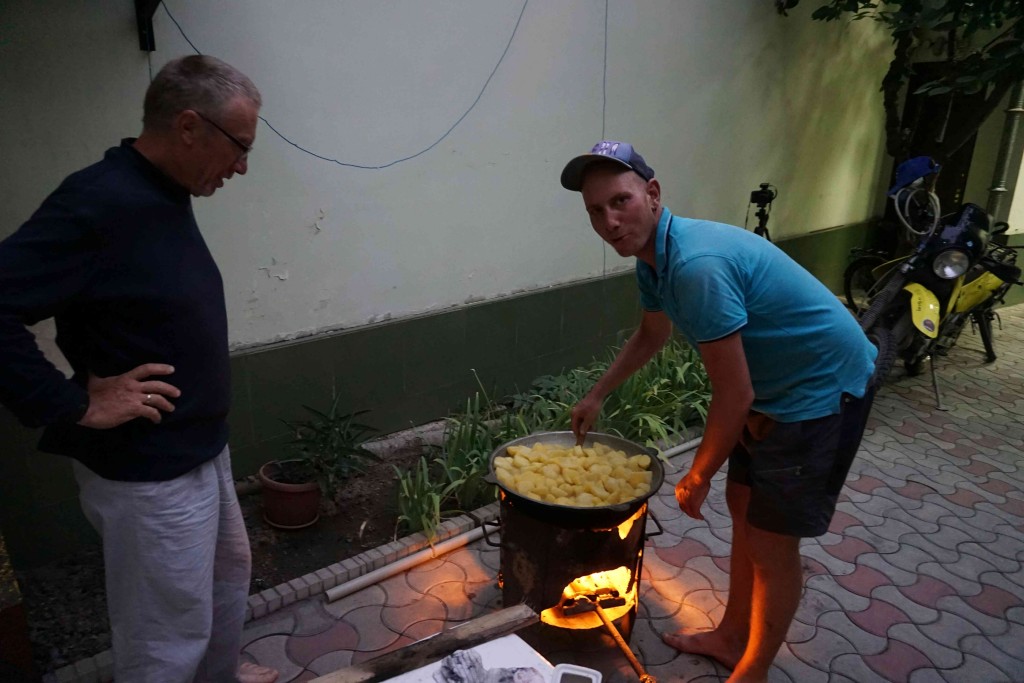
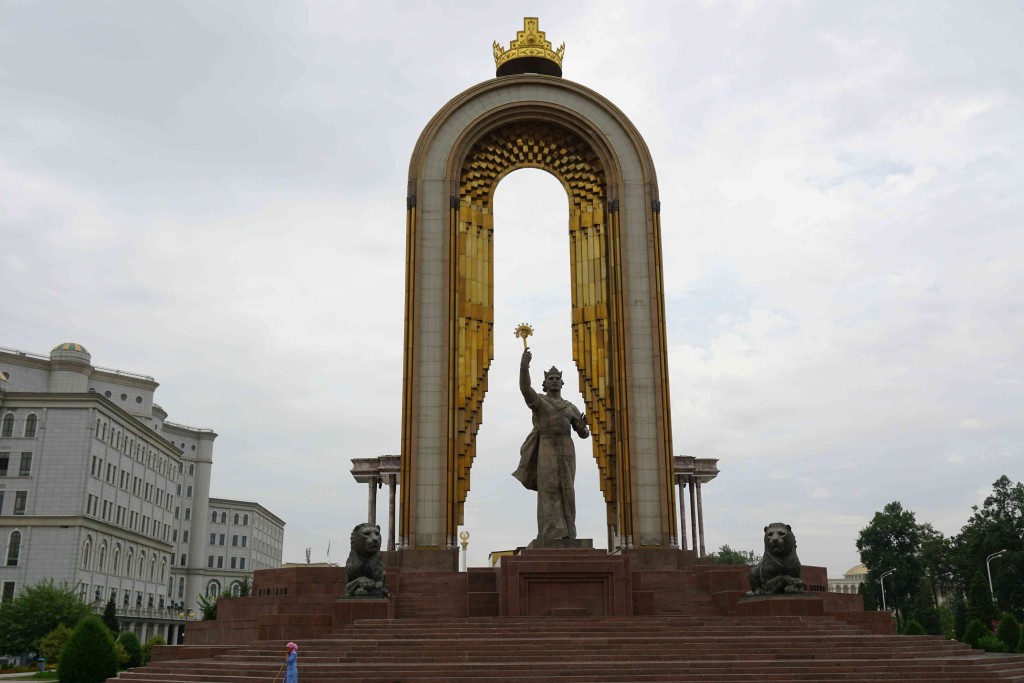
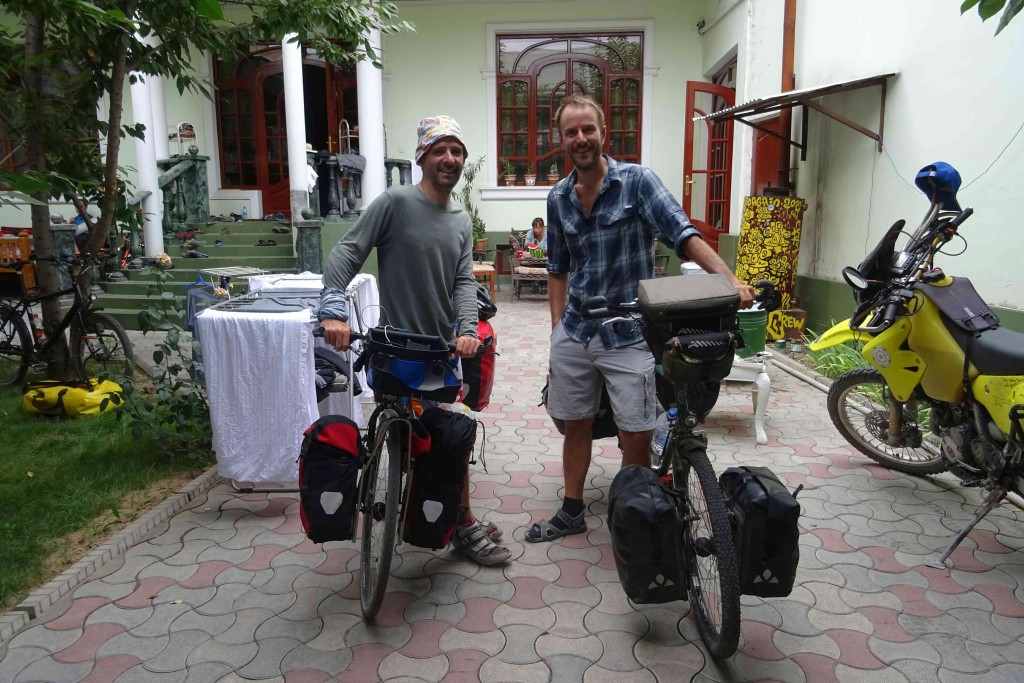
For this stage I travelled with British expat cyclist Iain (www.swissbrit.com) and Dutchie Ritzo into the foothills of the Pamir. The ride to Khorog turned out to be a ridiculous tag team of sickness. I took first watch, but within a day of quitting Dushanbe I had bounced back to relatively good health and handed over to Ritzo, who spent the rest of the ride to Kalai Khumb (the halfway point) in decline, at times straining the credibility of his own mantra, ‘stay happy’. With different approaches to travelling, Ritzo, Iain and I just about managed to get in synch to coax and support each other through this suprisingly tough section, and enjoyed a few great camps in idyllic mountain settings, with en suite bathing in the river and even stories round the campfire.
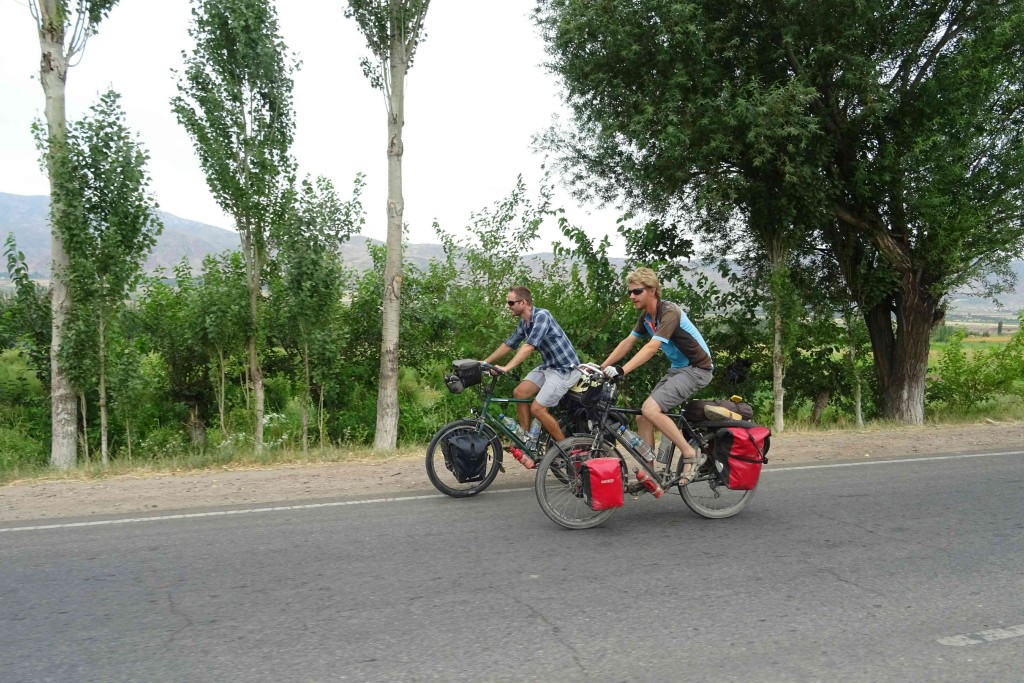

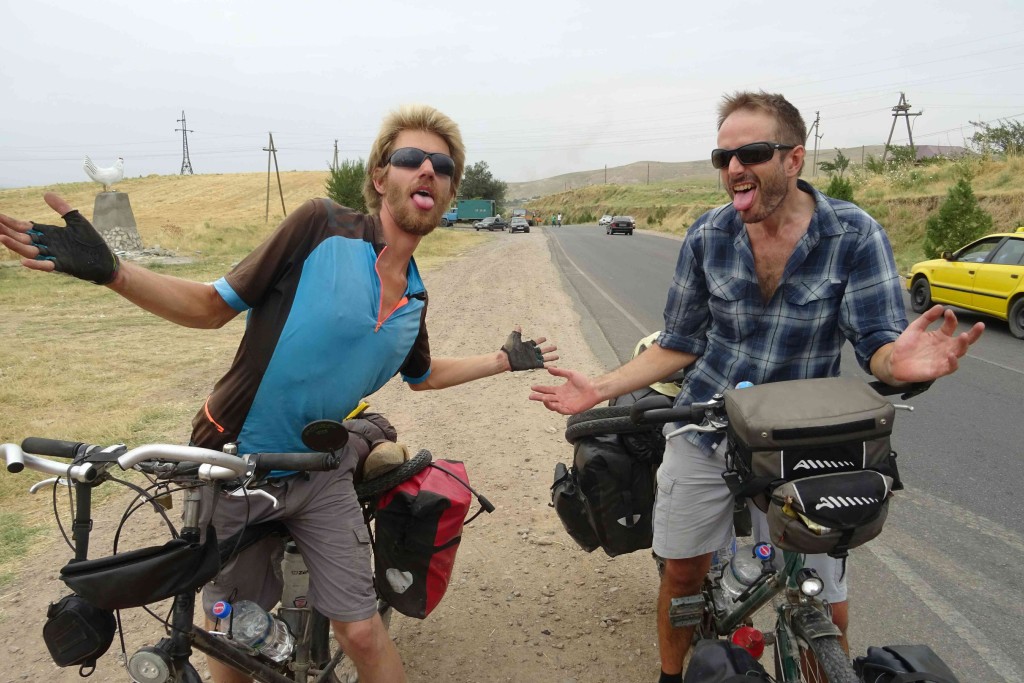
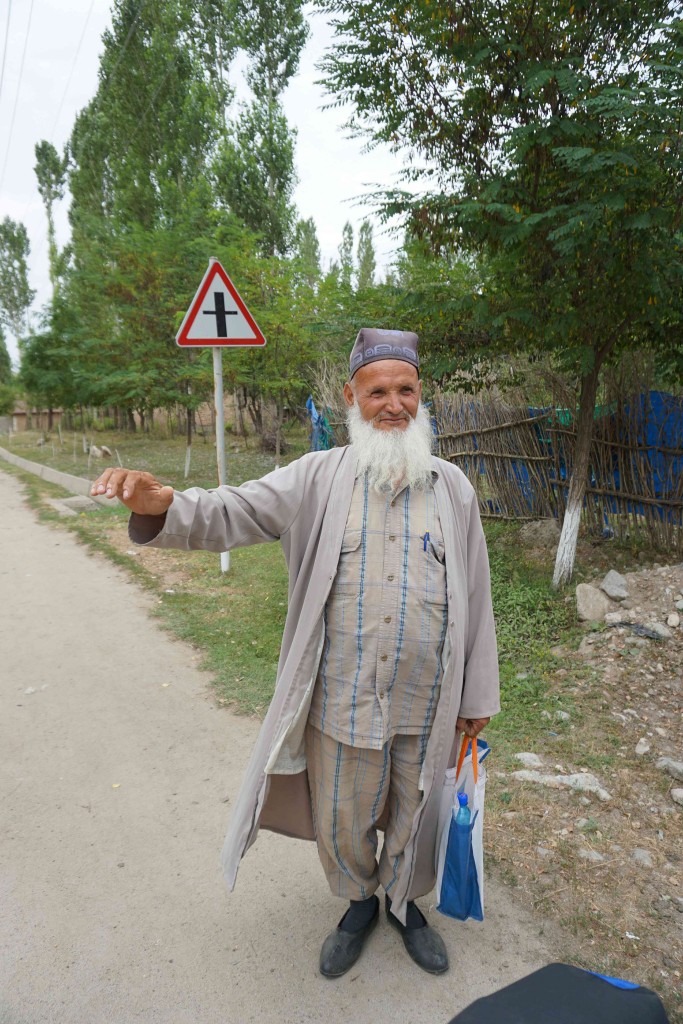
Around this time, for some reason, various pieces of my kit started to kick the bucket. In one twelve hour period, my Exped sleeping mattress popped (again), my Katadyn mini water filter cracked under pressure, my Kindle stopped working entirely, and I had two or three punctures per day between Dushanbe and Kalai Khumb. Not only was the SJS Cycles rim tape slicing into the inside circumference of my innertubes, rendering them irreperable, but I also (eventually) discovered a tiny, hair-like wire protruding from the bead of the mountain bike front tyre that had been donated to me in Baku.
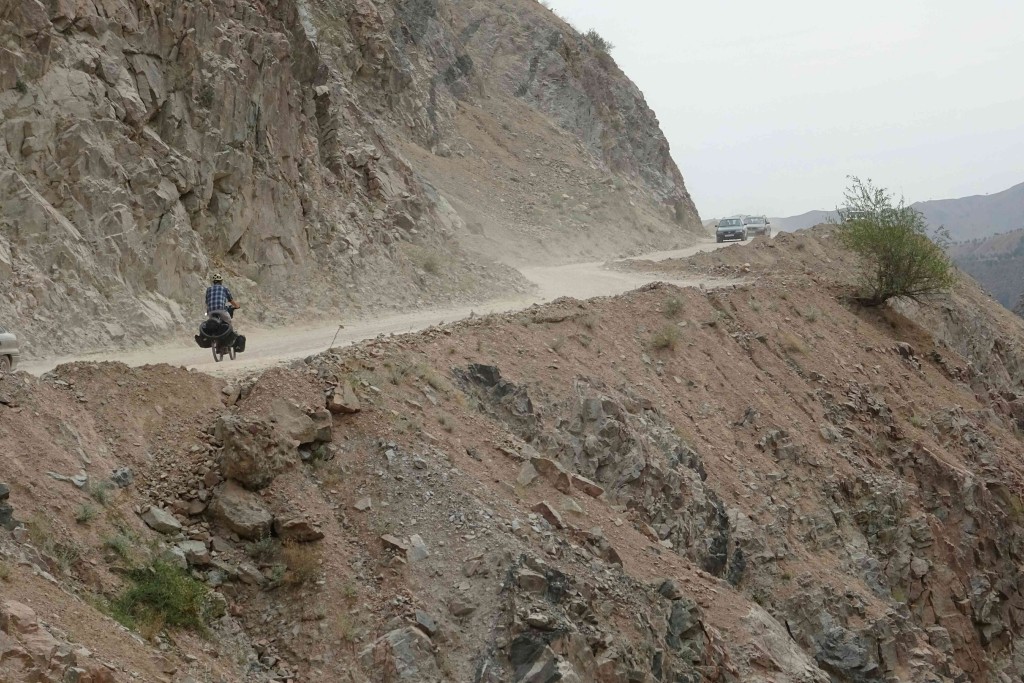
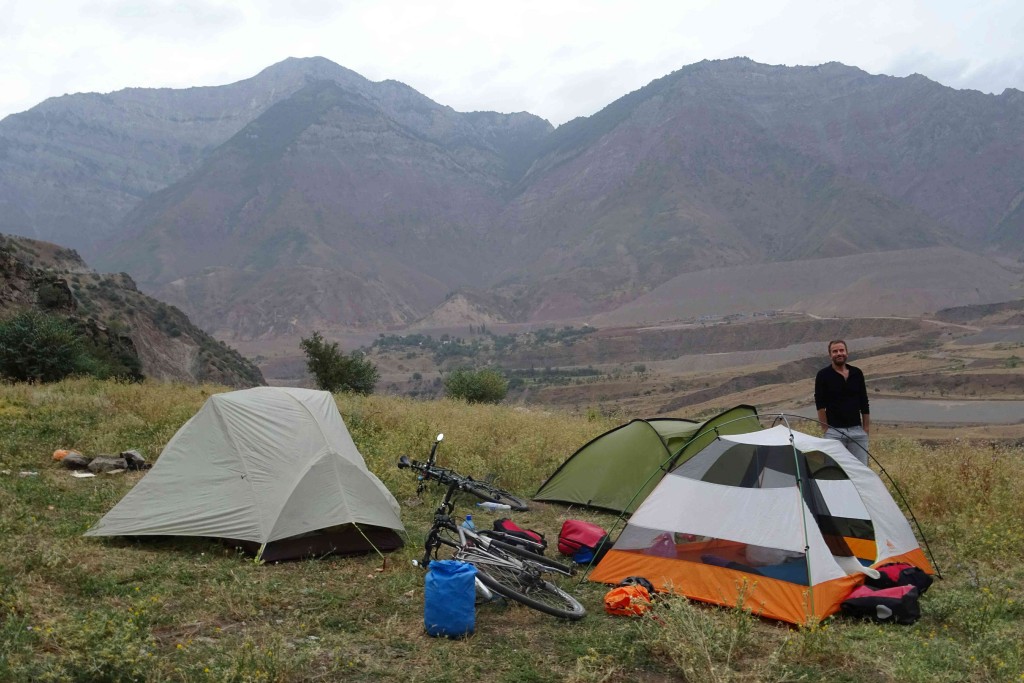
With Ritzo apparently on the verge of collapse, we gamely made it over the 3000m+ Sagirdasht (a.k.a. Khaburabot) pass, before we let rip on the stupendous 30km rough descent to Kalai Khumb, finishing at sundown alongside the whitewater of the river Obikhumbou. Arriving exhausted but elated, we celebrated with beers and the closest thing to vegetarian food that the only restaurant in town could provide for us: chicken and chips and tomatoes – are you kidding? What a mistake that turned out to be. In the morning Ritzo had made a more or less full recovery, while Iain and I took turns running to the toilet for violent evacuations from both ends.
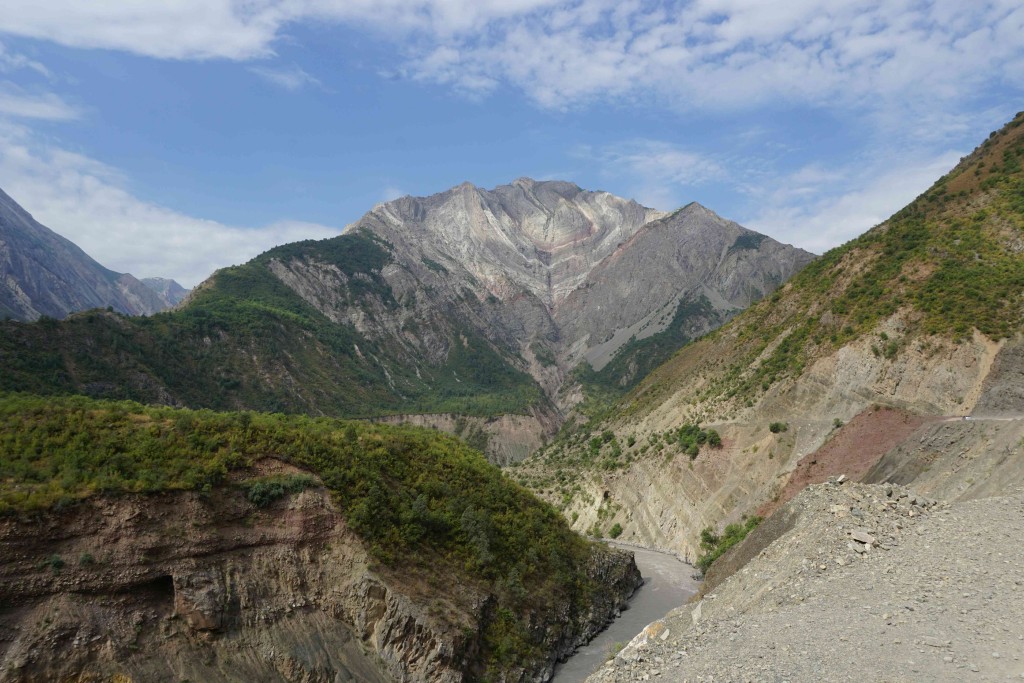
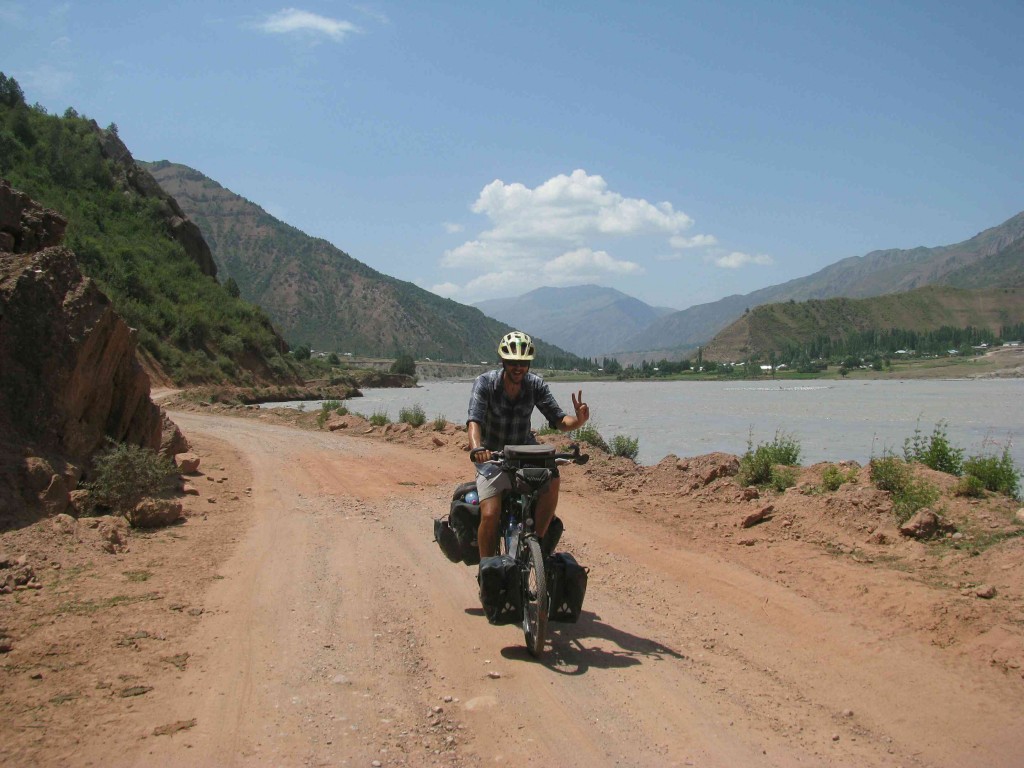
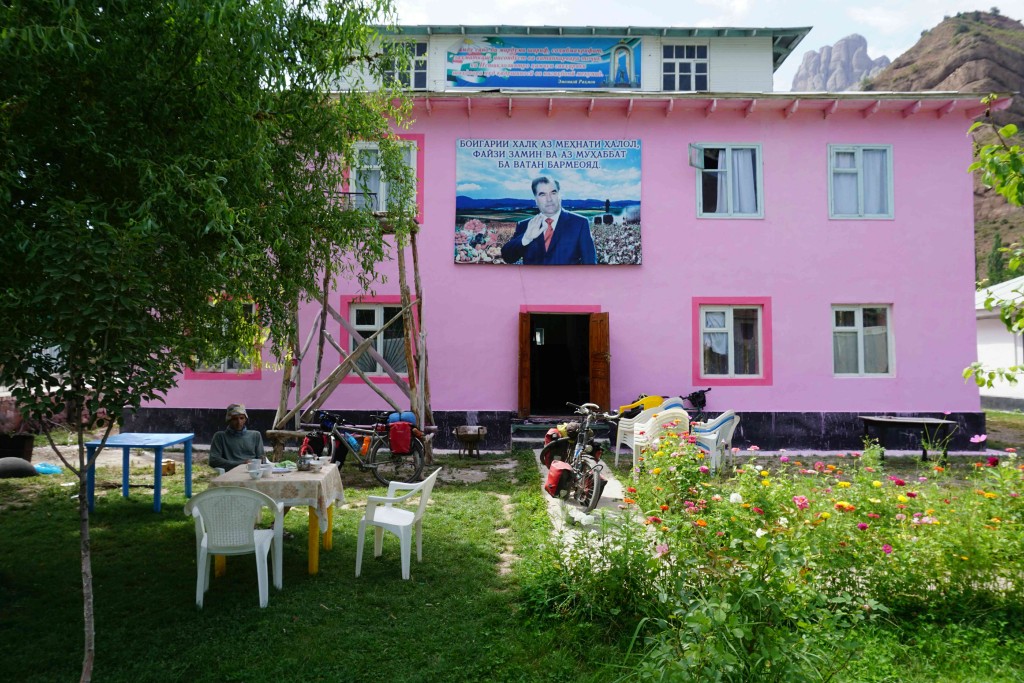
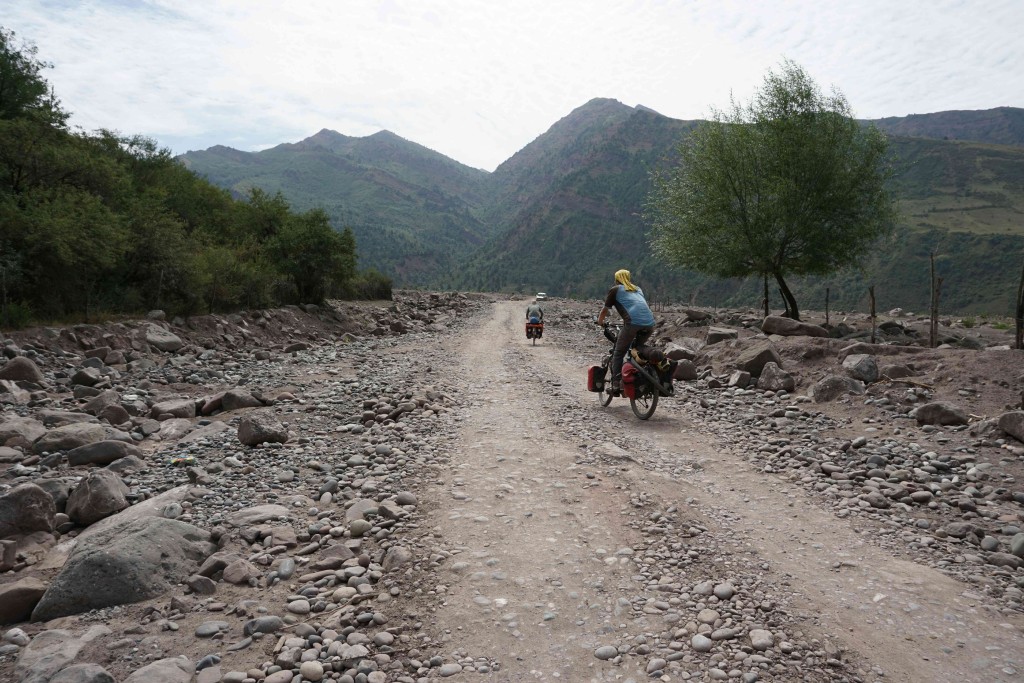
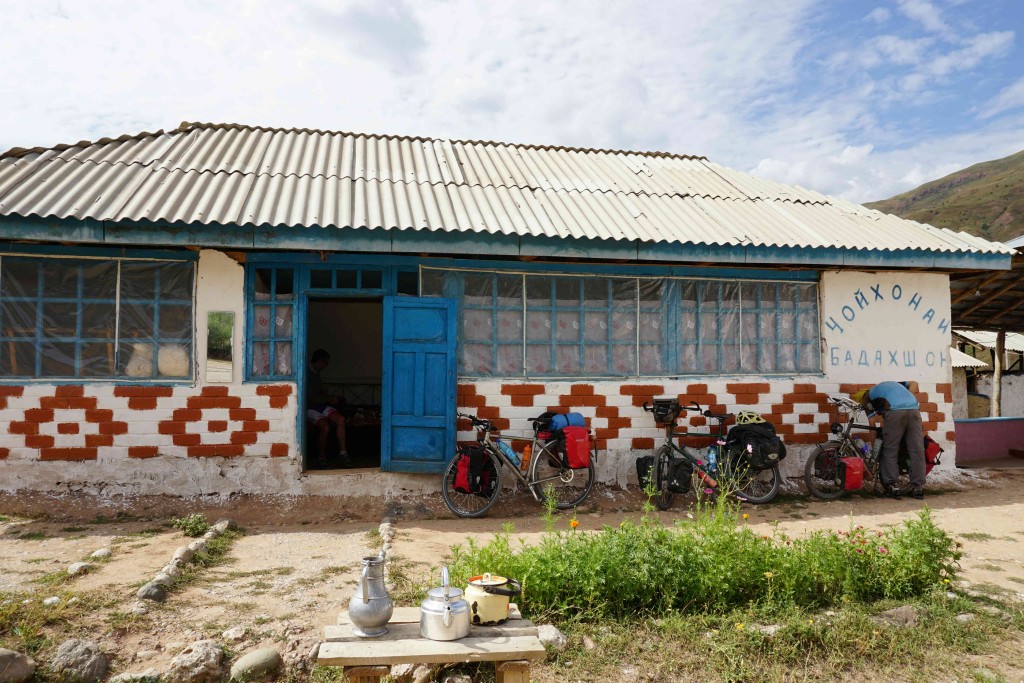
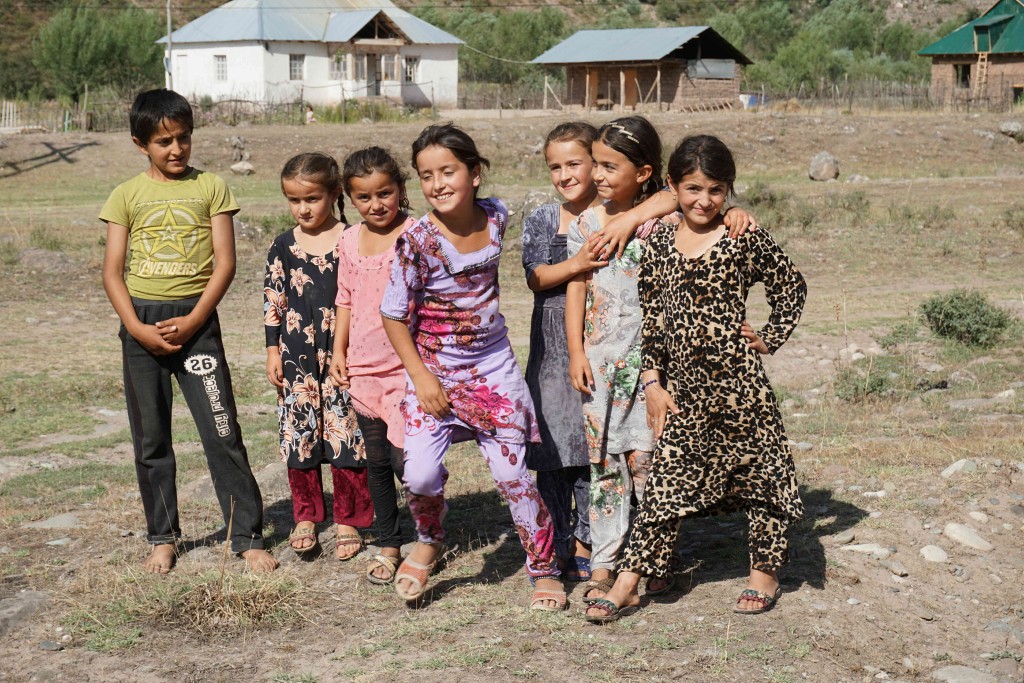
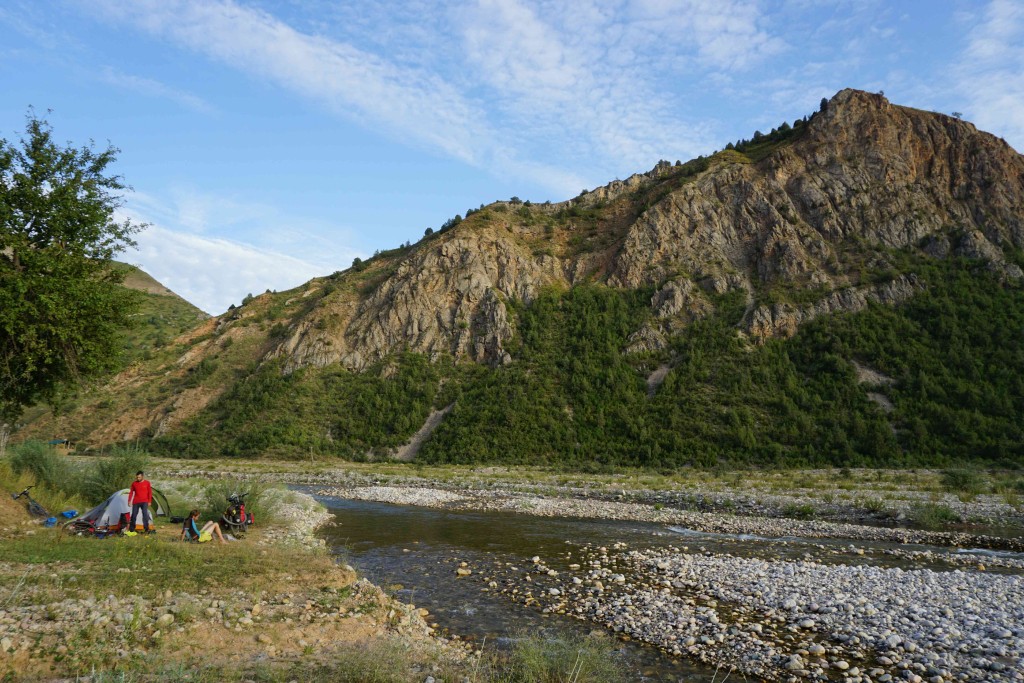
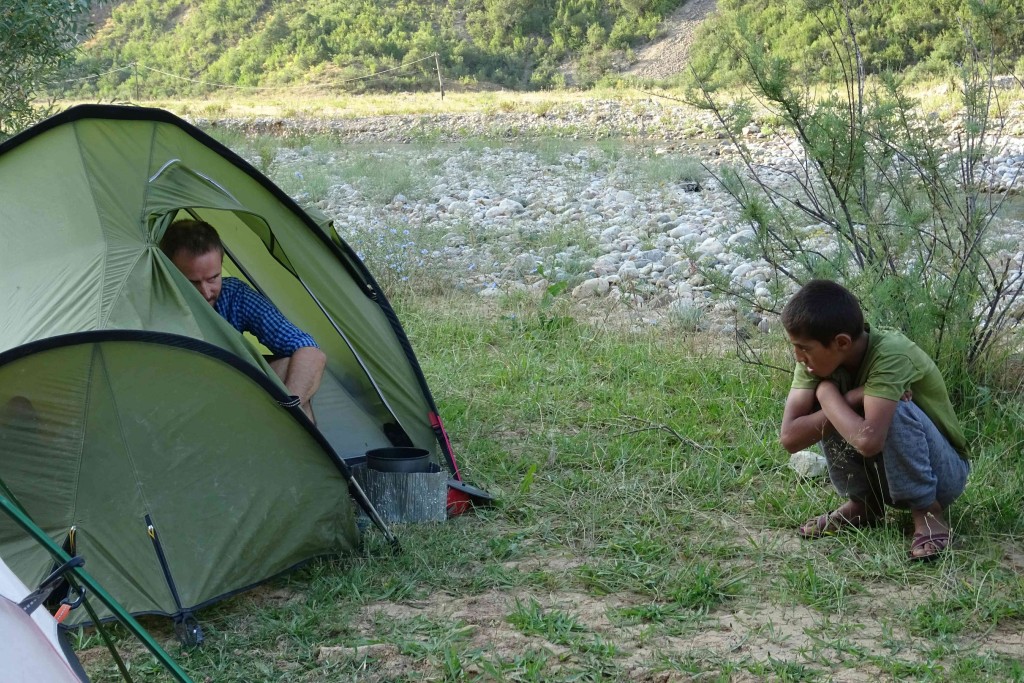
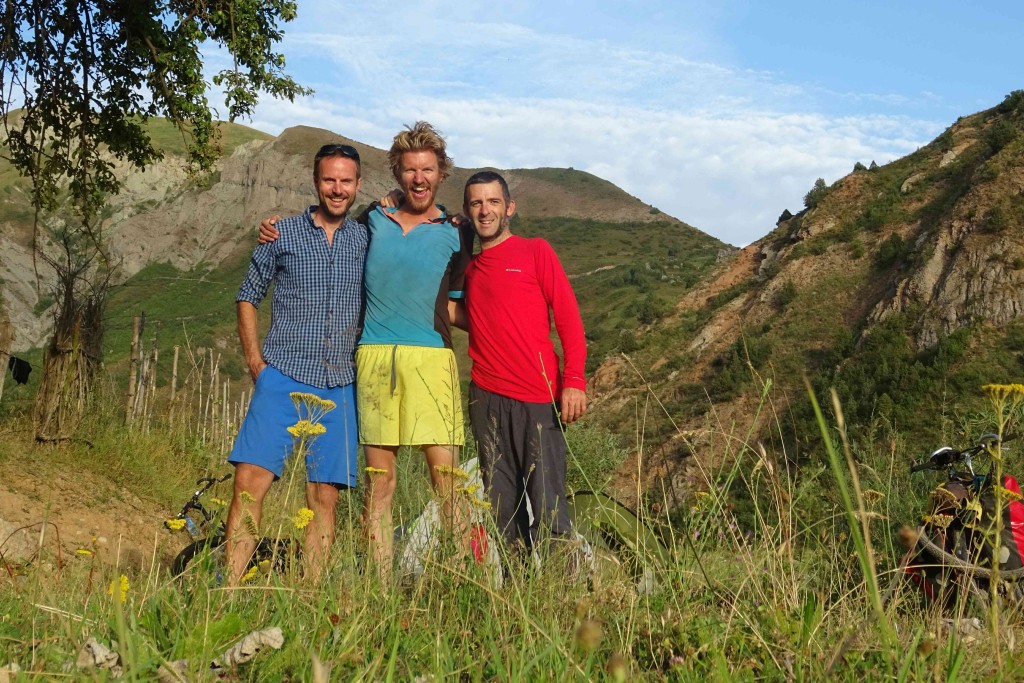
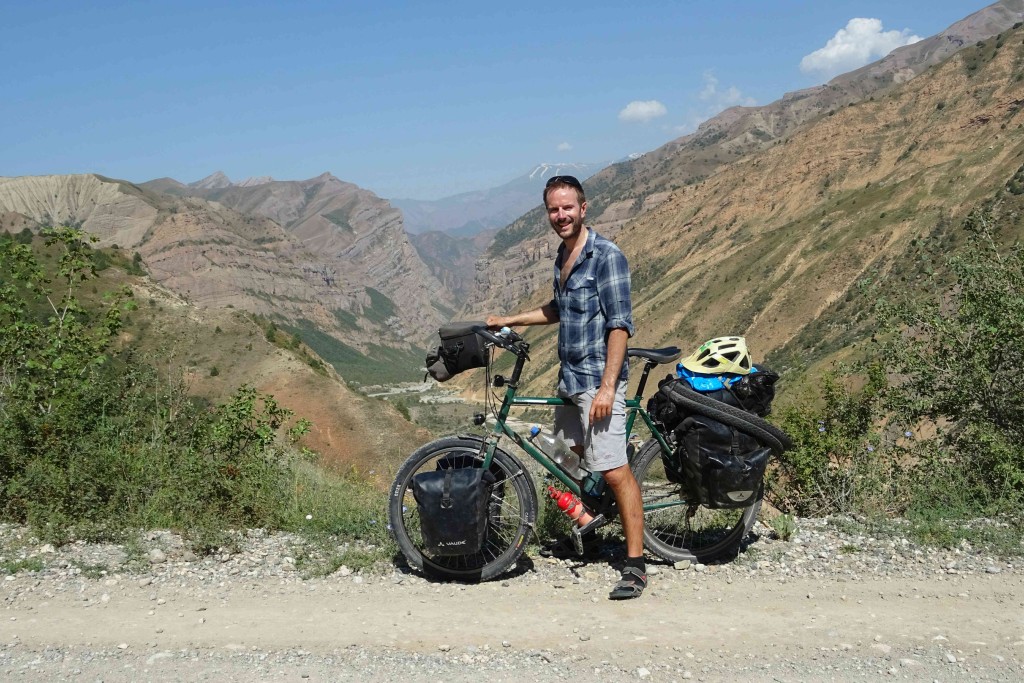
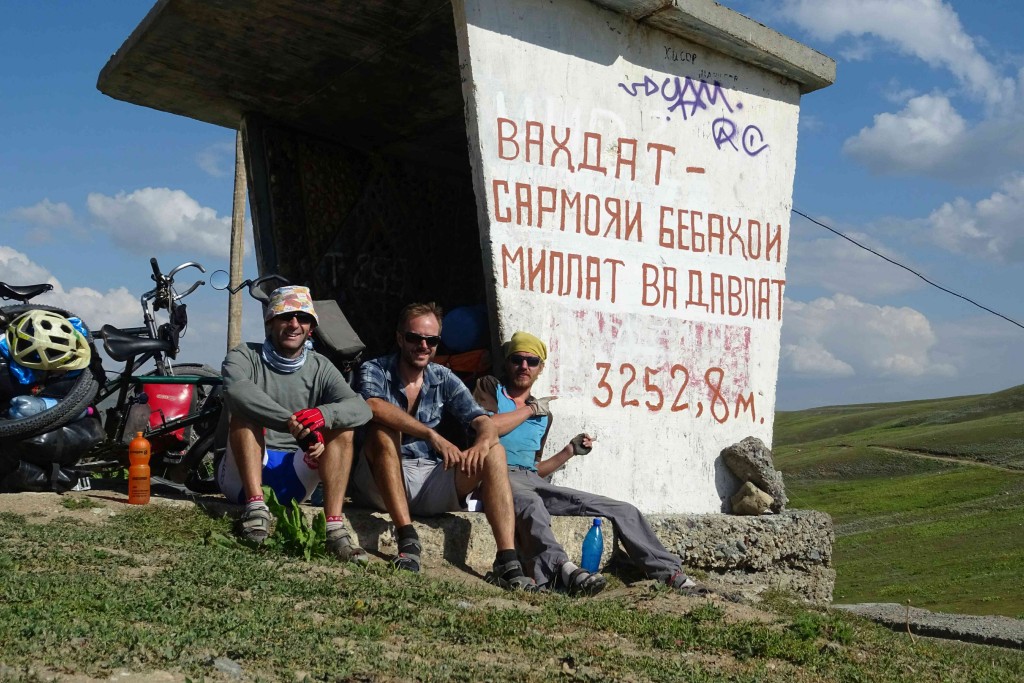
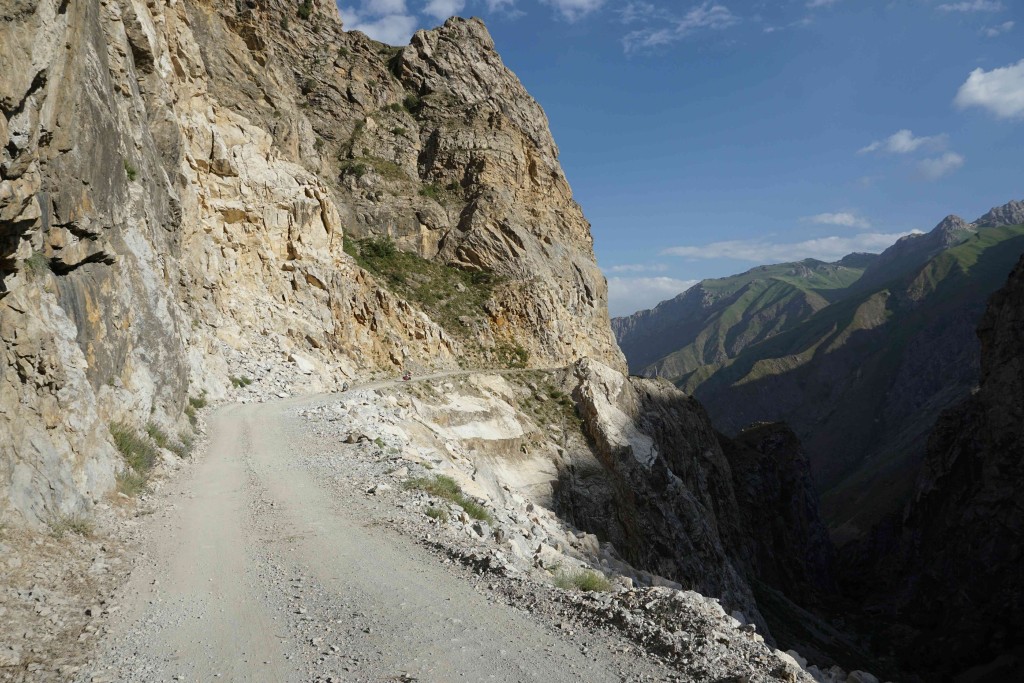
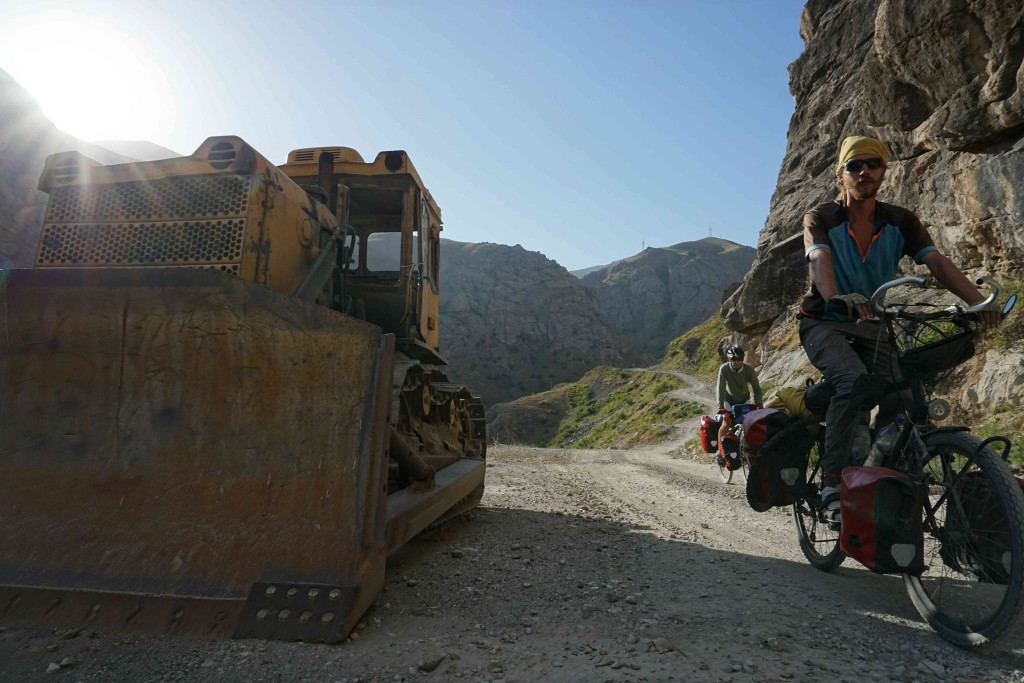
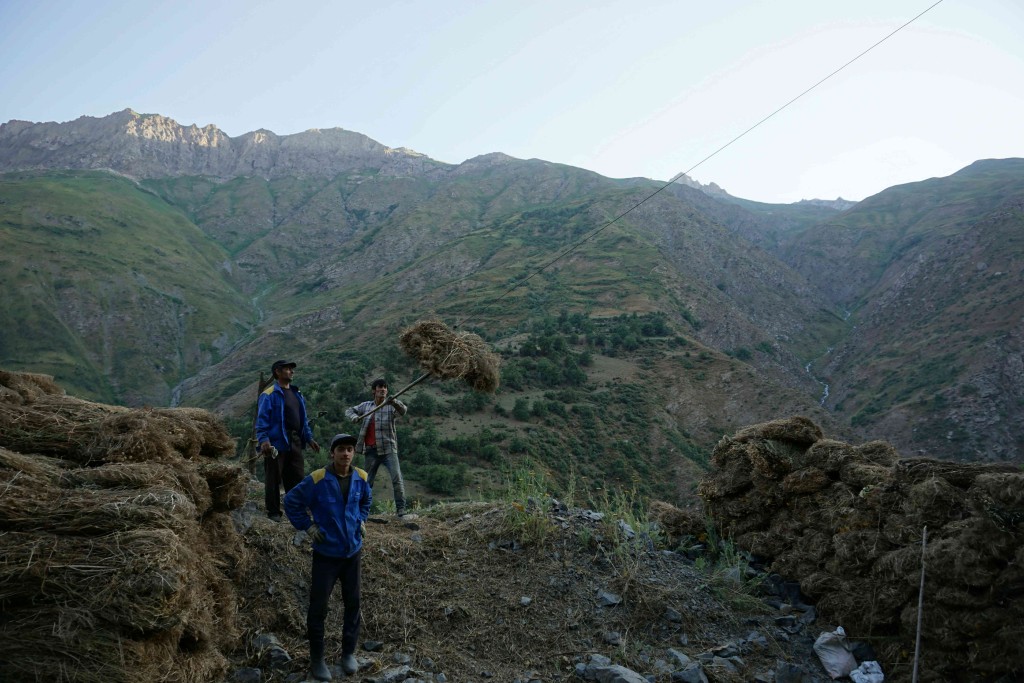
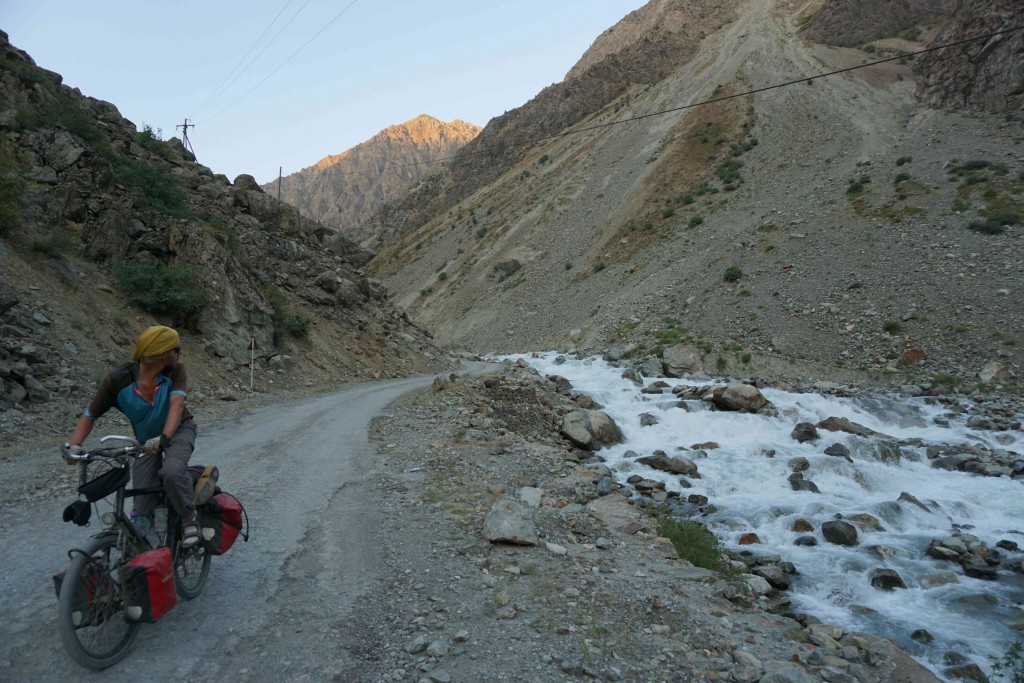
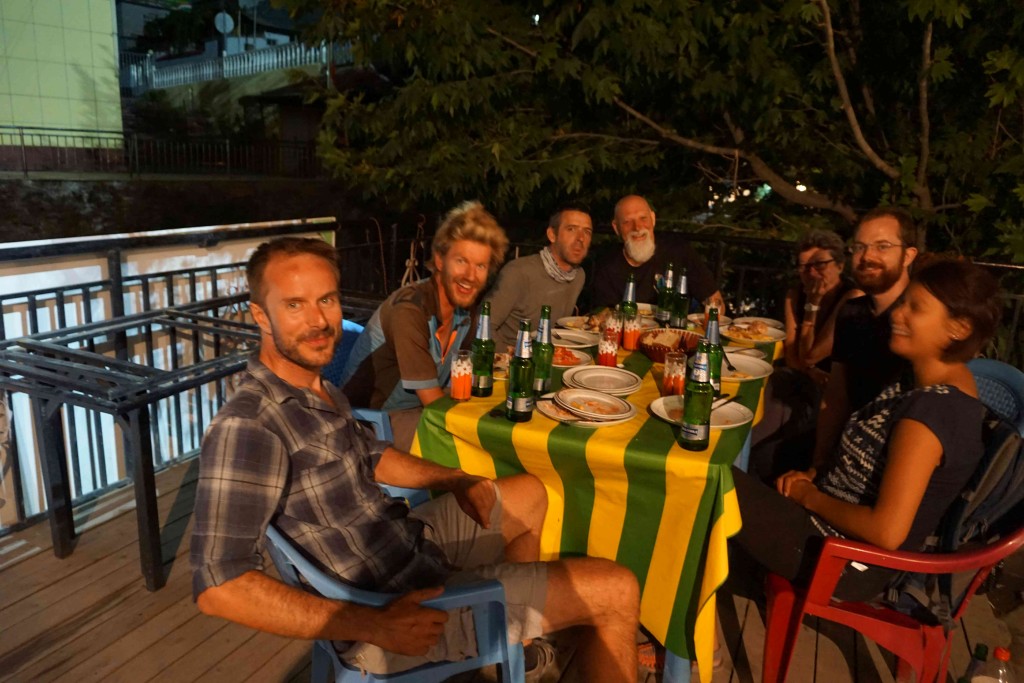
After three days rest in Kalai Khumb I was just about strong enough to pedal on, this time with Frenchman Timo and Iain. Iain soon decided to fast forward by hitching a lift to Khorog, leaving me and Timo to press on through the deep ravine of the capricious River Penj, which forms the border with Afghanistan. A stone’s throw across the river, Afghani village life was easily observable. Simple mud huts and mountainside terrace fields hemmed by fruit trees.
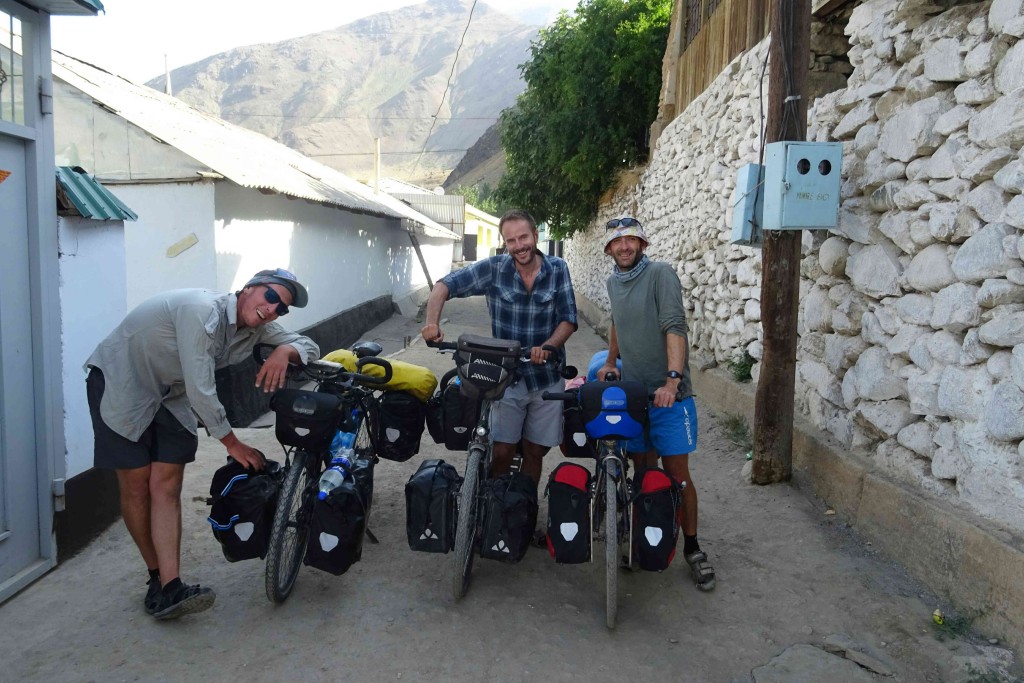
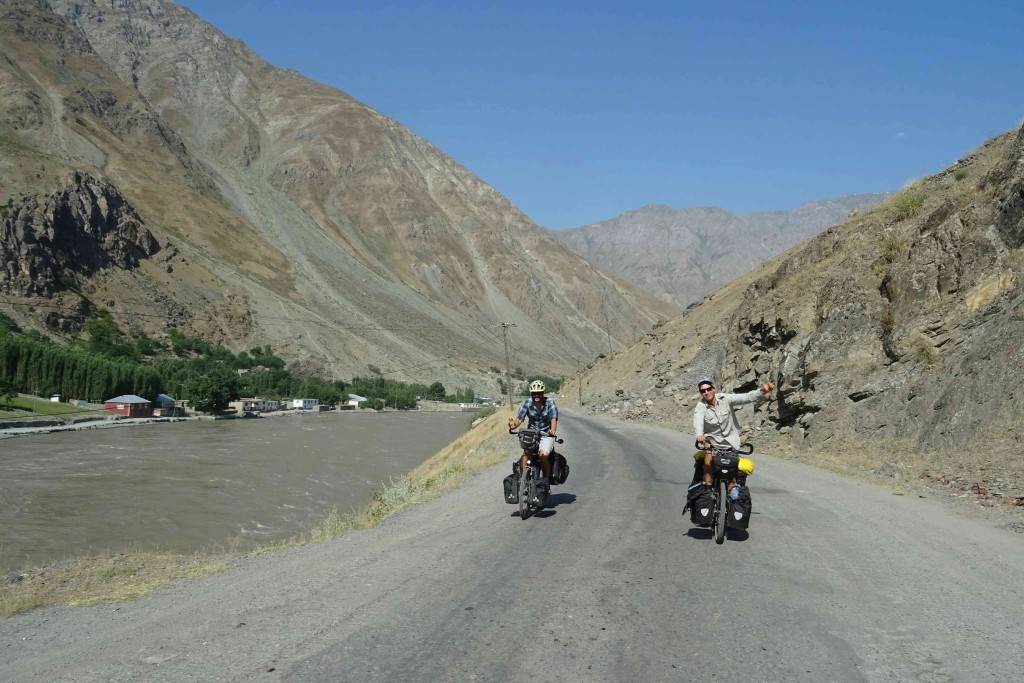
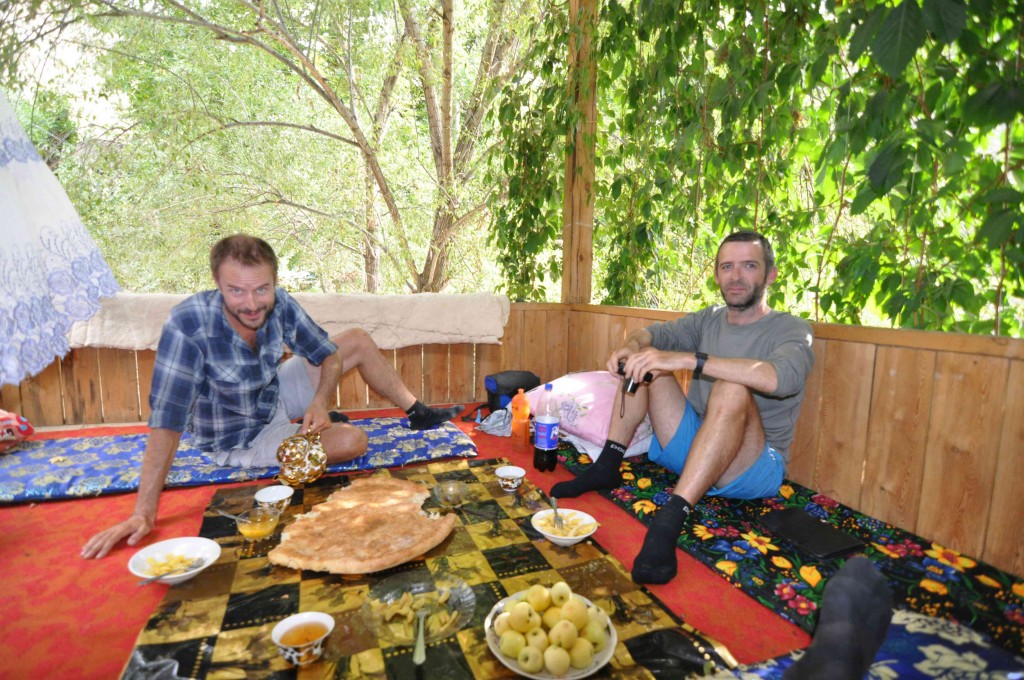
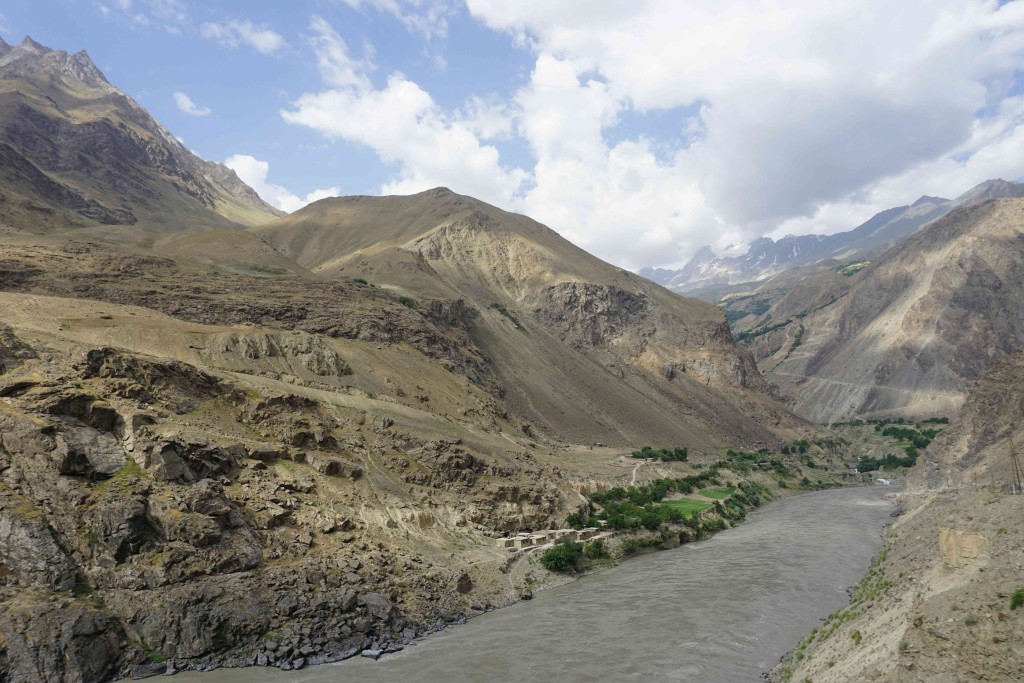
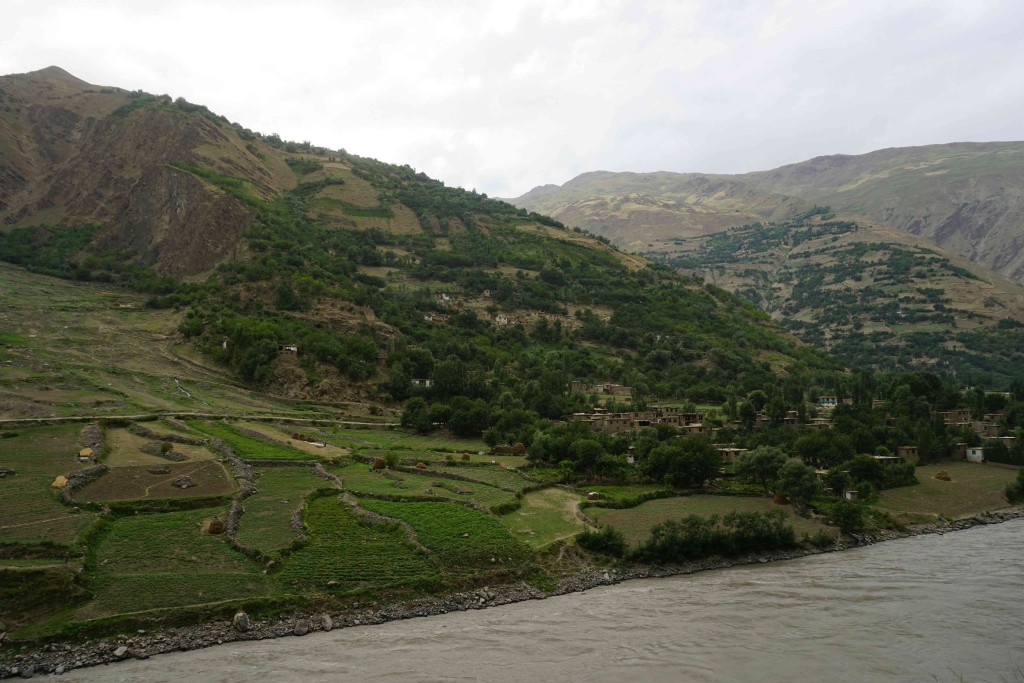
The road bucked and twisted beside the great grey Penj, the river by turns a riot of standing waves, crashing through rocks, then placid and unruffled in the broader reaches. The road wasn’t much different, alternately rocky and sandy, with very occasional asphalt respite. On the Afghan side a tiny thread of a track was etched into the precipitous rock high above the river, connecting the tiny remote hamlets and farmsteads. Around a corner, a thunderous explosion released an enormous dust cloud that drifted across the valley – not an air strike but Afghan workers blasting a way through a rocky buttress to extend their road.
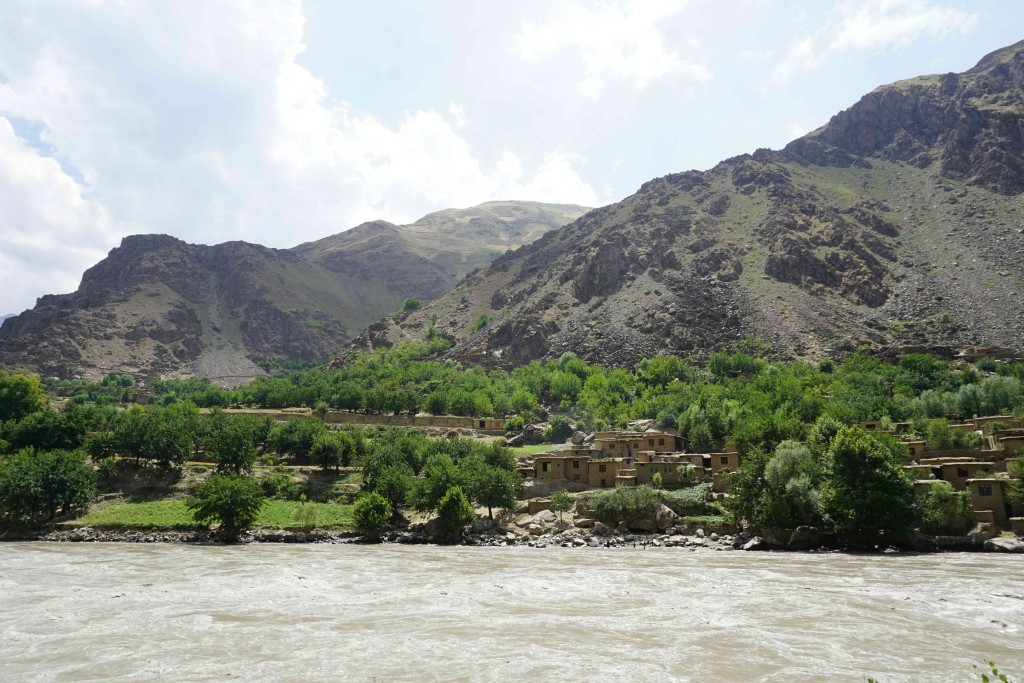
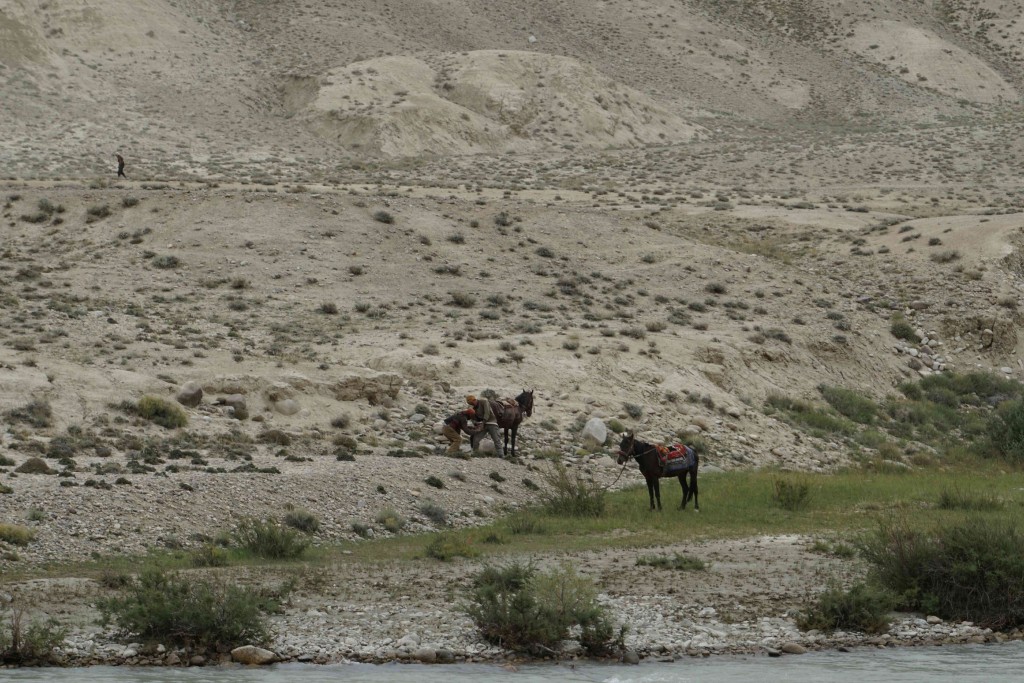
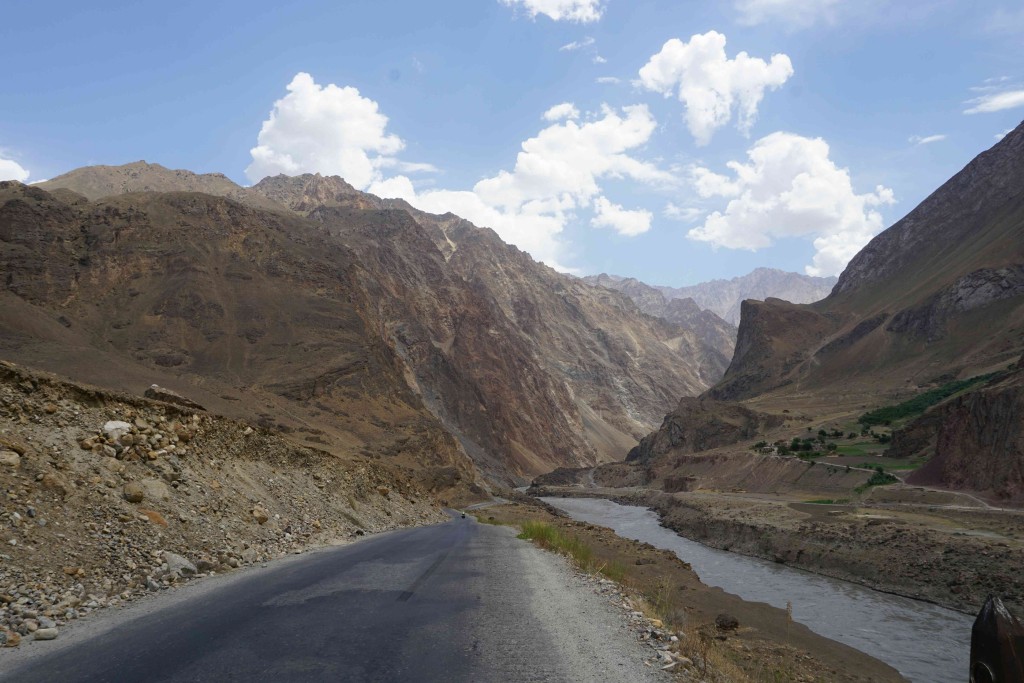
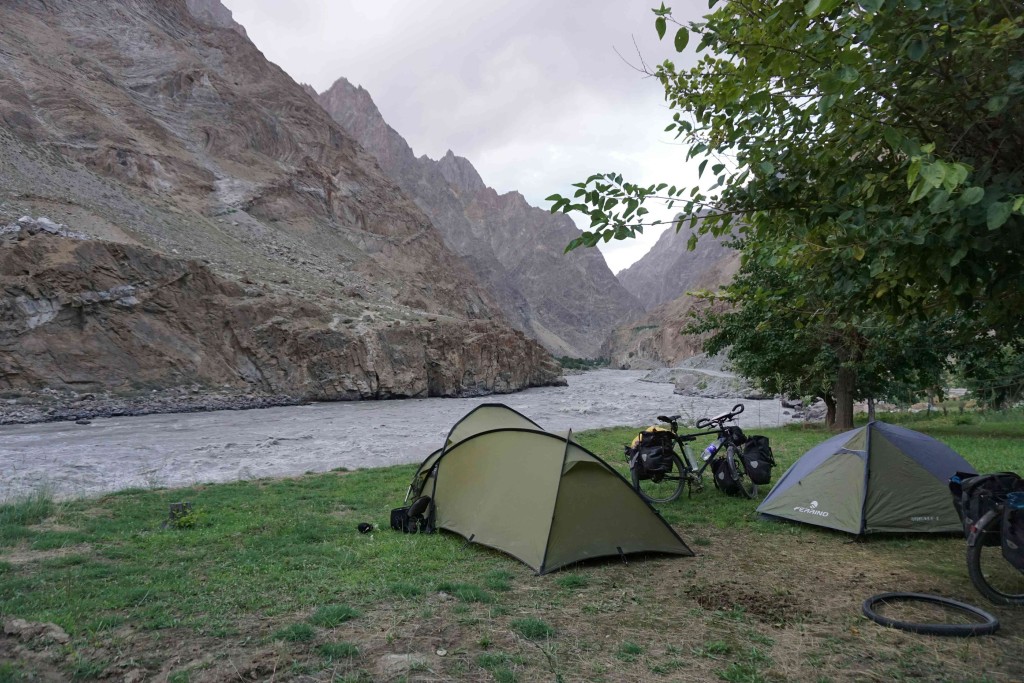

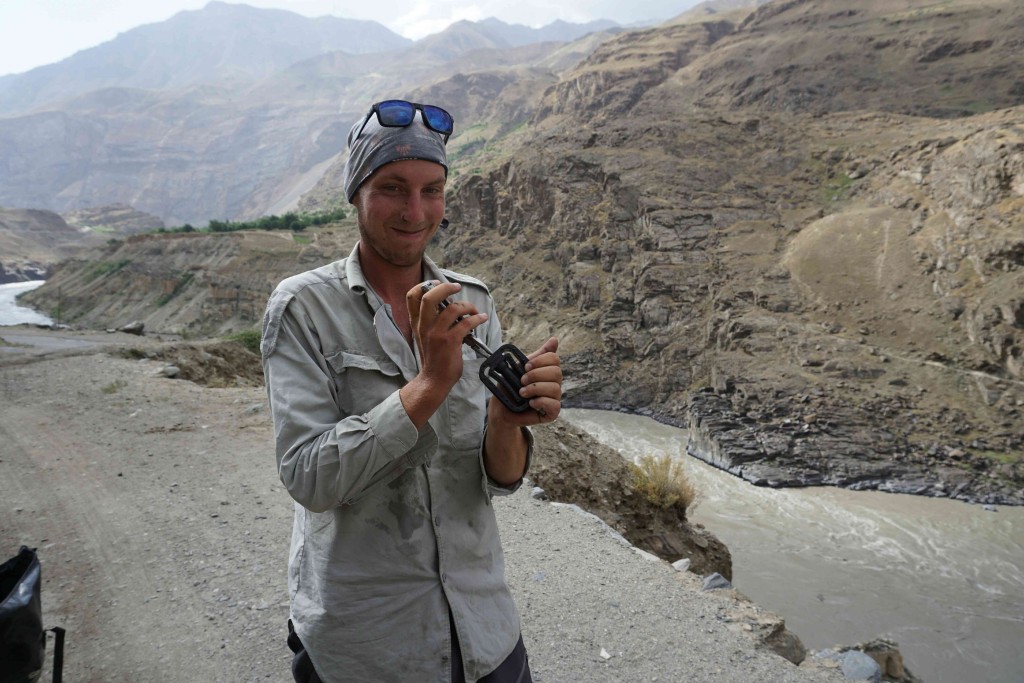
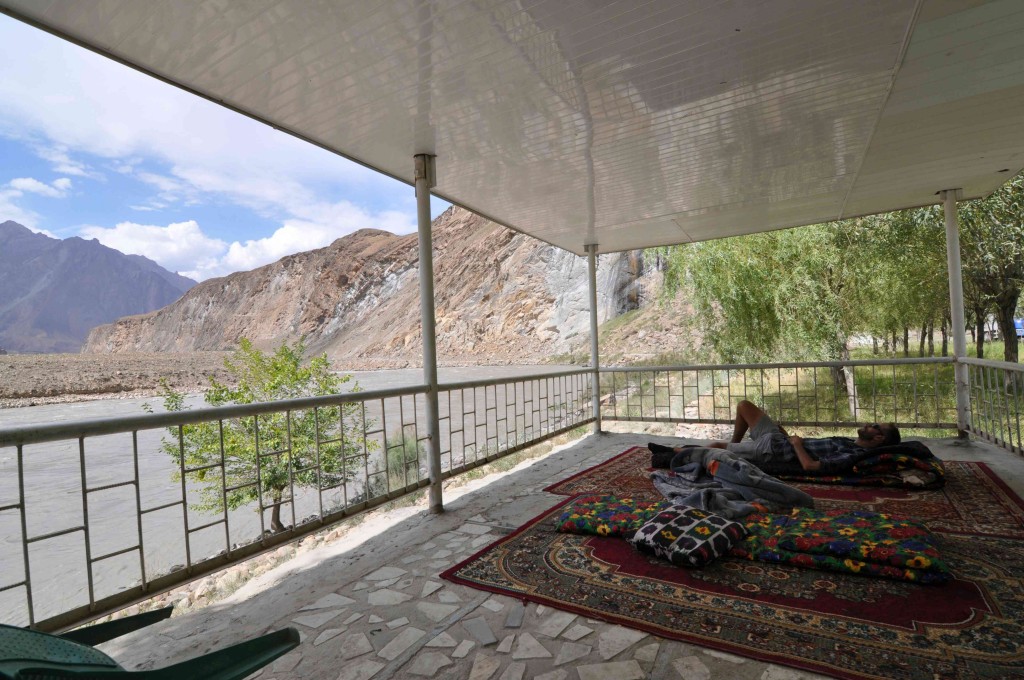
The mountain scenery was endlessly jawdropping, a welcome distraction from the turmoil in my guts, which by now was getting to be a real nuisance. After two consecutive nights punctuated by urgent runs from the tent into the bushes, I cracked opened up the first aid kit and called in a nuclear antibiotic strike. Early next morning we caught up with Ritzo and together pressed on to Khorog, the only town of any size in the Pamir. Back in Dushanbe we had estimated it would take us five days to cover the mountainous 515km route to Khorog. In the event, it had taken ten. In Khorog I languished for a whole week, popping Metronidazole and waiting to feel strong enough to tackle the Wakhan corridor and the high Pamir. Reluctantly I sat idle as first Iain, then Ritzo, then Timo all packed up and moved on. I was very sorry to see them go as they were great riding partners, but we were each on our own journey and it was senseless to continue until I felt better. Other cyclists came and went. After seven days I had made a tentative recovery, so with panniers bulging with provisions for the next couple of weeks I headed south from Khorog into the Wakhan Valley.
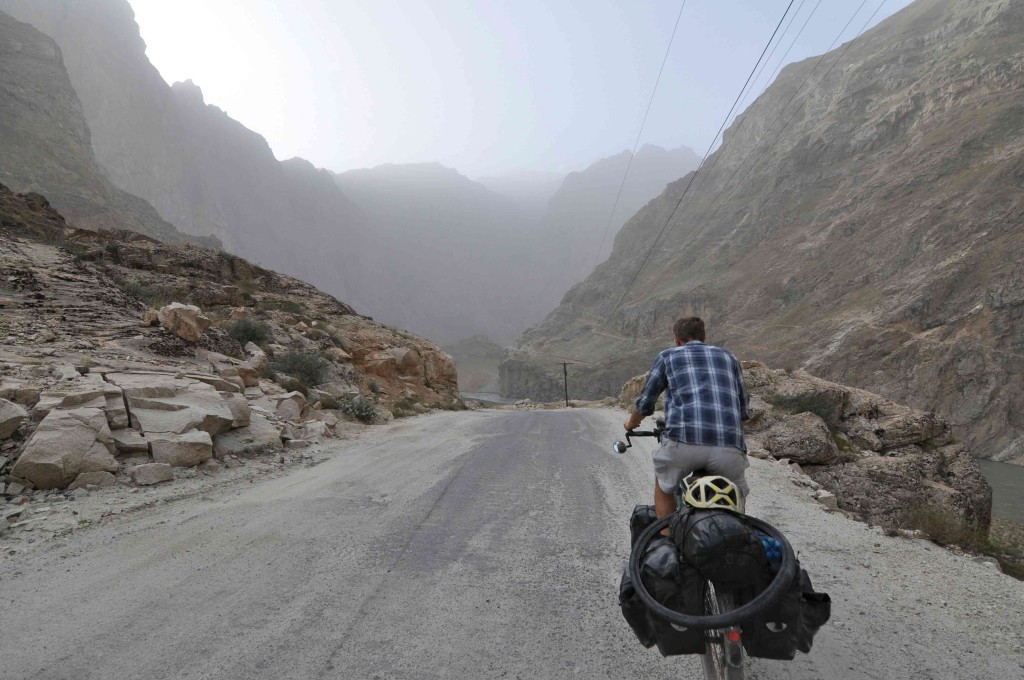
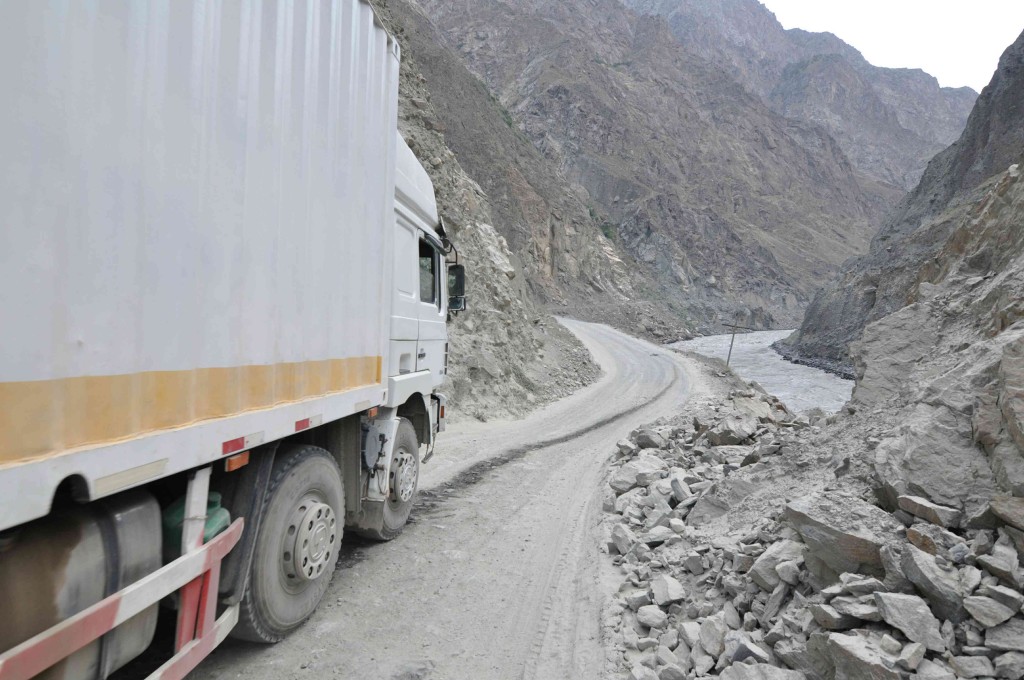

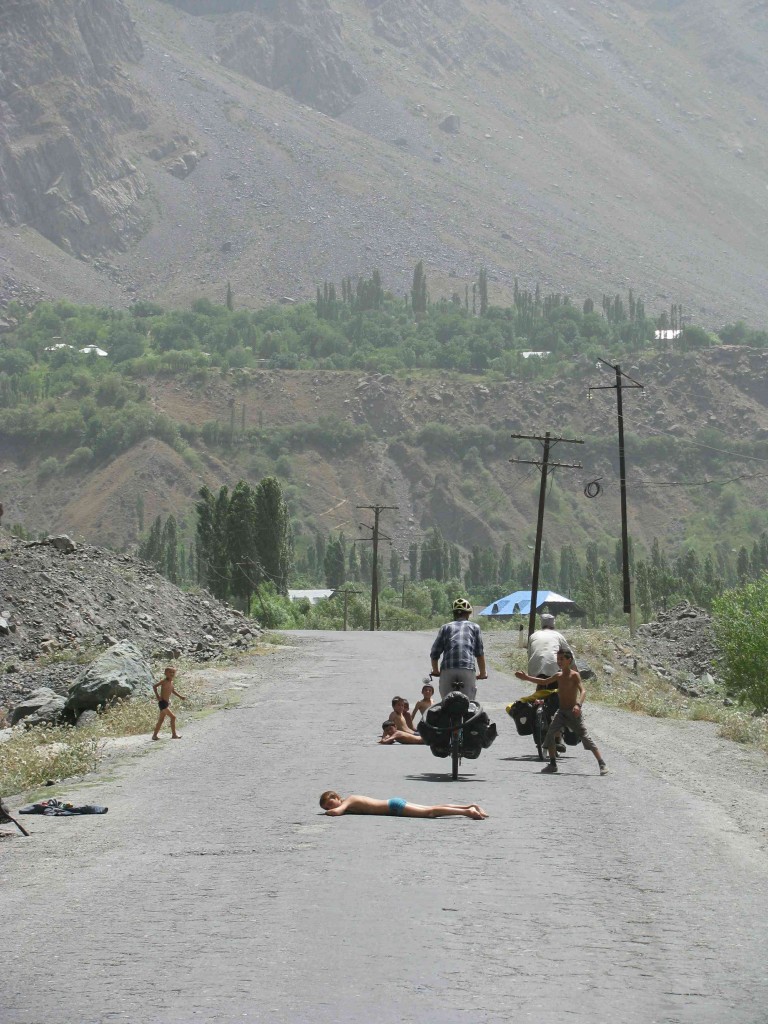
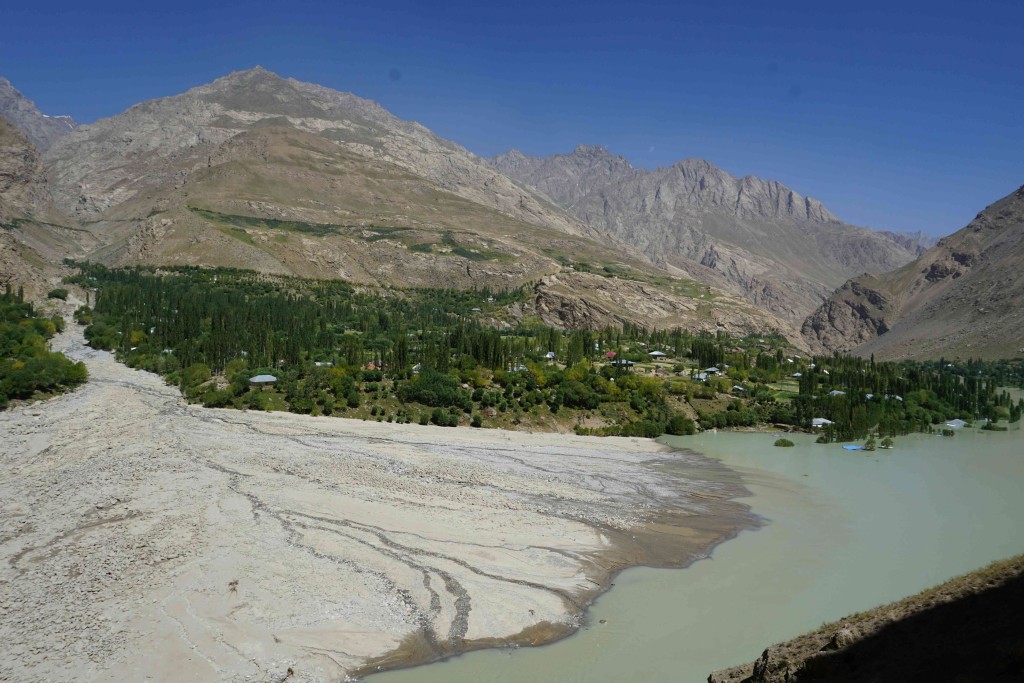

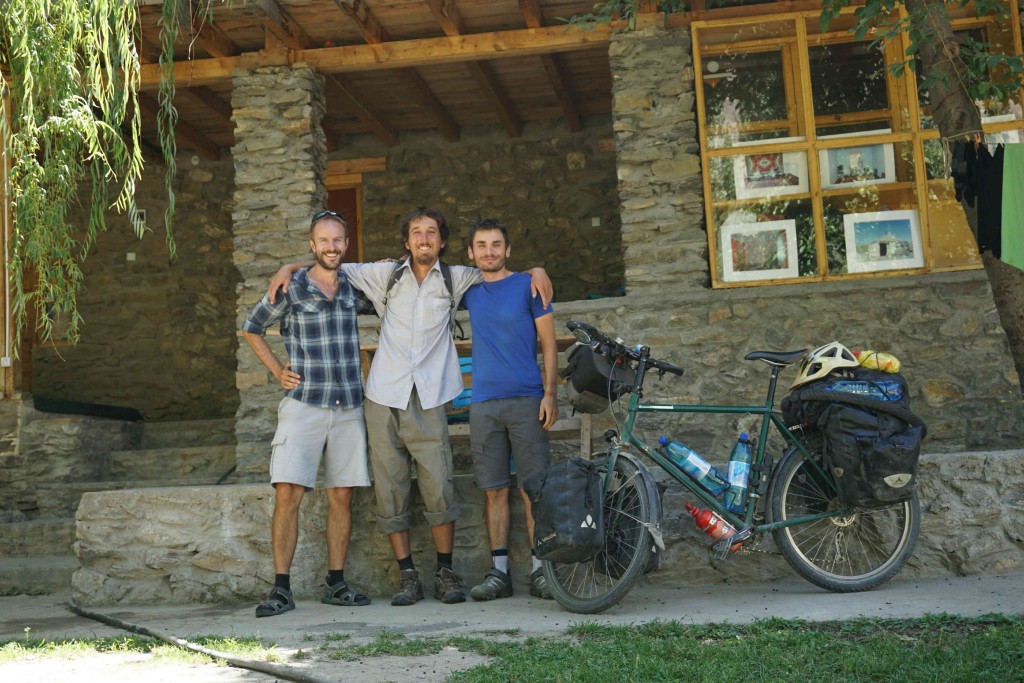
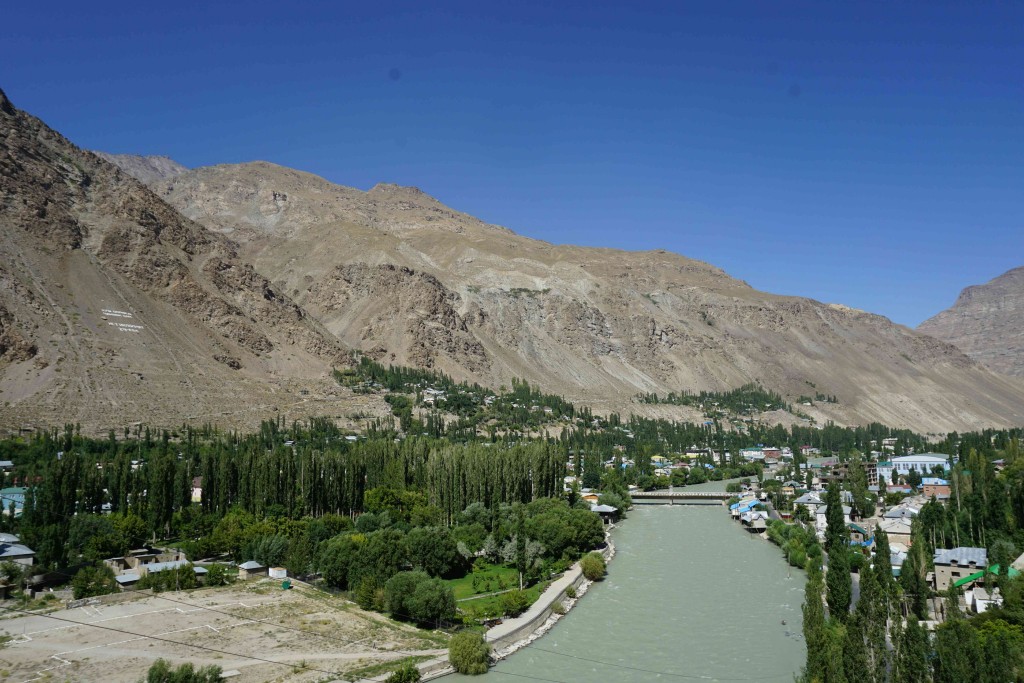
After Ishkeshim the road swings east, and the immense vista of the Hindu Kush mountain range pans into view. With only the river between me and the great range to the south, my imagination ran riot. After all, this was the fringe of the Nuristan of Newby and Carless’ exploits, the Kafiristan of Kipling’s Man Who Would be King. Thankfully on the Tajik side the locals were of much friendlier disposition, routinely offering chai, bread, fruit, lodgings. I knew that the gradient was set to get much steeper at the head of the Wakhan, where the road climbed up onto the 4000m+ Pamir Plateau, so I was determined to take it steady to allow myself to acclimatise, both to the altitude and the effort of riding the rough, sandy road. Sure enough, day by day my strength returned, no doubt largely due to better nuturition from cooking properly, as inspired by Timo’s gourmet camp meals when we rode together. By the time I bumped into Polish cyclists, Seweryn and Greg, heading my way, I was going strong – or at least I thought I was until I joined them on a side trip up to the Bibi Fatima hot springs, the steepest, loosest road I ever tried to ride up. With my heart bursting through my ribs I caught up with them to hike the last three kilometres to the hot springs, where I gained first hand experience of what it feels like to be boiled alive. A cold shower would have been more appropriate.
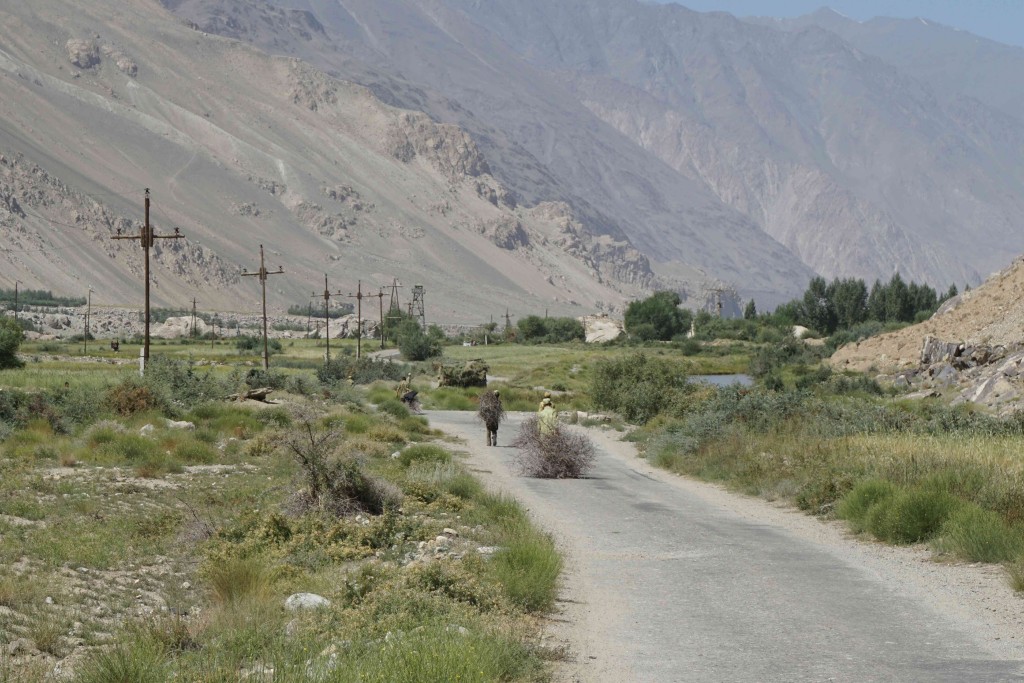
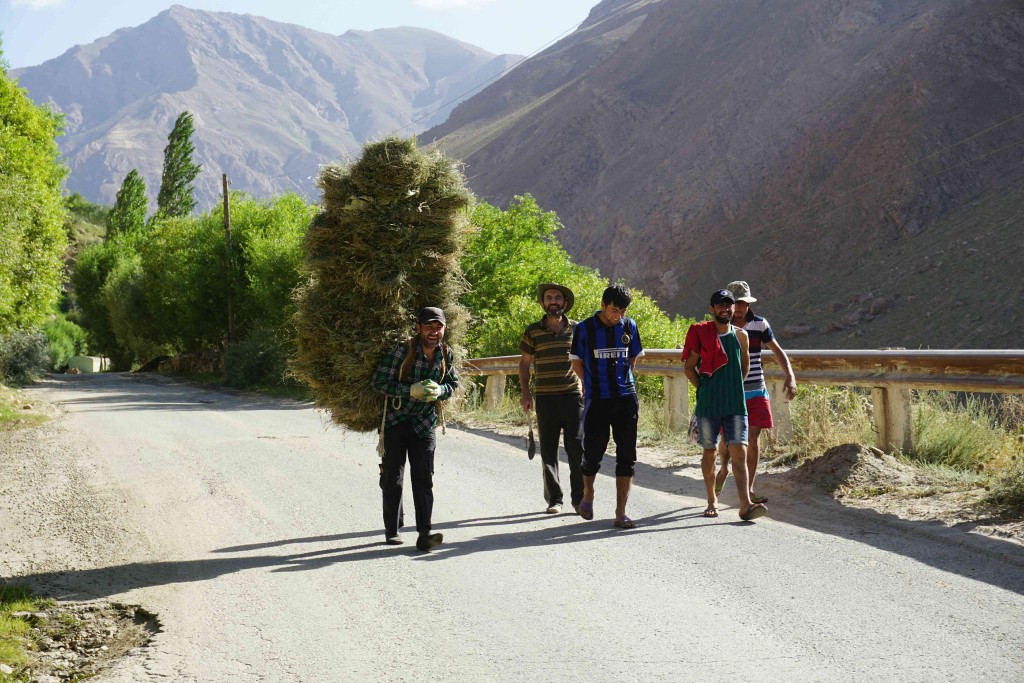
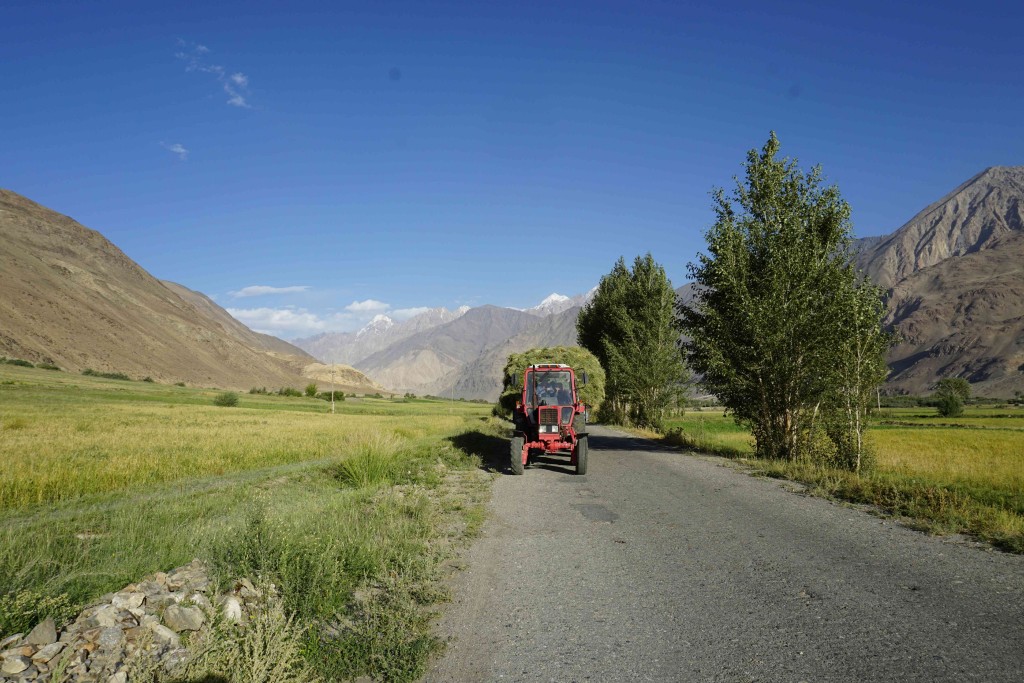
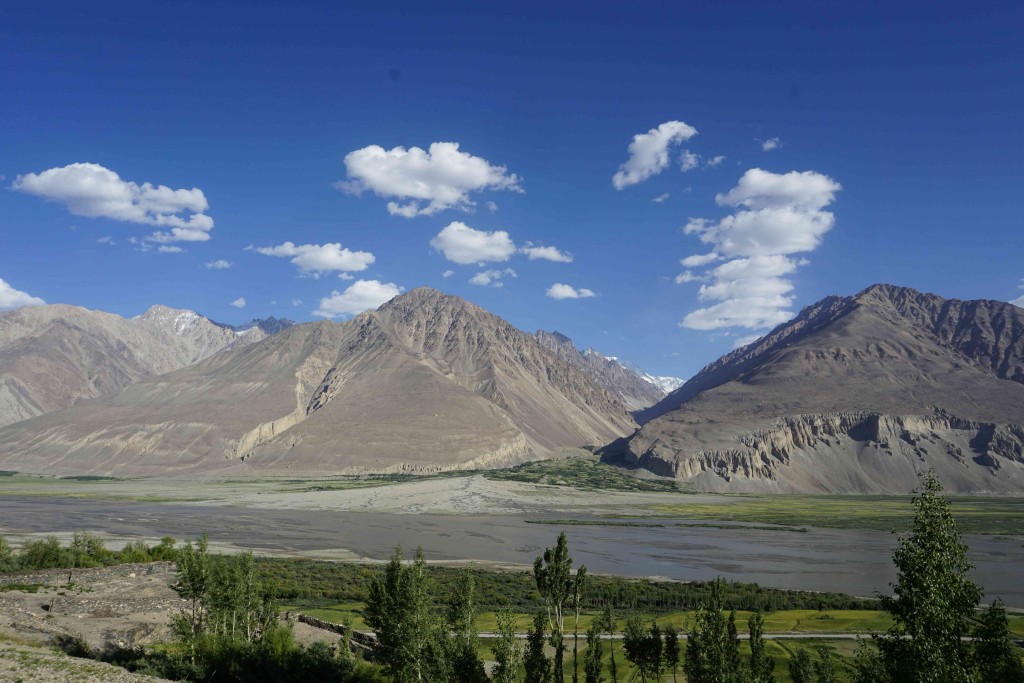
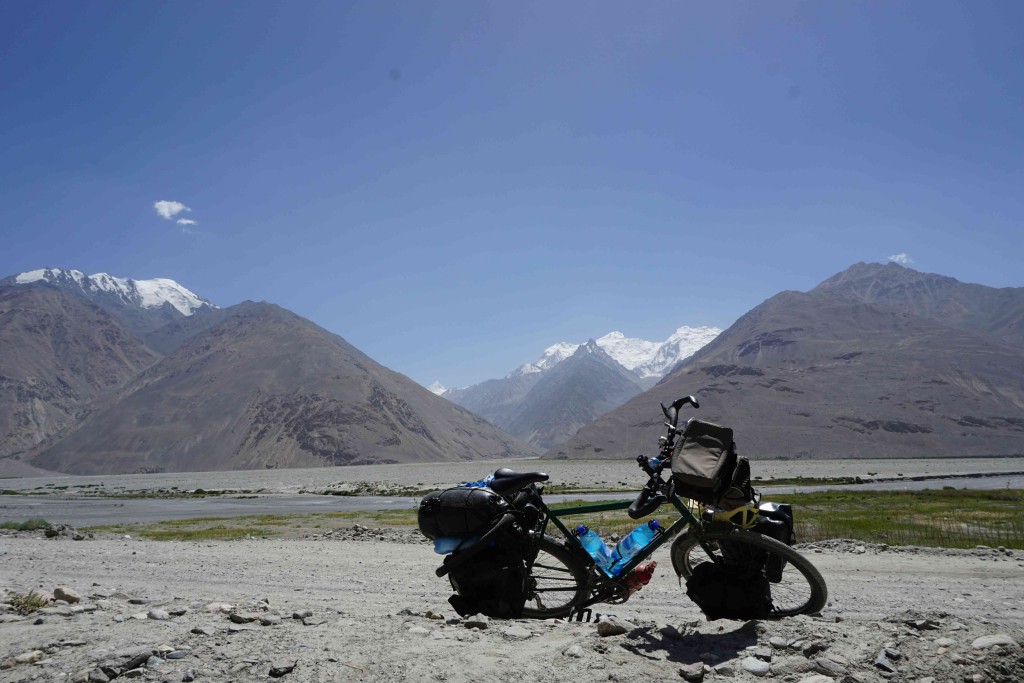
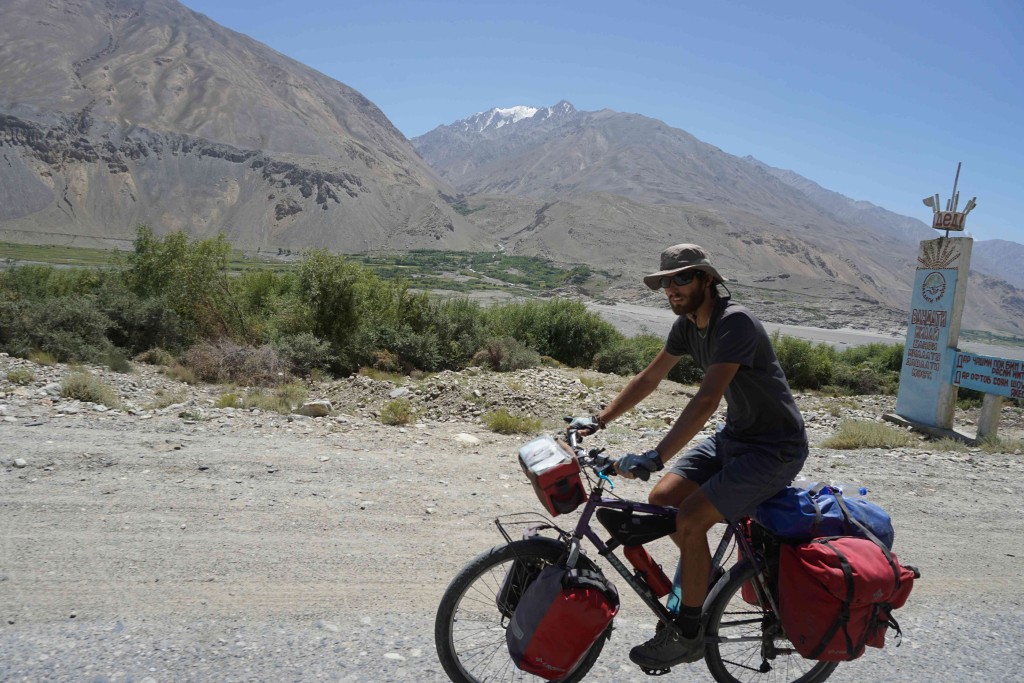
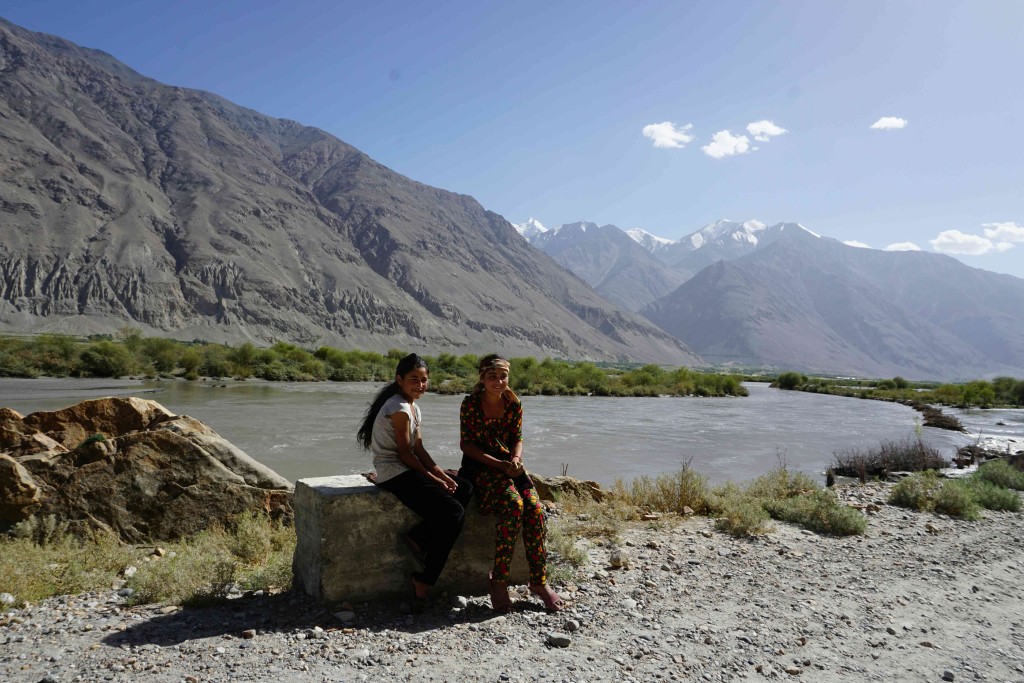
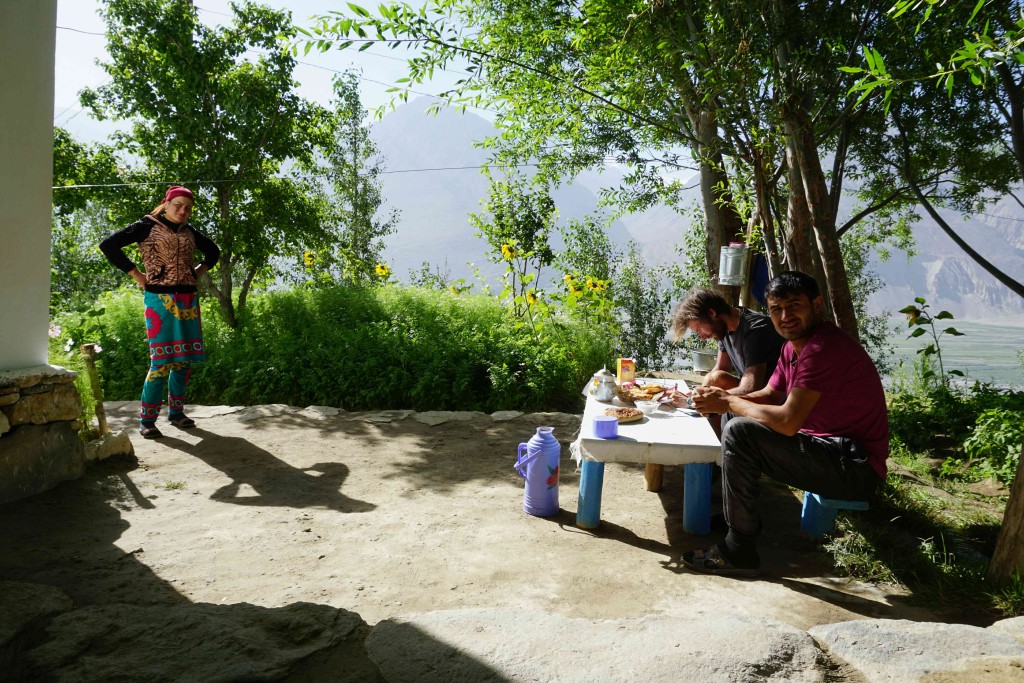
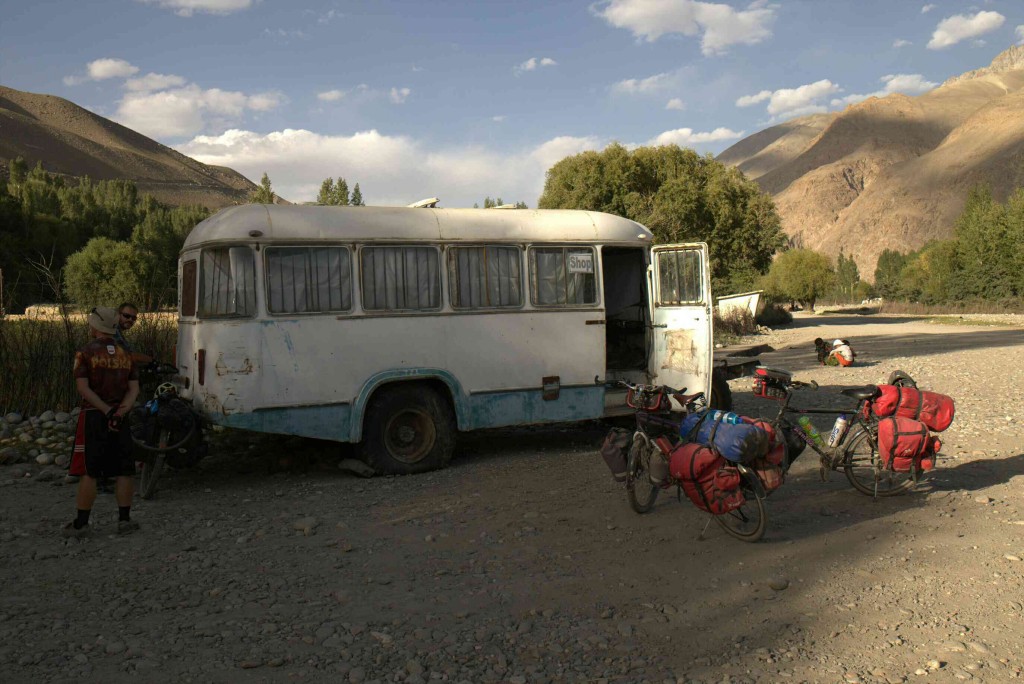
Never quite getting in synch with the Poles, I continued to wend my way up the Wakhan alone, happy to ride at my own pace, enjoying long breakfasts at beautiful riverside and lakeside campsites. Cresting the 4336m Khargush Pass I monitored my breathing and noticed that I never really got my breath back even after stopping for ten minutes on the final ascent, and on waking next morning my resting heart rate was about 50% faster than normal. I decided an easy day was in order to acclimatise further, so after rejoining the asphalt M41 Pamir Highway proper, I found a homestay (very basic B&B) in Alichur, where I also restocked essential food and fuel supplies (petrol syphoned out of a canister from the back of a helpful local’s car). There was a noticeable transition in the physiognomy of the local people once up on the plateau – much broader Central Asian faces, deep reddish-brown complexions from the continuous UV exposure at this altitude. In and around the villages the faintly acrid smell of burning dung was always in the air. Leaving Alichur next morning snowflakes were carried on the breeze, a wind that fortunately blew from the west and bore me merrily along the 110km to Murghab in a little under 5 hours. After Khorog, Murghab is the other main staging post on the Pamir Highway in Tajikistan. Coming through a week in the very rustic backwaters of the Wakhan I had harboured hopes of comforts and shops in Murghab, but the town was a scrappy uninspiring mess of a place, with very little in the shops. Life on the plateau is visibly tough even in summer; vegetables must be trucked in from more fertile parts of the country as there is no topsoil up high to grow anything.
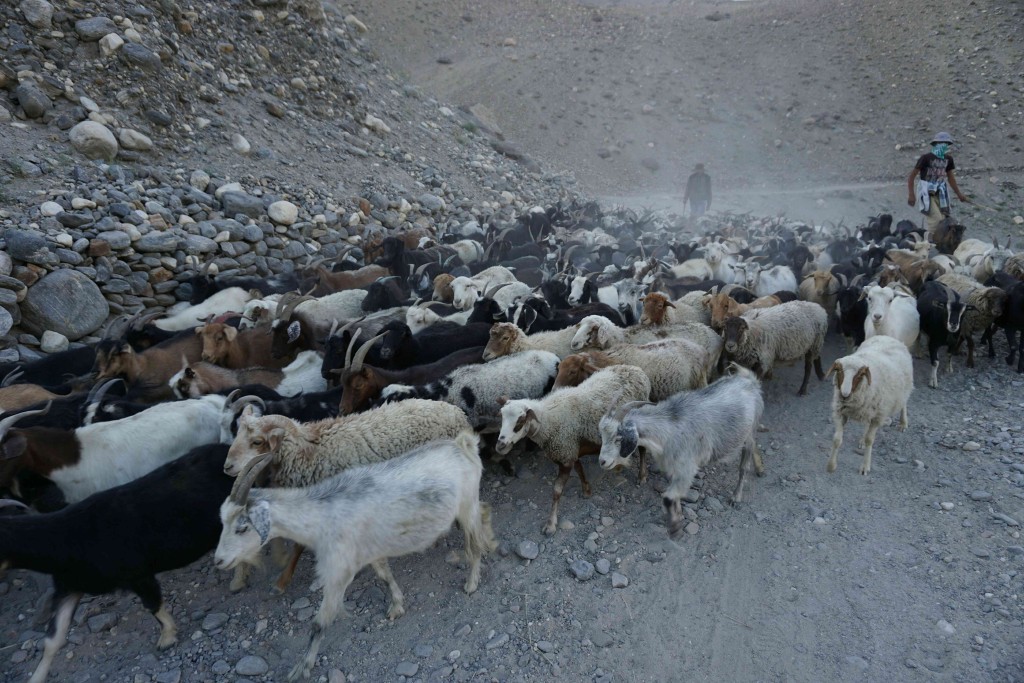

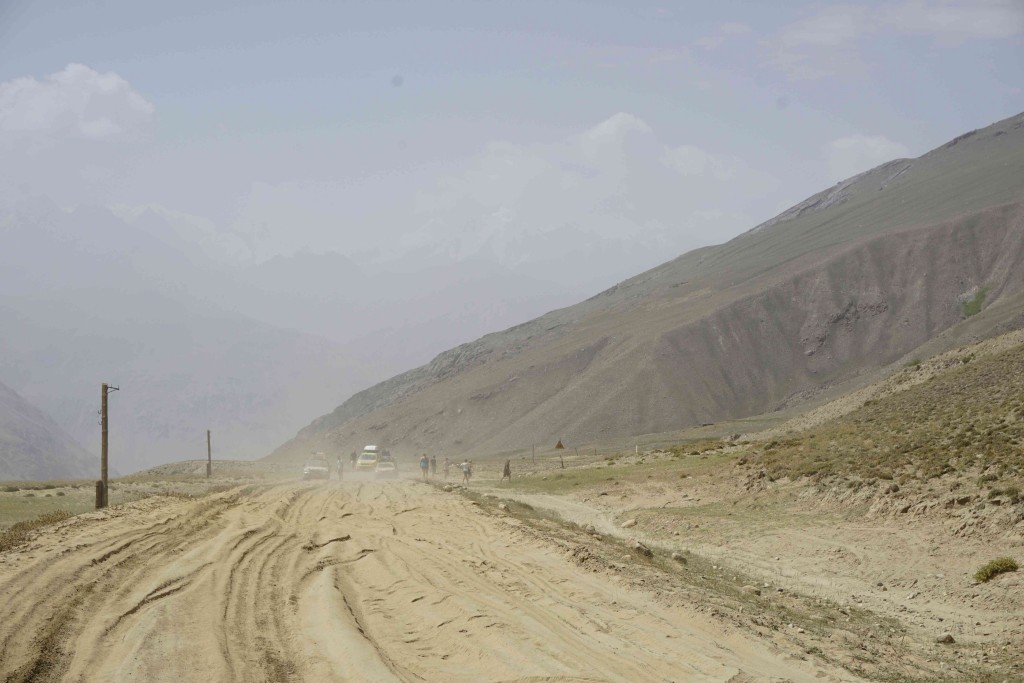
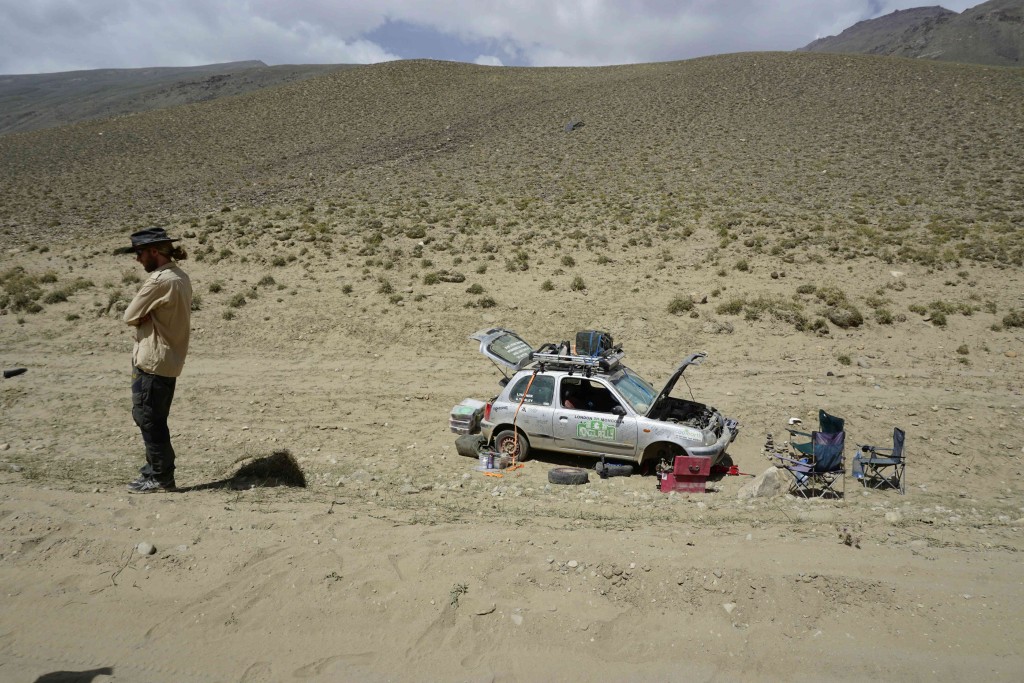
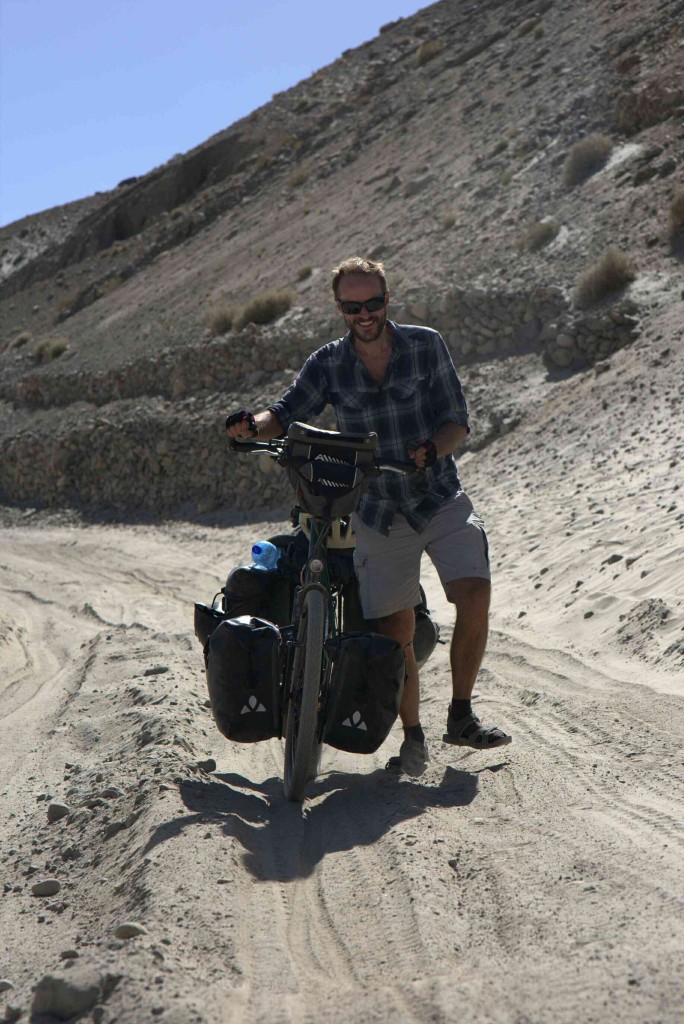
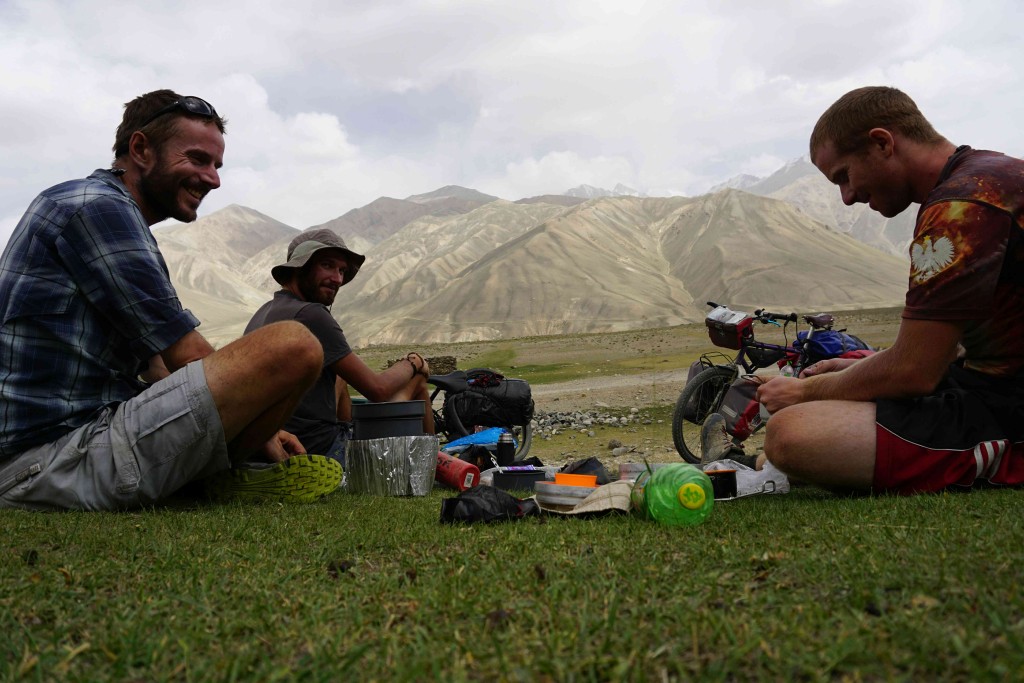
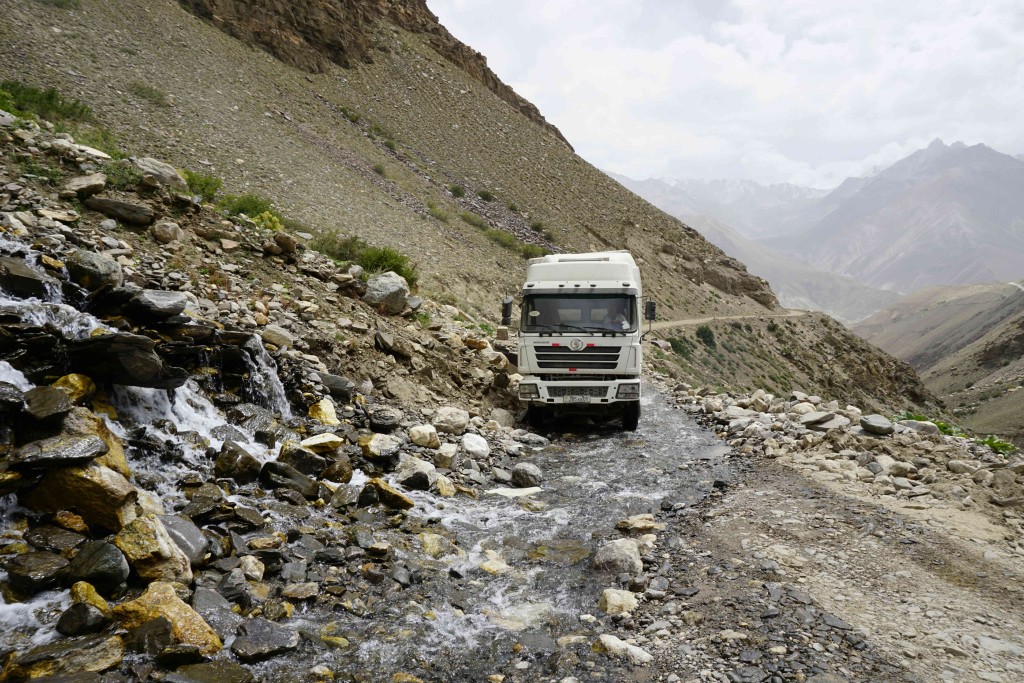
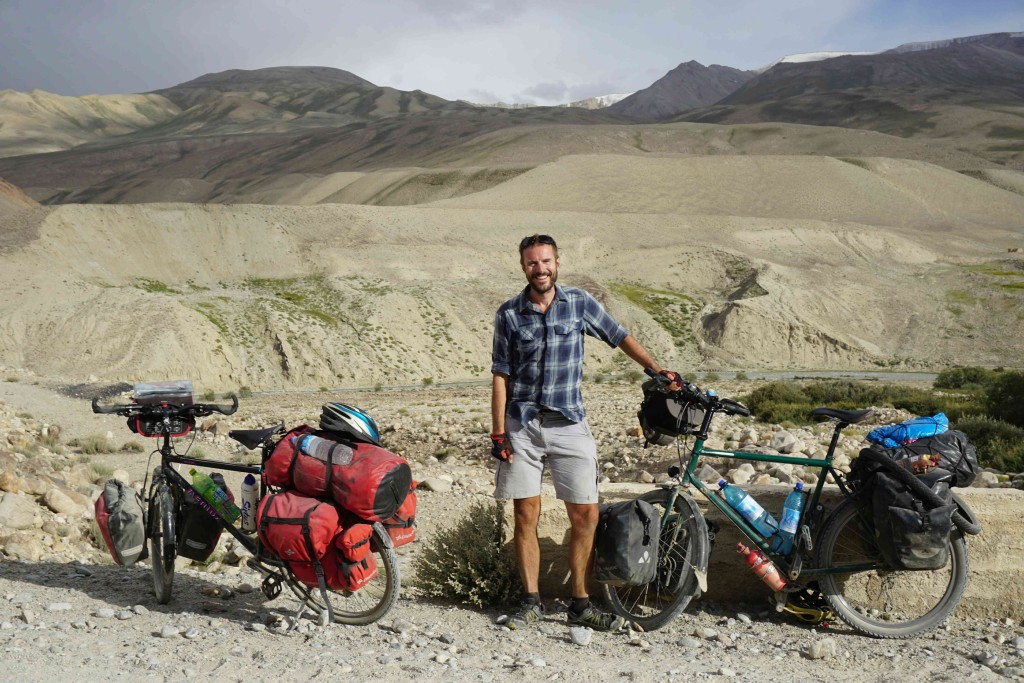
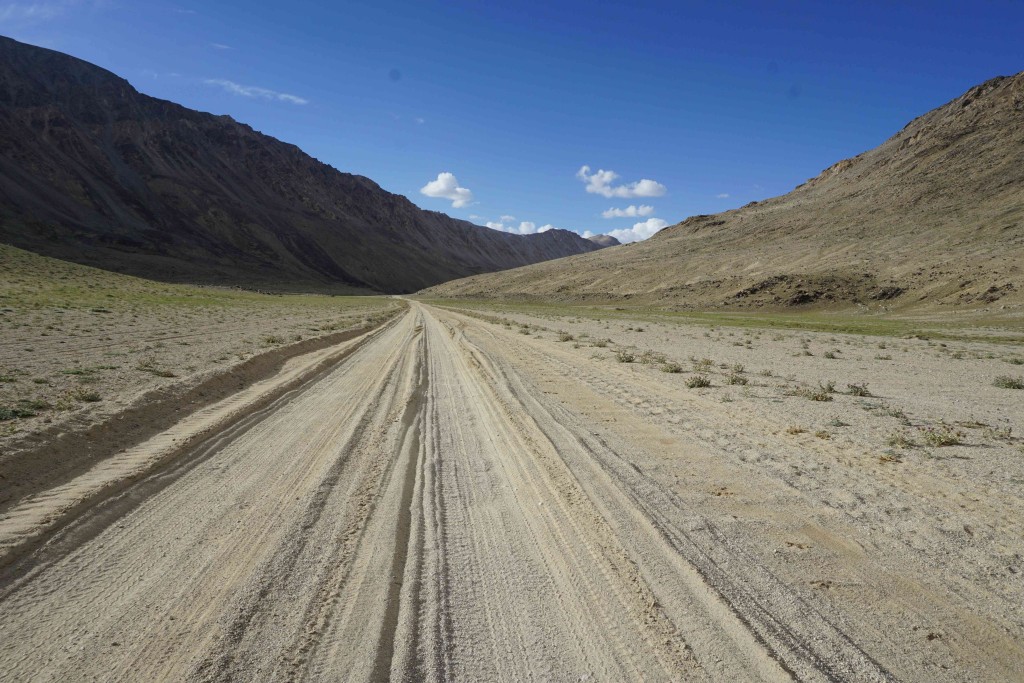
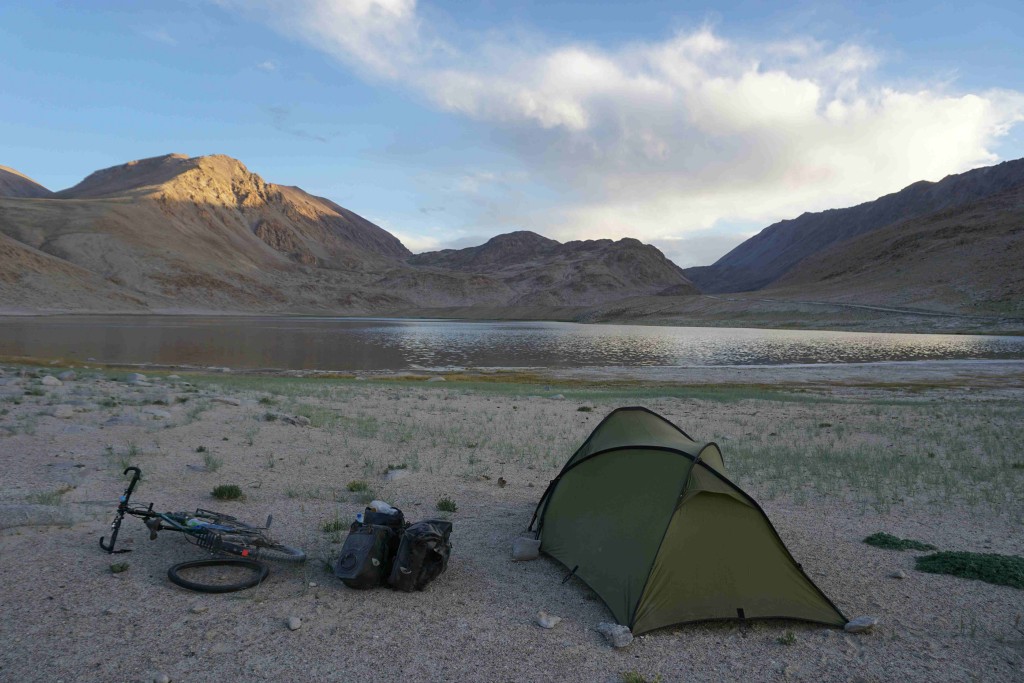
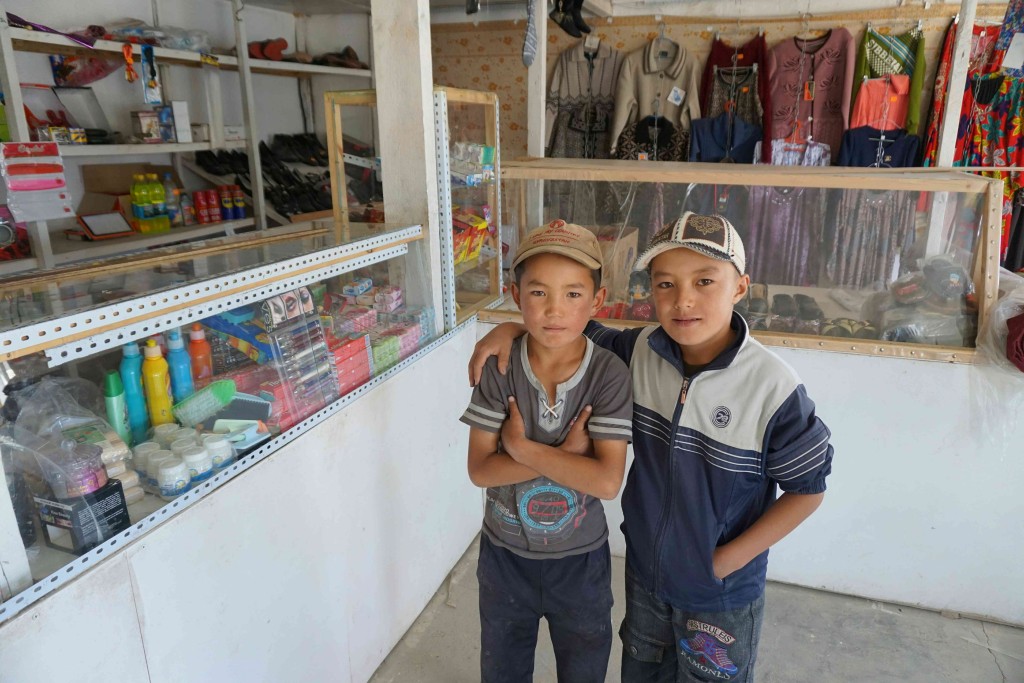
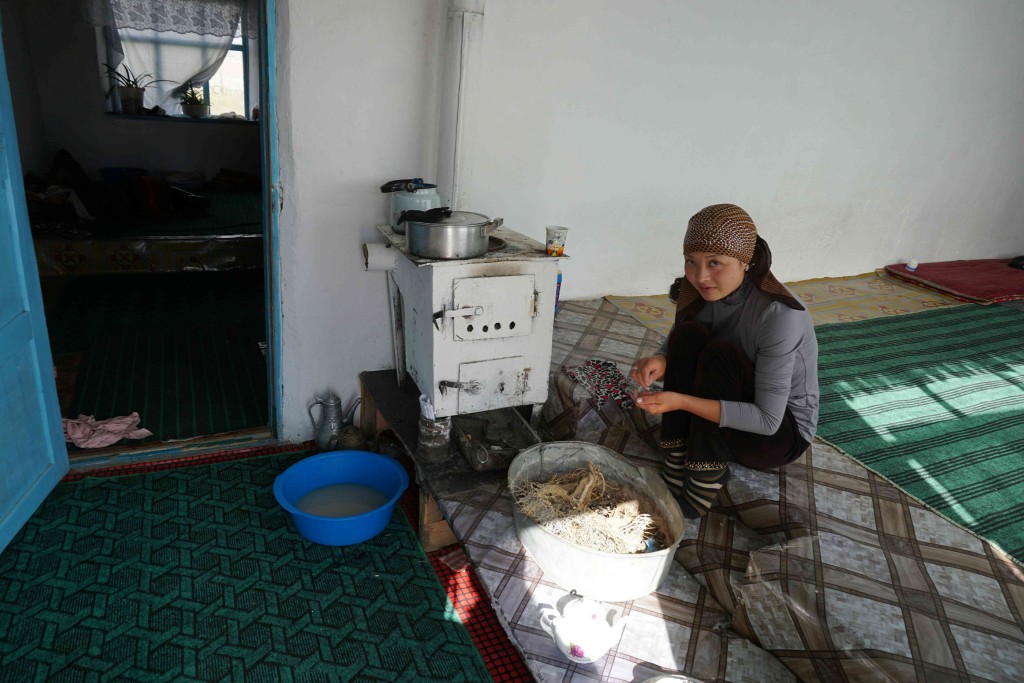
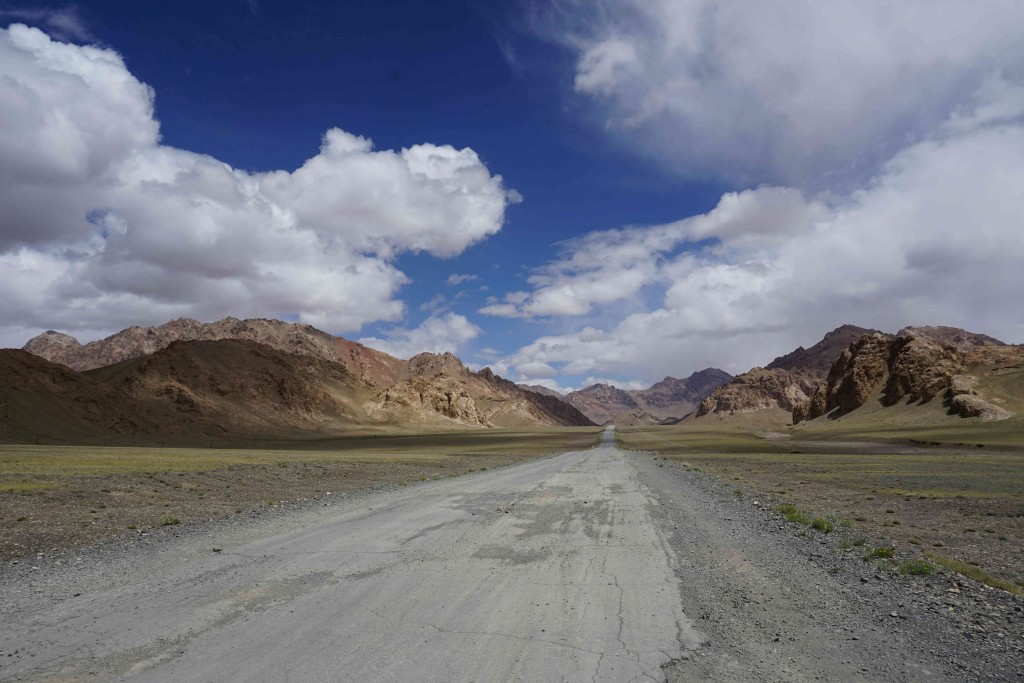
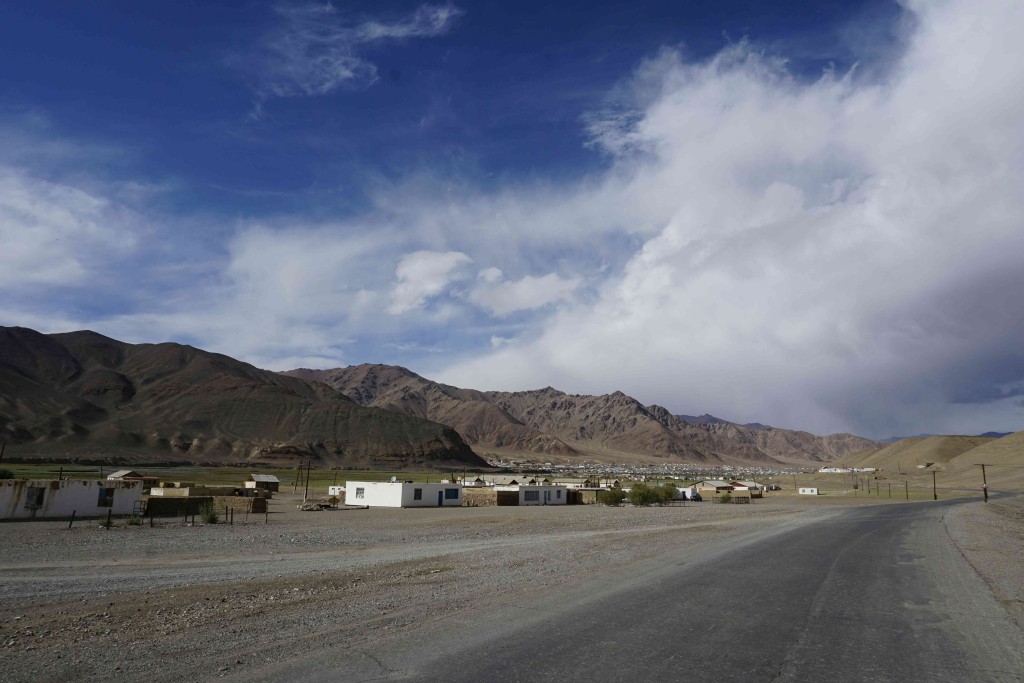
After my usual lazy start to the day I headed north out of Murghab for the final stage of the Pamir towards the border with Kyrgyzstan. Ahead of me lay the highest part of the highway, the 4657m Ak Baital Pass. With no particular schedule in mind I was trundling along idly wondering if I would get over the pass that day when I bumped into a young German cyclist heading down the hill who assured me that to summit the pass that same day was not possible. That settled it. There was no way I was having some fly-to-Kazakhstan dilletante tell me what is possible. Fairly smartly I cranked out most of the 65km to the top, stopping briefly for snacks and to fix a puncture. Late in the afternoon I rounded a bend and saw the nice gentle gradient kick up fiercely towards a notch in the mountains and realised that the last 5km was going to be a fighter. Right on cue, as the gradient steepened, the asphalt gave way to loose gravel and stones and the road switched back and forth up the mountainside. With the summit gap tantalisingly close, a fearful gale was by now howling down from the pass and I was forced to pause at one minute intervals to give my lungs time to supply more oxygen to my legs. Finally, at 7.20pm, I crested the pass, hurriedly donned hat, windproof and warm gloves and began the descent. The wind was now a polar jetstream peppered with hail and snow, scouring the exposed skin on my face and stripping the labels from my plastic water bottles in their cages. I had to get down to a safe altitude to camp out of this ferocious weather, and for about 30 minutes I descended in state of what I believe pyschologists call flow. I realised that I had no notion of where I was or why I was there, the single clear focus of my entire attention was simply not to lose control of the bike on the rough, wet gravel road. As darkness fell I escaped the danger zone, found a good stream to fill my water bottles and soon after a flat bit of land a couple of hundred metres from the road. I breathed a sigh of relief and started to giggle. Lying in my tent waiting for the pasta to cook, the petrol stove taking an age to boil water at 4200m, an almost full moon rose from behind snowy peaks to illuminate the broad frozen valley that was my home for the night. The suddenness and severity of the cold on the pass had given me a bit of a scare – more of a wake up call, perhaps – but the exhilaration was terrific.
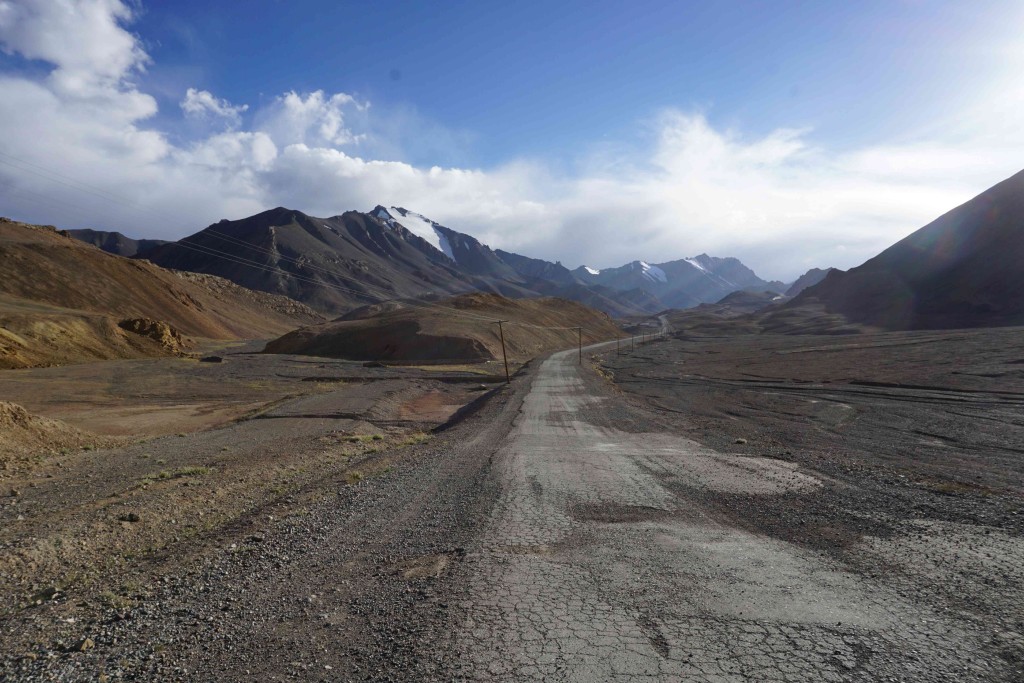
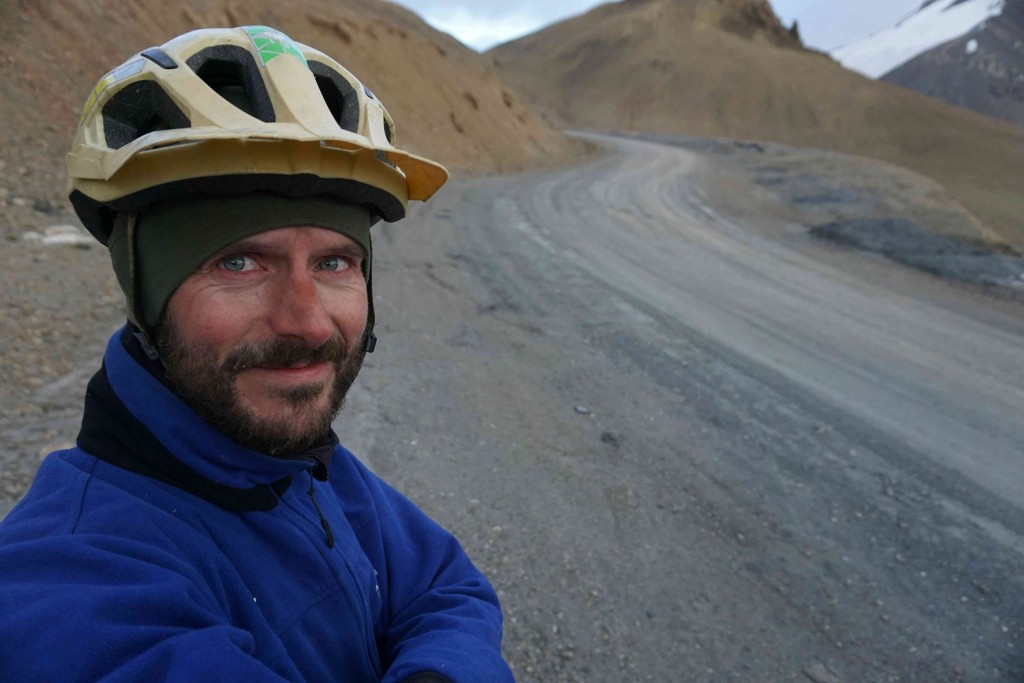
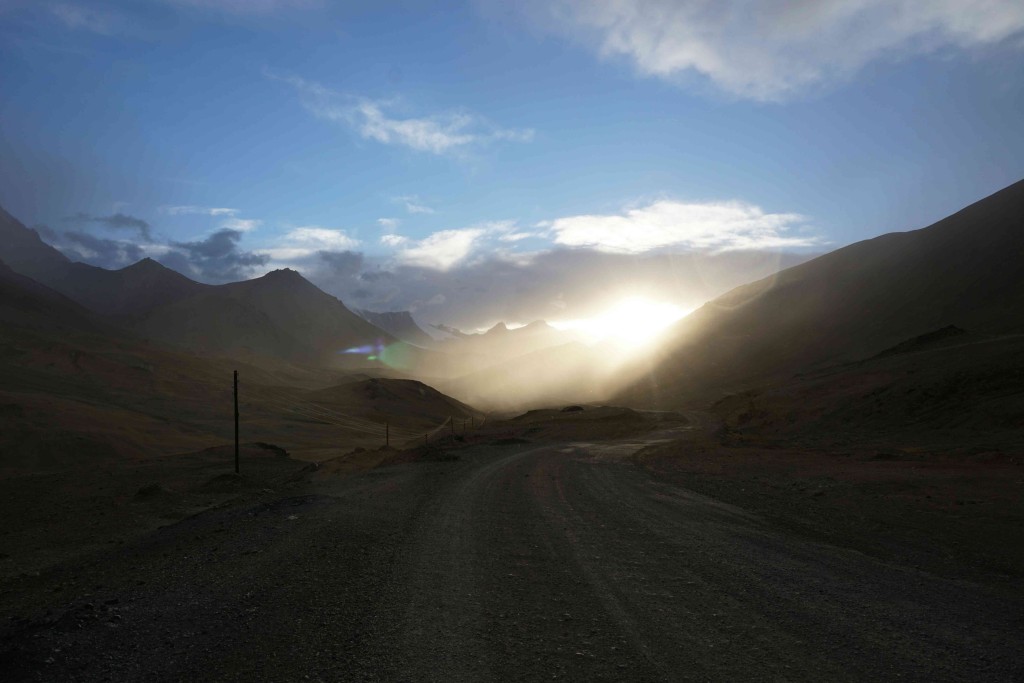
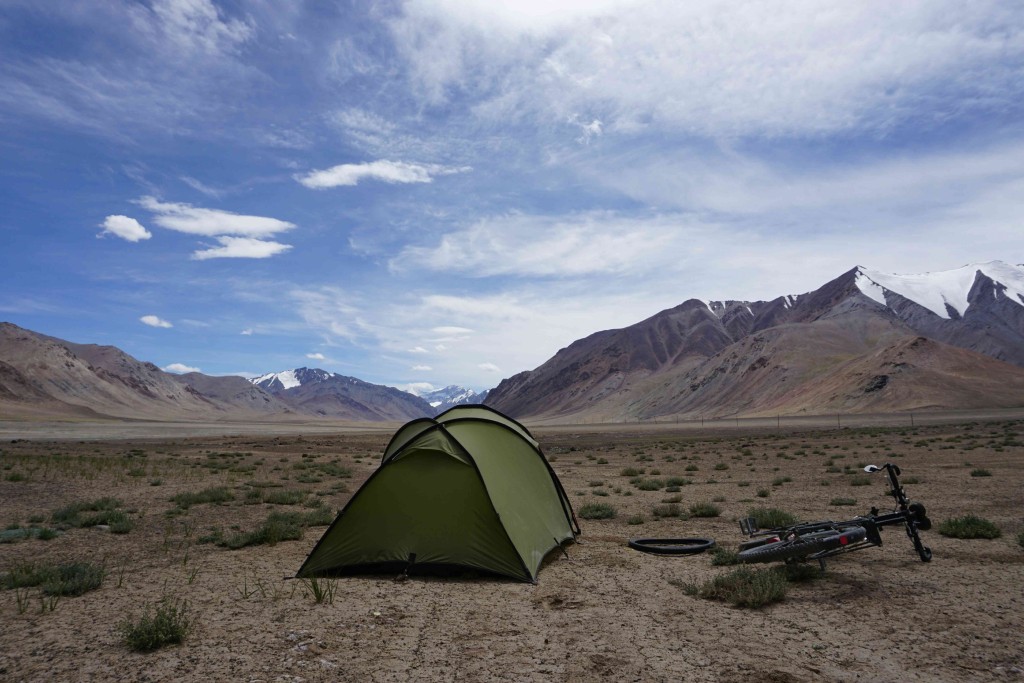
With the Ak Baital pass in the bag I felt like the hardest work of the Pamir Highway was behind me. I lingered in camp until mid-afternoon, reflecting on how I had got to this beautiful but austere spot. The short days through winter in England and France. Early spring in Italy and the Dalmatian coast to Greece. The great sweep of Turkey and the Caucasus and high summer in the deserts of the western Stans. Always focused on getting to the Pamir. And here I was. Was it worth the effort? Without a doubt. Was it what I expected? Well, yes and no. Yes, beautiful and photogenic, at times suprising in its harshness and unforgiving character, but not, by and large, gruelling in the way I had feared while I repeatedly recuperated en route from the Tajik border (partly in comparison to the awful exertion of riding up to the Bibi Fatima hotsprings at the end of a long day’s ride already – everything else was a doddle after that). I was still a long way from being out of the woods, or indeed the mountains, but having gained the high point of this part of the Asian road network I now needed a new goal, a new objective to make sense of my daily routine of pedalling and camping. I didn’t have to look far. As I eased down the road towards Karakol, a rather severe looking fence barred access to the 10km strip of no-man’s land between Tajikistan and China to the east. So close, as the cliche goes, but so far away: I would have to ride over 1000km north to Bishkek, the Kyrgyz capital, to obtain a visa to gain entry that vast and mysterious wilderness to my right.
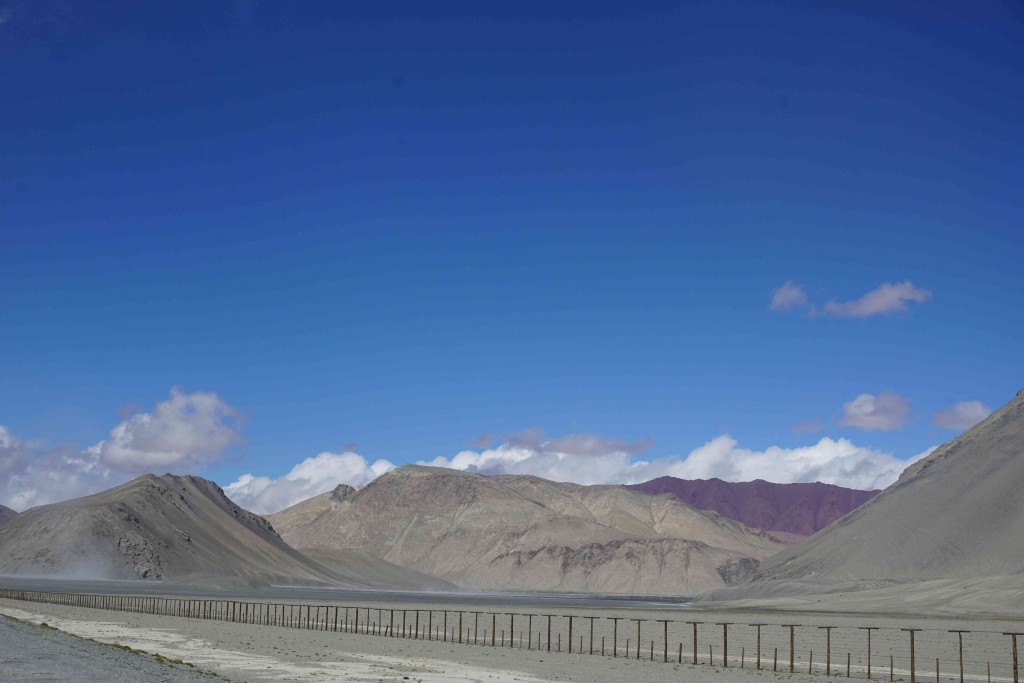
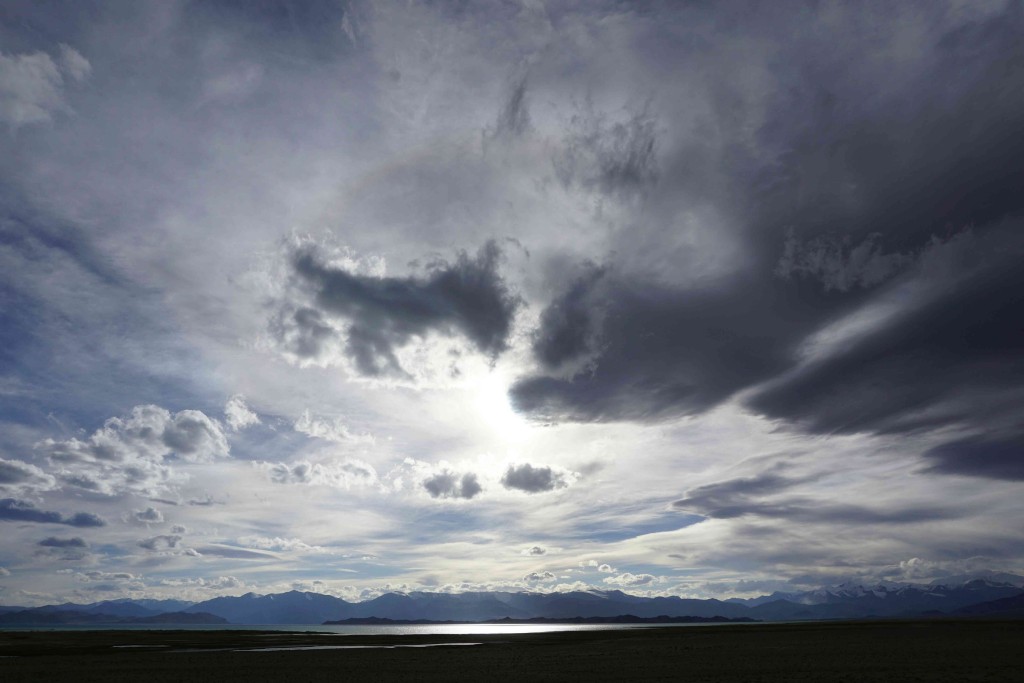
Two more 4000m+ passes in quick succession led to the Tajik border, whereupon followed a fantastically rough but stupendously scenic descent down the Kizil Art pass, through 25km of no-man’s land to the Kyrgyz border control. Kyrgyzstan is the most laid-back of the Central Asian countries, visa free for 60 days and no registration requirements. Quickly through the border post I descended towards Sary Tash at dusk, against the backdrop of the highest peaks of the Pamir range, snow bound Pik Lenin and its brethren. Sary Tash turned out to be another Murghab, disappointing in its primitiveness considering its position on the intersection of two main trans-continental routes, so next morning I pressed on towards Osh, the second city of Kyrgyzstan, where I resolved to rest and feed up to recover from the exertion of the last couple of weeks. While the Pamir of Tajikistan had loomed large in my plans for over a year, what I hadn’t counted on was how much more mountainous Kyrgyzstan is; the M41 from Sary Tash to Bishkek rises and plunges repeatedly, racking up a colossal 10,000m cumulative ascent in a little over 800km. On the first pass after Sary Tash I was lucky enough to be passed very slowly by a coal-truck, the co-driver of which leaned out the window and exhorted me to grab hold. Truck-surfing was something I had seen others do, but I’d never felt the need or had much opportunity until this point. Mindful of the efforts to come, I grabbed hold with my left hand and hung on for my life. The pass was a double peaker, and after I’d passed the lumbering truck on the way down, it came up behind again for the second climb, giving me another tow and adding another 5cm to my left arm.
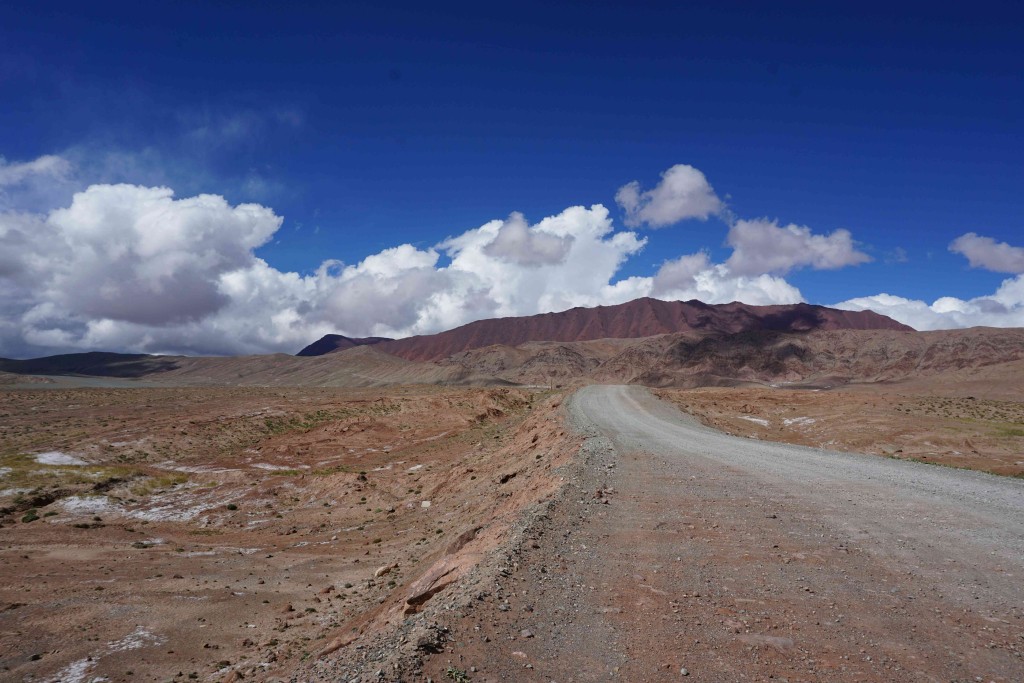

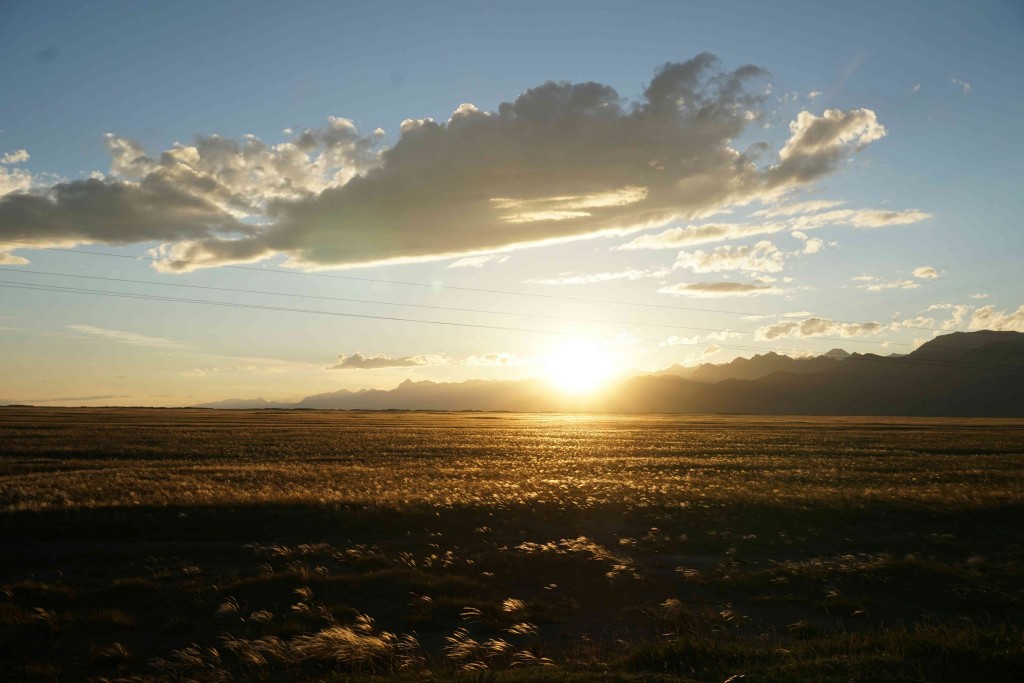
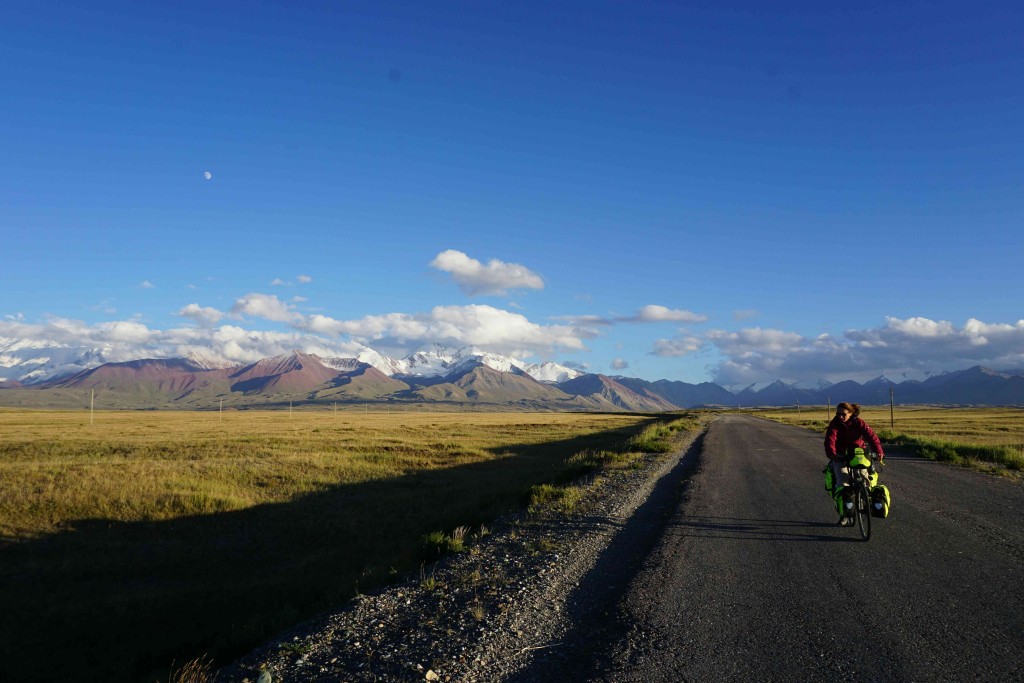
In Osh I found a half-decent hotel and set about filling my face with pizza, veggie somsas, coffee, beer, all the things I had craved during my weeks in the mountains. A planned two day respite slipped to six indulgent days in Osh, while I caught up with other cyclists in town and wandered the labyrinthine bazaar, bigger than a small town in its own right. It’s always alarming how quickly new habits form when I stop for more than a couple of days somewhere, and in Osh it was no different. I was soon a familiar face at the cafes and street vendors around the city centre, and their proprietors got to know ‘my usual’. Not that familiarity softened the faces of the redoubtable matrons who ran the Hotel DeLuxe where I stayed, not once did I manage raise a smile from any of them, although they were civil enough and allowed me to clean my bike in the yard. After having no option but to pay for accommdation in the Silk Road oases of Uzbekistan and in the towns of Tajikistan, I was keen to make use of the Couchsurfing and Warmshowers networks, which are better established in Kyrgyzstan.
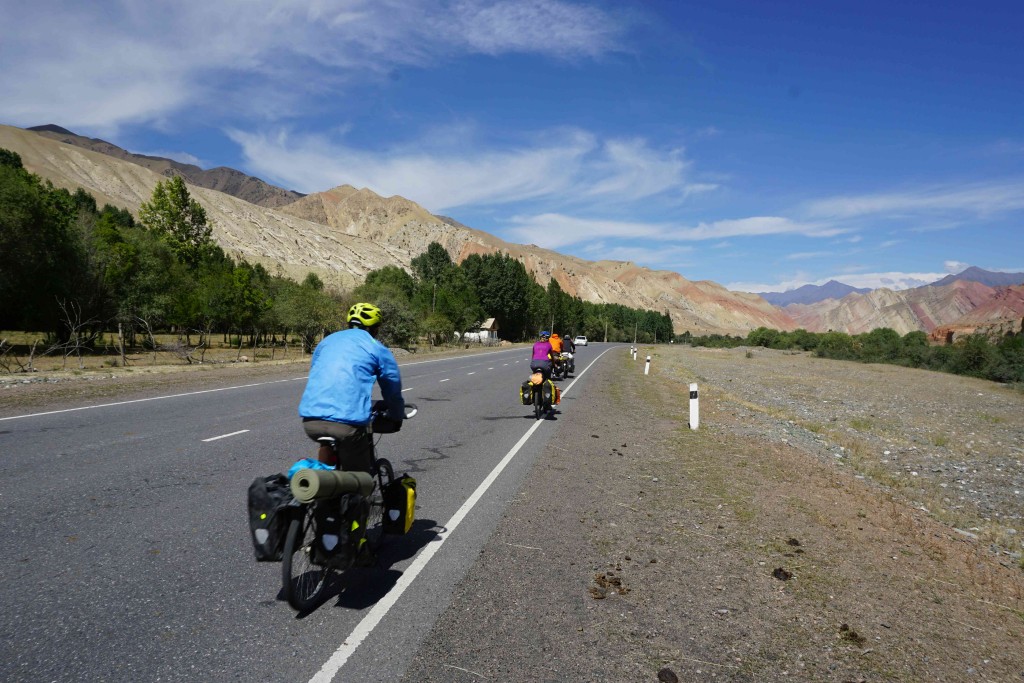
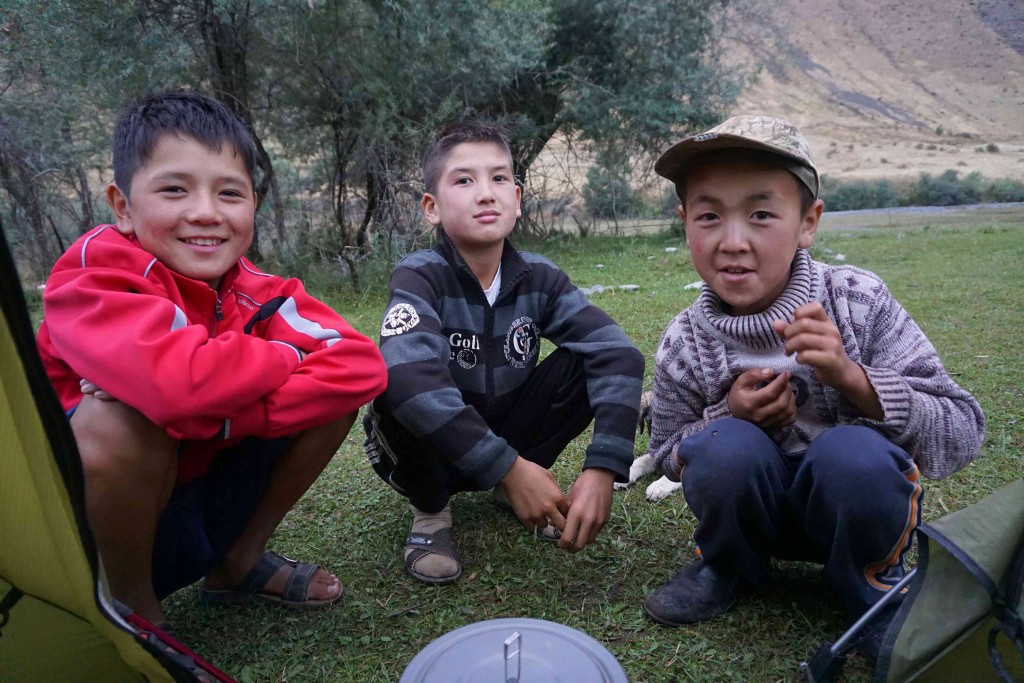
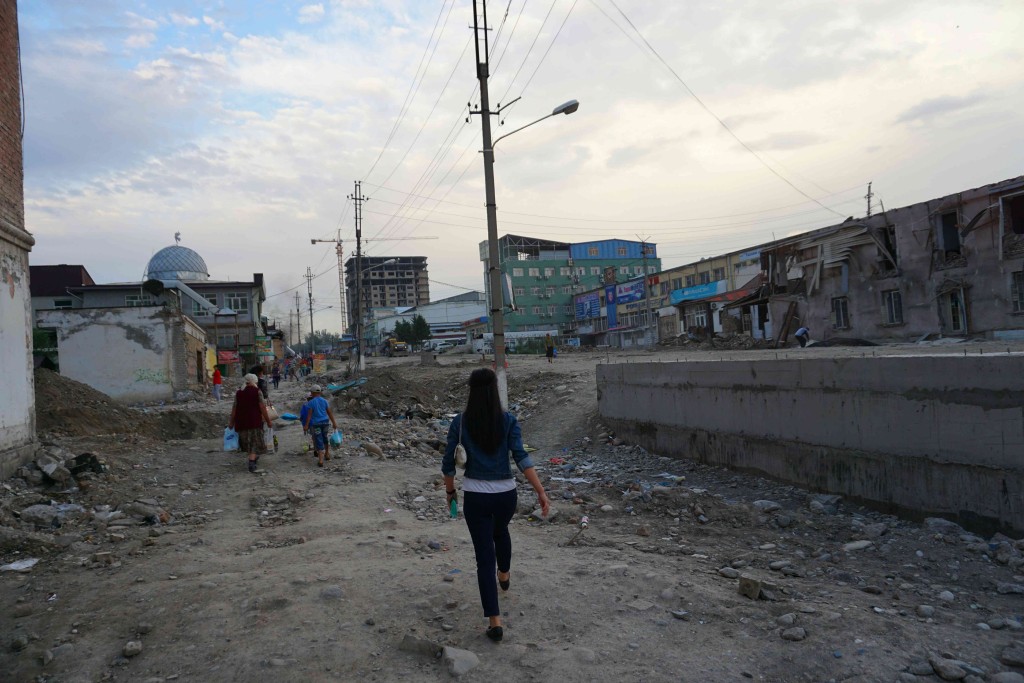
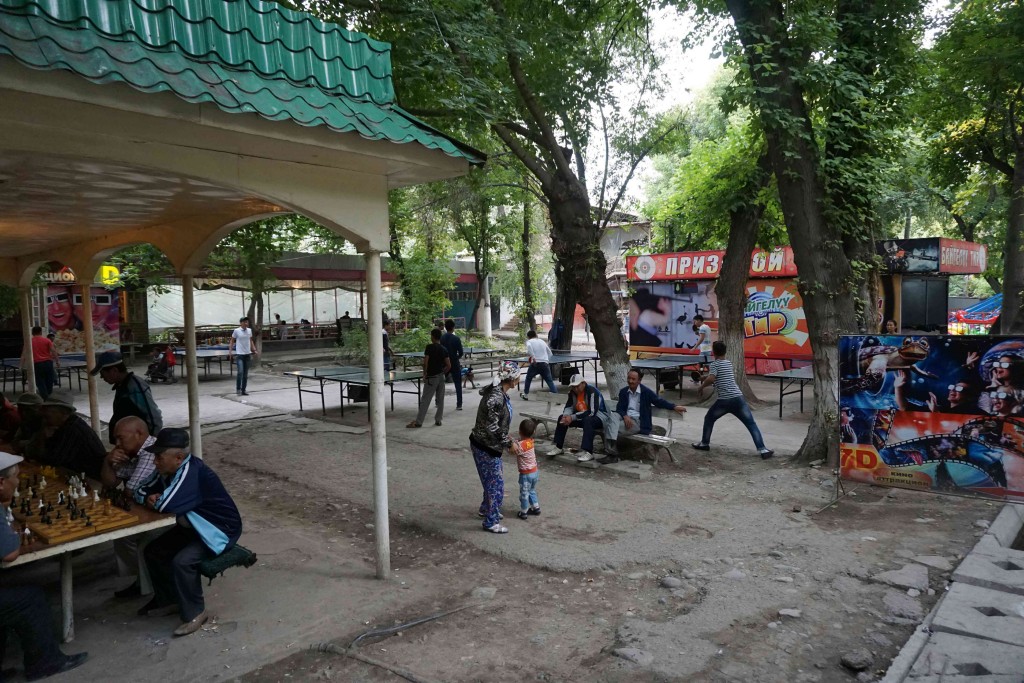

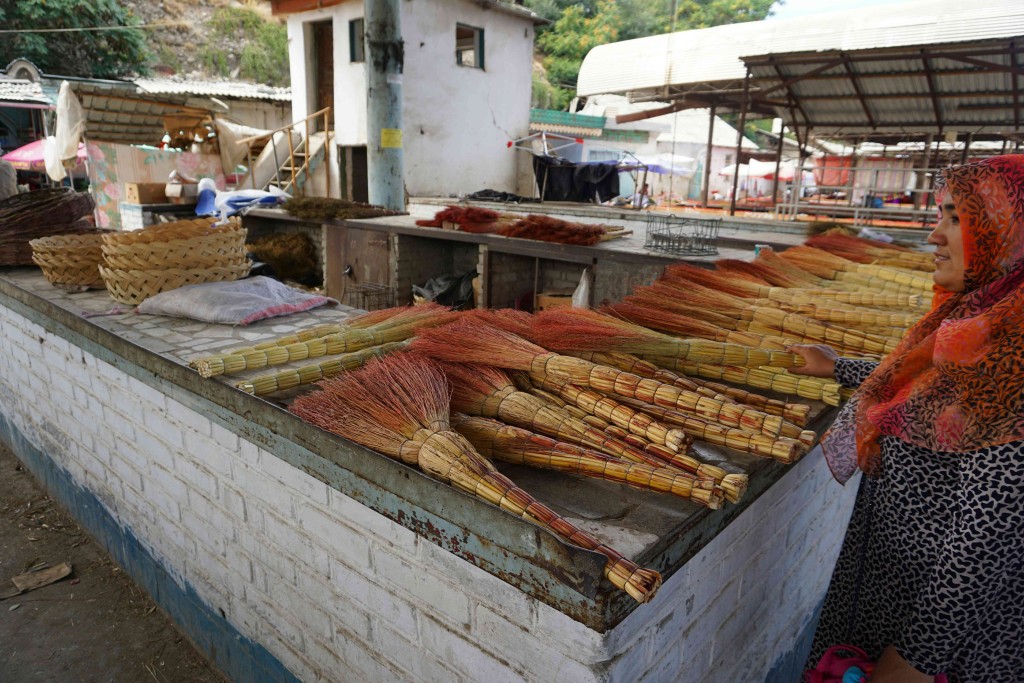
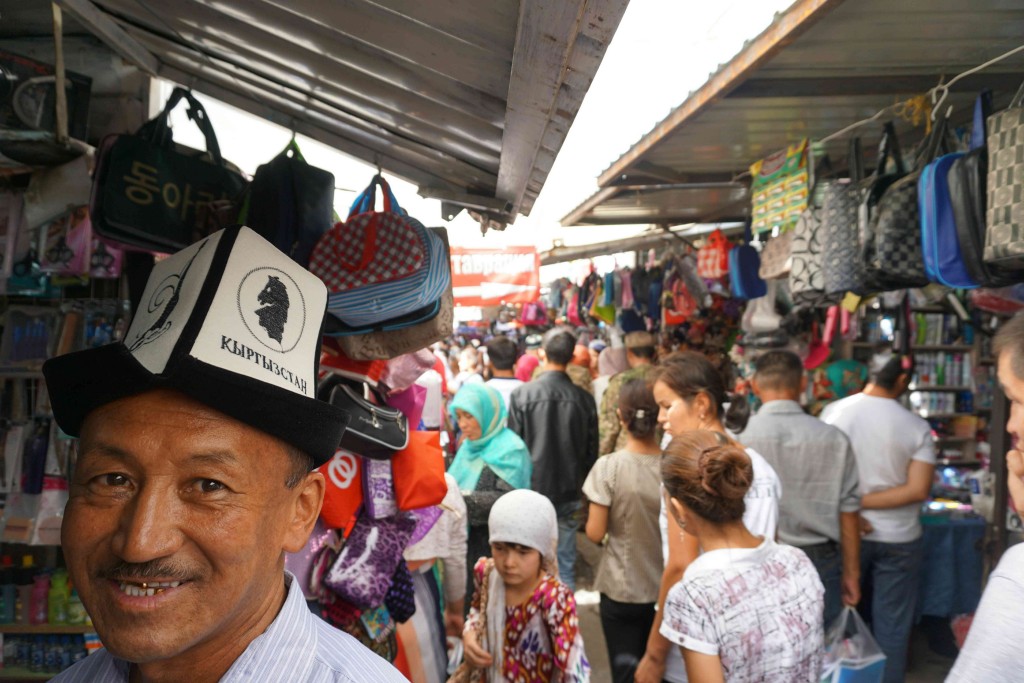
With a few offers of accommodation lined up in Bishkek, I rode the rollercoaster M41 north through deep defiles leading to the high pastures of the nomadic Kyrgyz horse farmers. Good asphalt and the weeks of altitude training in the Pamir allowed me to make surprisingly short work of a 2000m climb over the Ala Bel pass in around seven hours. That night I camped amongst yurts where ruddy-faced babushkas sold fermented mare’s milk (kumys) and hard, bitter cheese balls (kurut) – both revolting. Up here at around 2500m the summer was already over – the ground was frozen solid by morning and frost covered my tent – and my mind turned to the probable conditions in Central China in October.
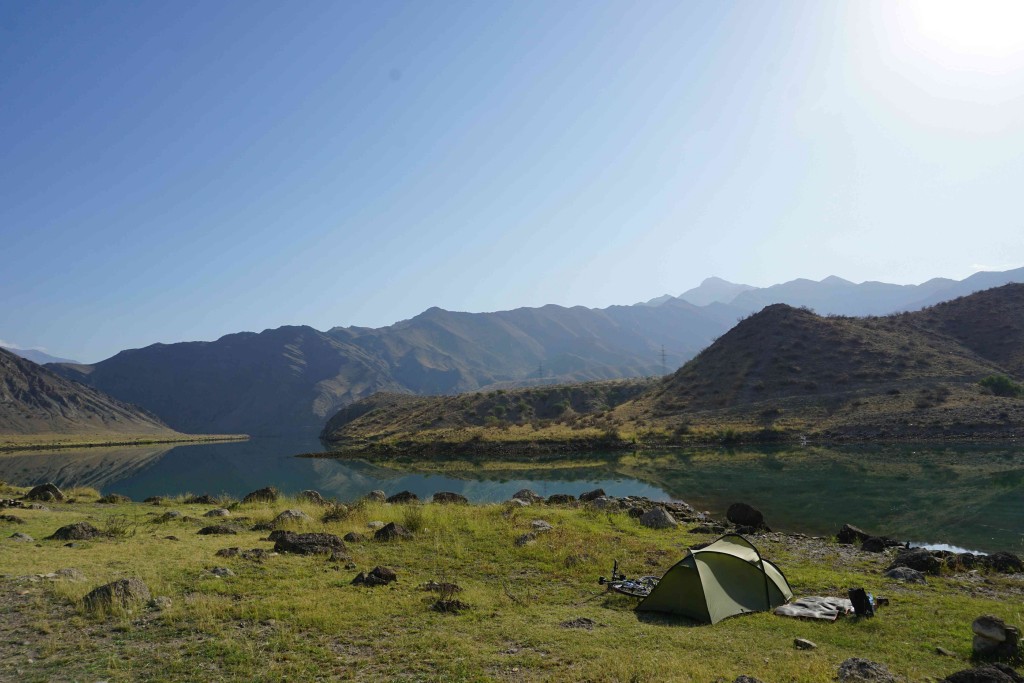
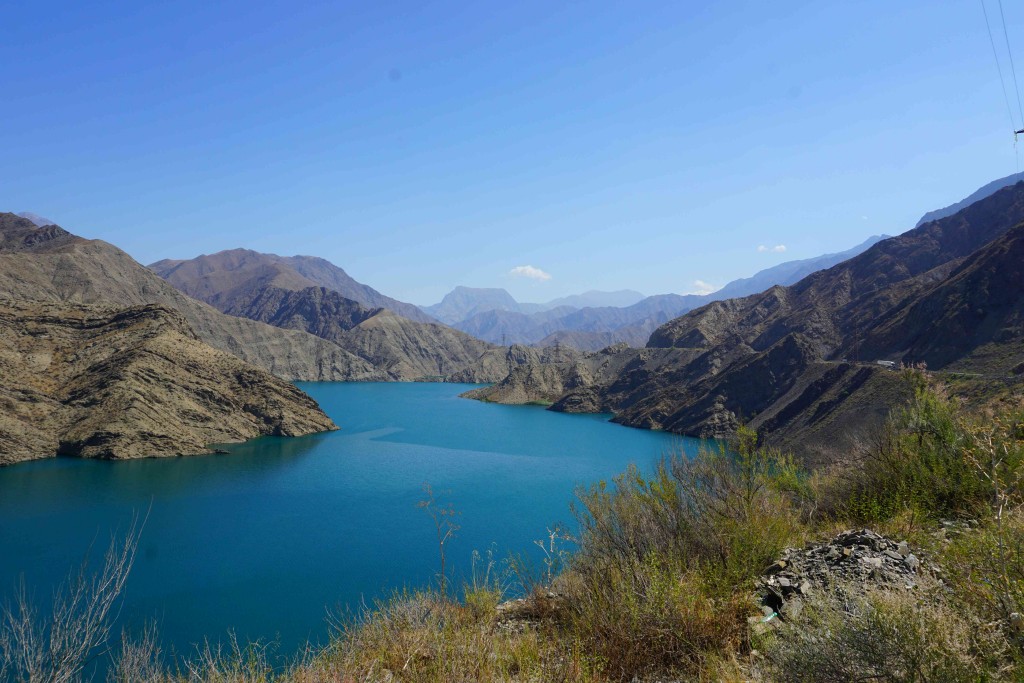
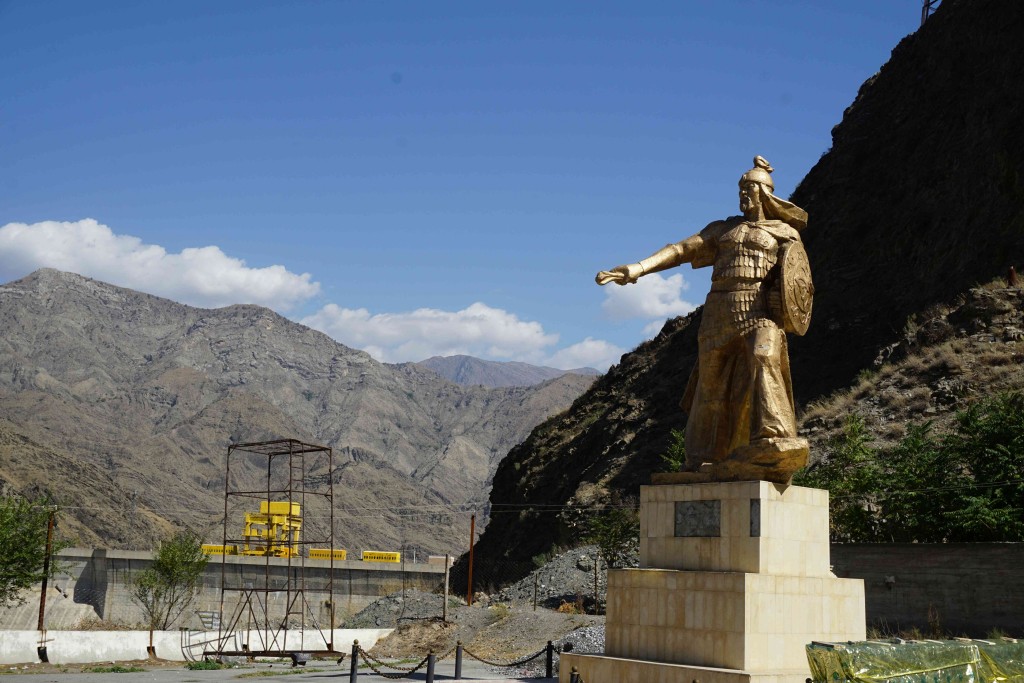
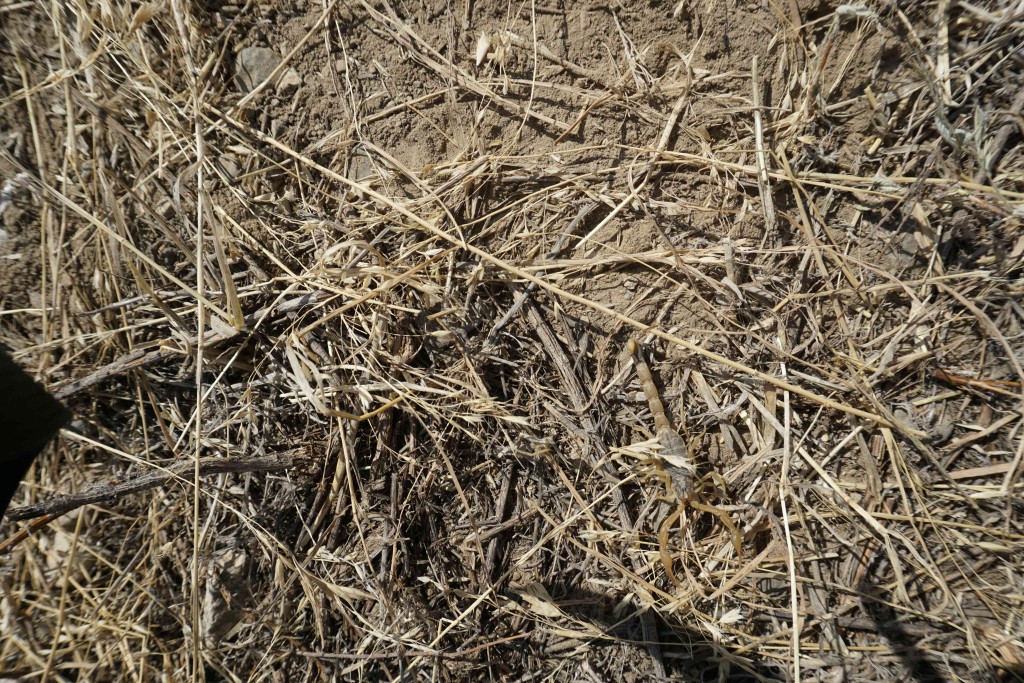
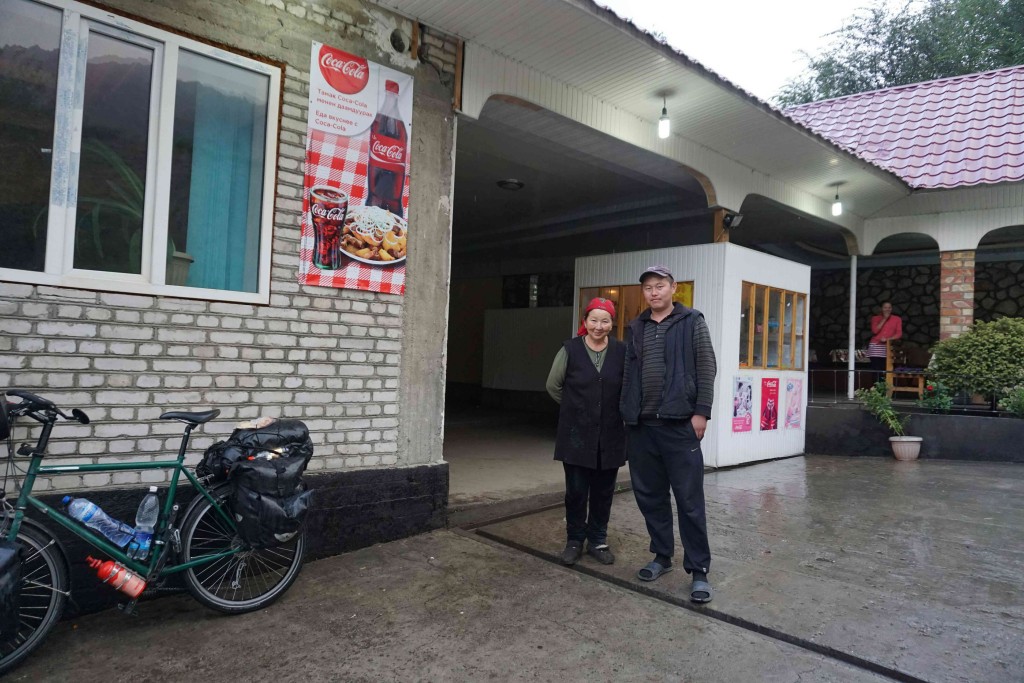
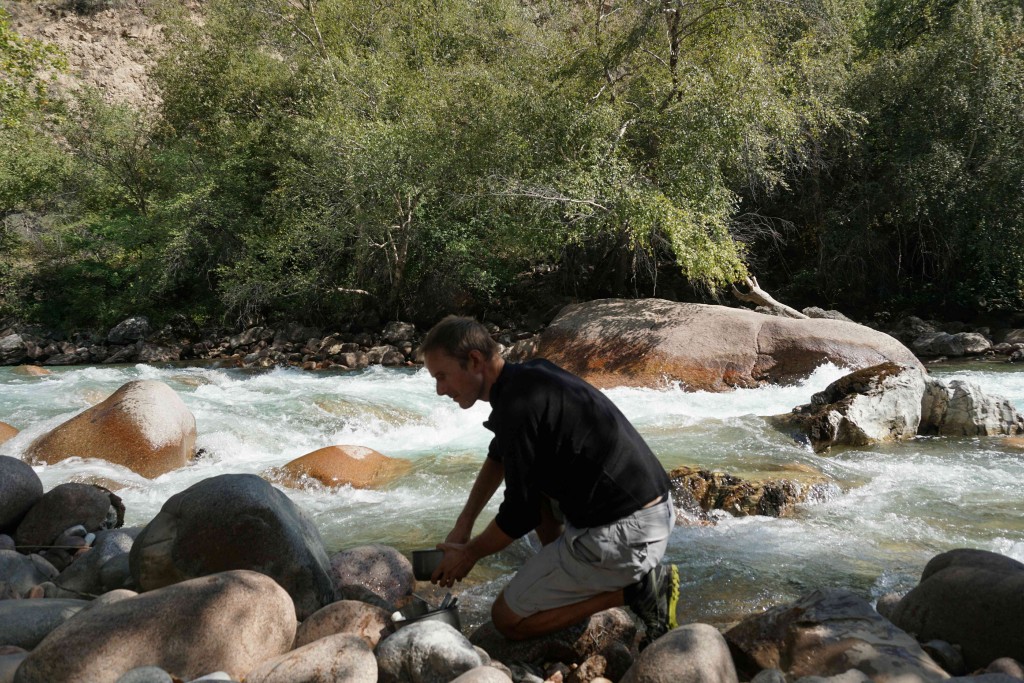
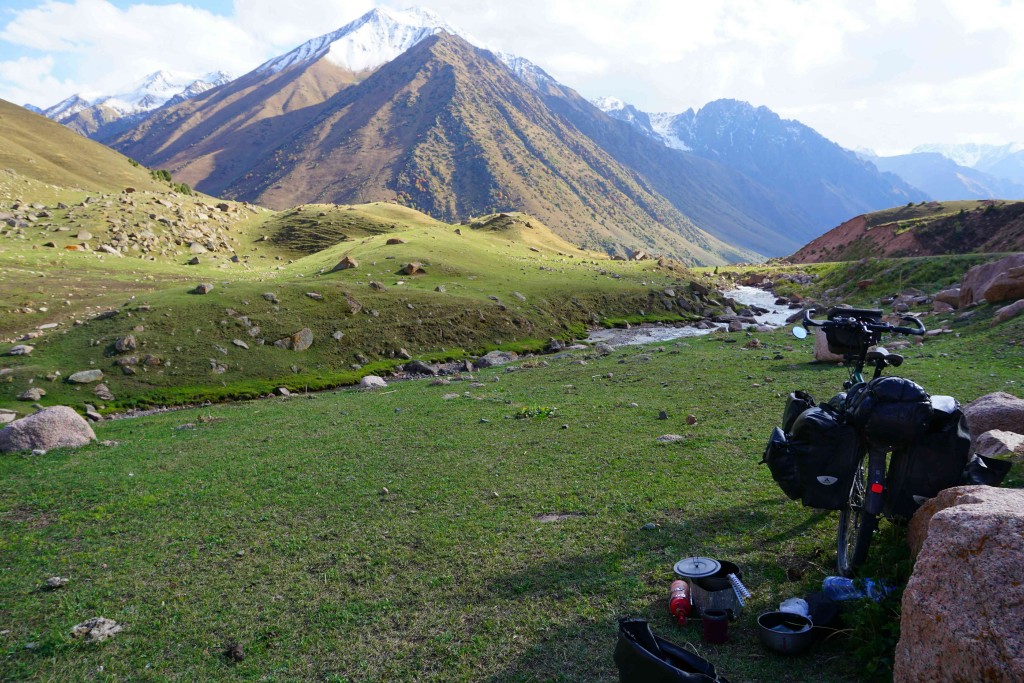
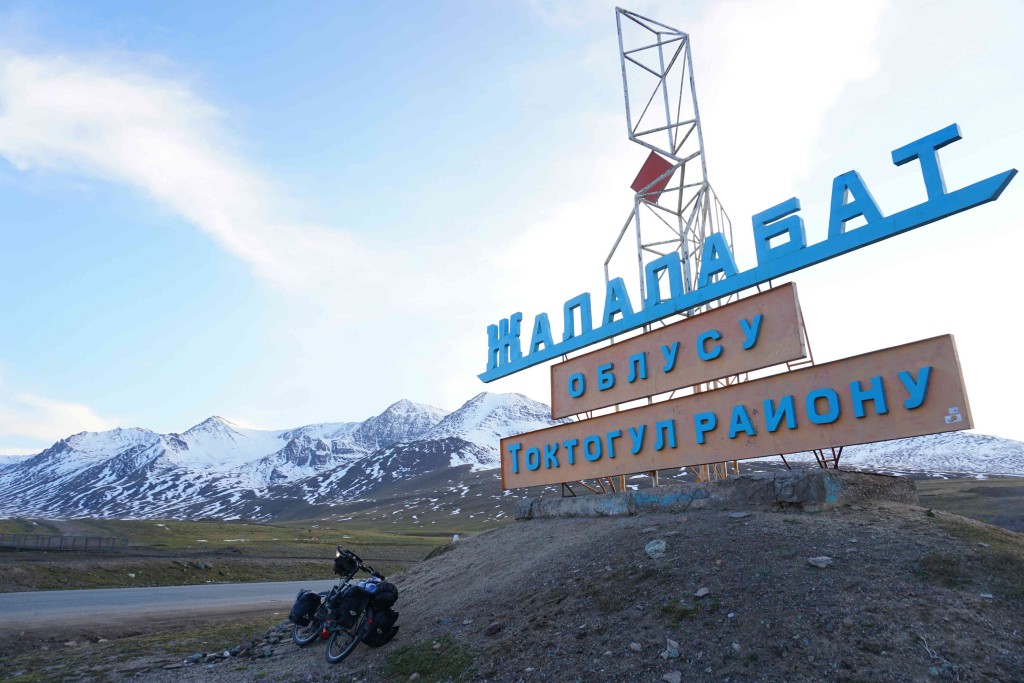
Another zipwire of a descent, 2000m over 30km, from the Ala Too (Tien Shan) mountains placed me within what should have been an easy half day ride to Bishkek. No more hills, passable asphalt and well stocked shops to supply all the calories I needed. But as I passed through Kara Balta, the traffic grew increasingly hostile, to the point where I found myself several times on the verge of an actual road rage incident. While the Kyrgyz are amongst the friendliest, most hospitable people I have ever met, behind the wheel of an automobile they are without question the most dangerous drivers I have encountered anywhere. An unhappy mix of left and right hand drive cars, untrained drivers (you can just buy a driving licence), rampant heavy drinking and little experience of sharing the road with cyclists make Kyrgyzstan’s roads an open battle ground. I lost count of the number of times I was run off the road by on-coming vehicles overtaking straight into my path. Kyrgyzstan is not a place for the faint-hearted cyclist.
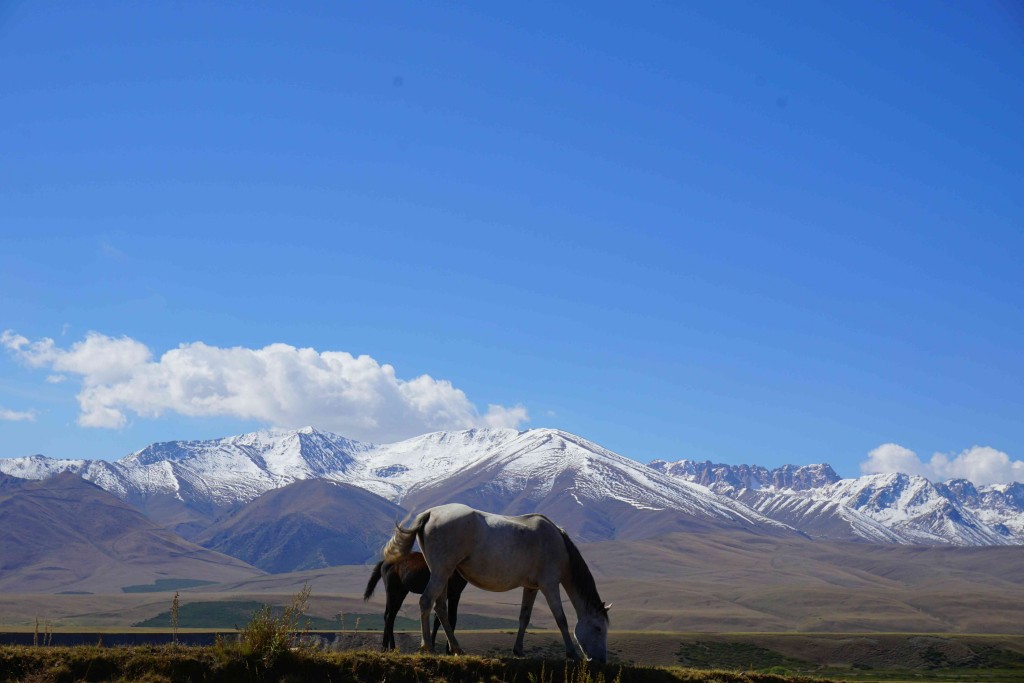

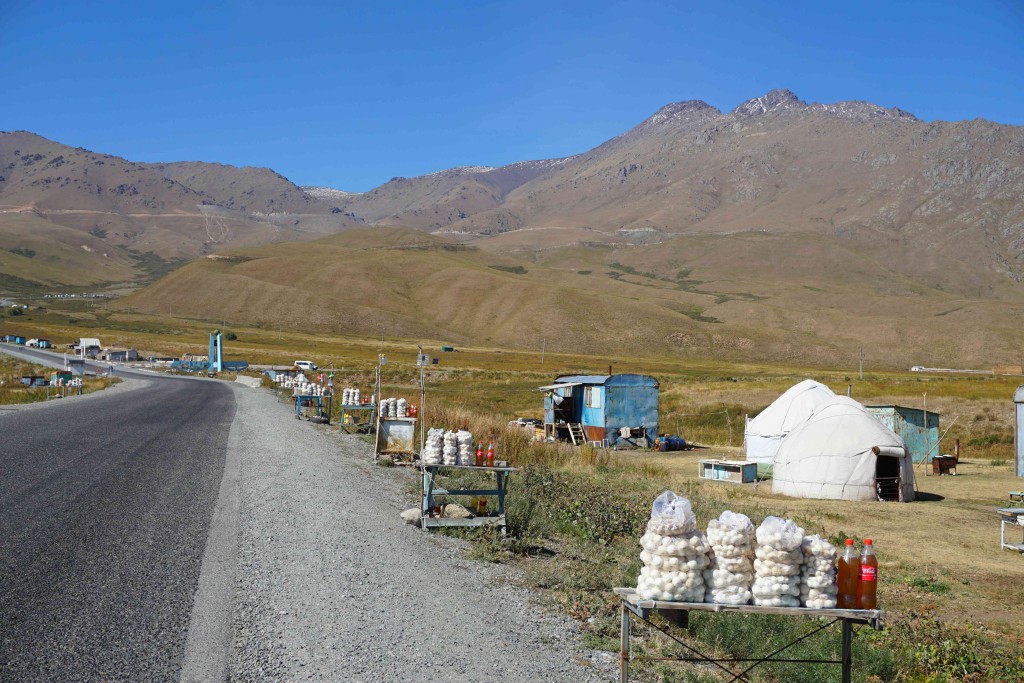
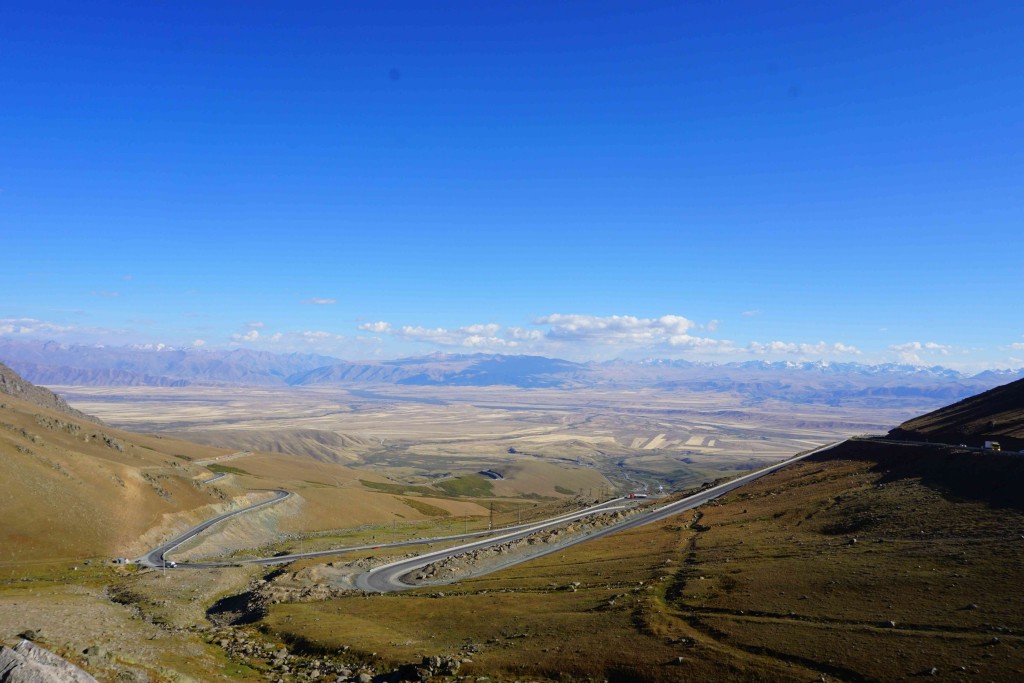
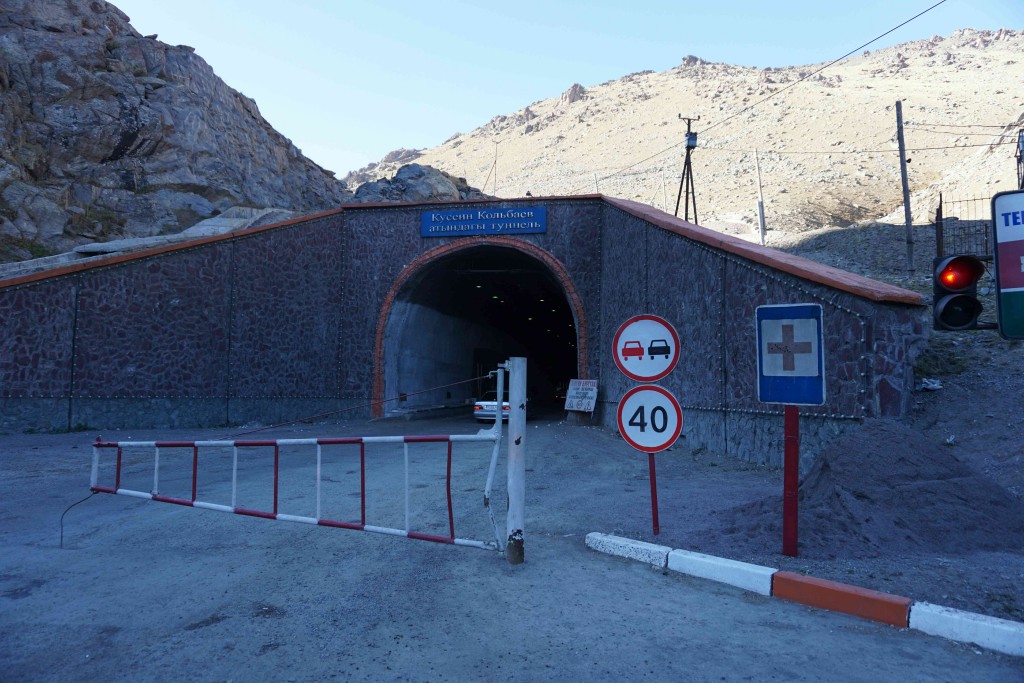
But I survived the cretinous driving to arrive in one piece in Bishkek, where I stayed with Mirlan, my first host in Bishkek. A gentle giant of a man, a more courteous and generous host I couldn’t have wished for. After decompressing from the intensity of the cross-town ride, next day I braved the re-compression of a super-packed marshrutka (minibus) ride into the city to seek out Timo who was staying at the AT House hostel, and begin my Chinese visa application process. Shopping missions to replace broken and worn equipment and upgrade my winter gear for China filled my days; at nights, while Mirlan was working, I hung out with Timo and fellow travellers Emma (from Bridport by Vespa, www.emmatrenchard.com) and Tara (via Mongolia and Karakorum by bicycle www.followmargopolo.com) in the friendly atmosphere at ATHouse. I was also lucky enough to hear back from another CS host, Kyial, who kindly put me in touch with her friend, Aisuluu, to whose apartment I decamped for a couple of days to give Mirlan a break. It was a privilege to meet Aisuluu, Kyial and her friends over dinner and get some insight into the life in the capital.
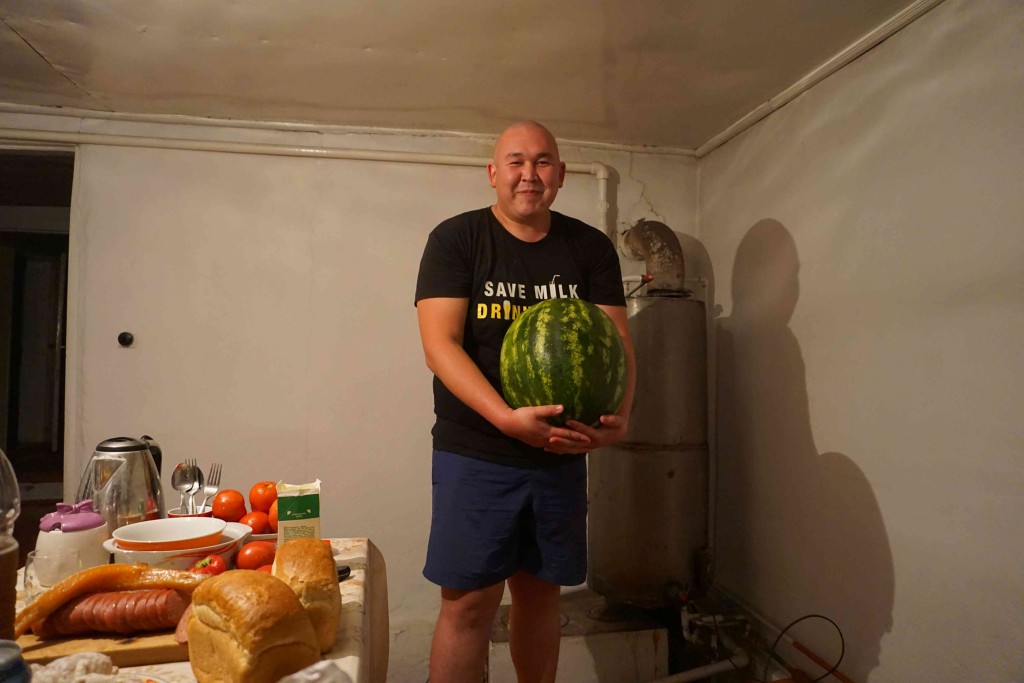
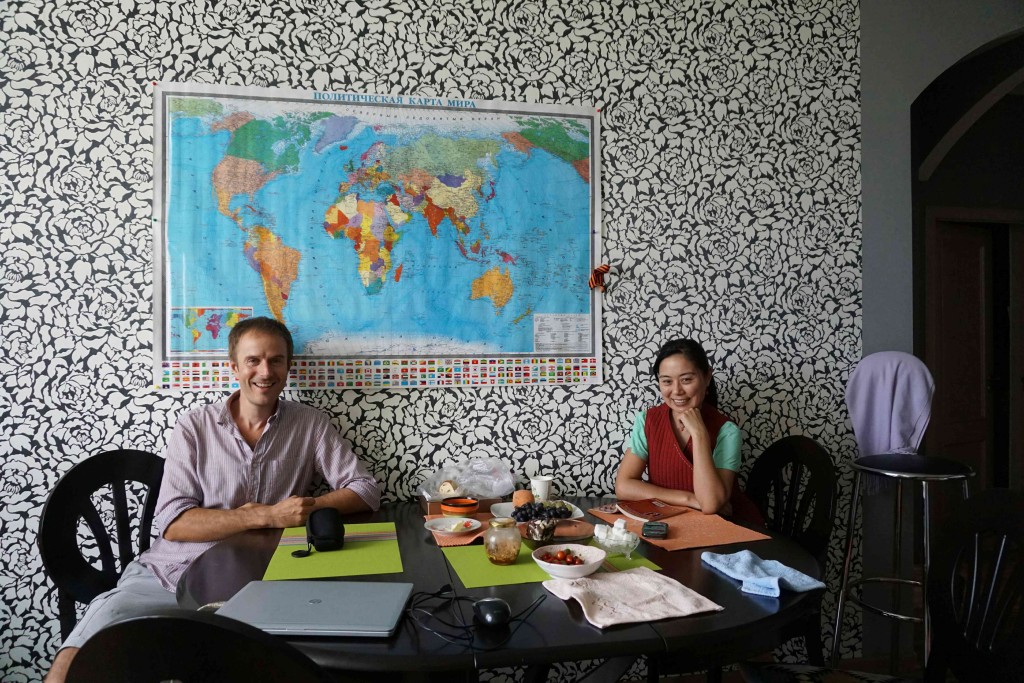
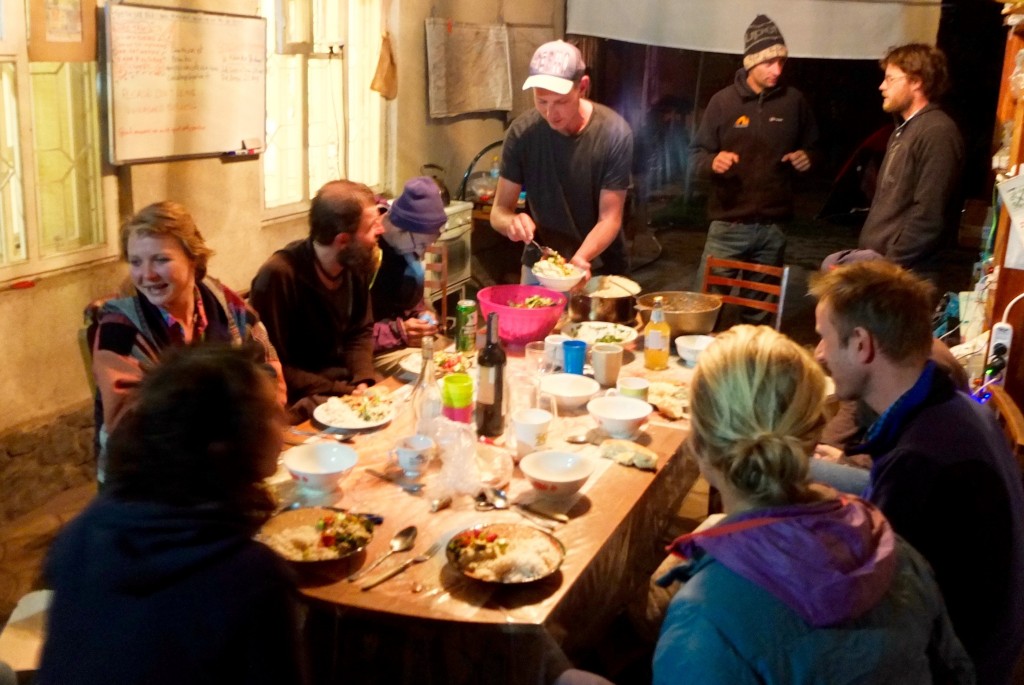
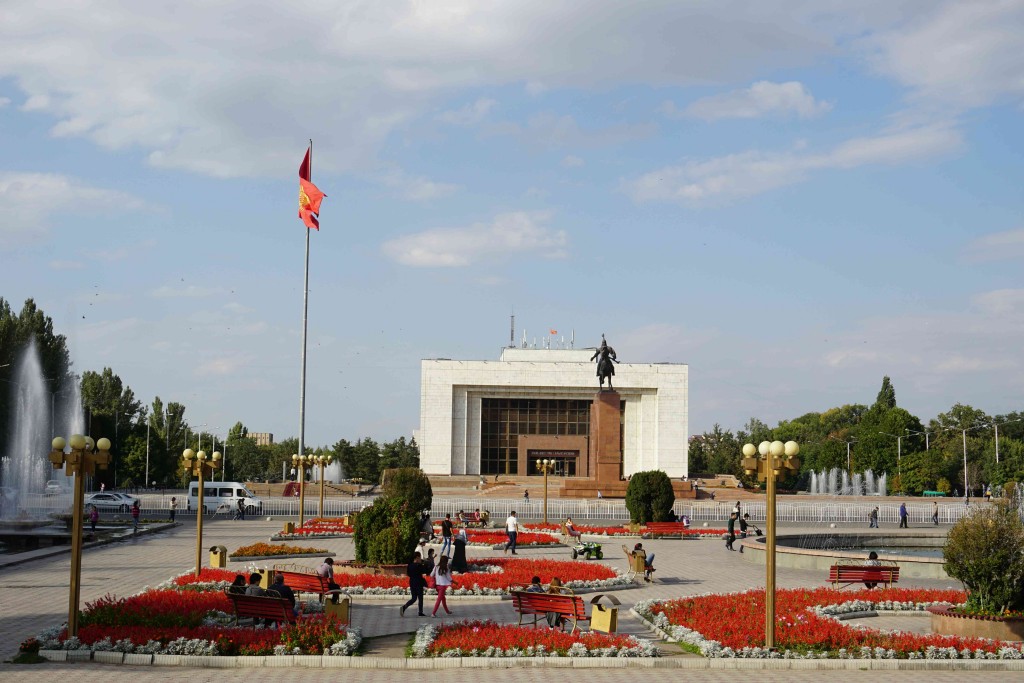
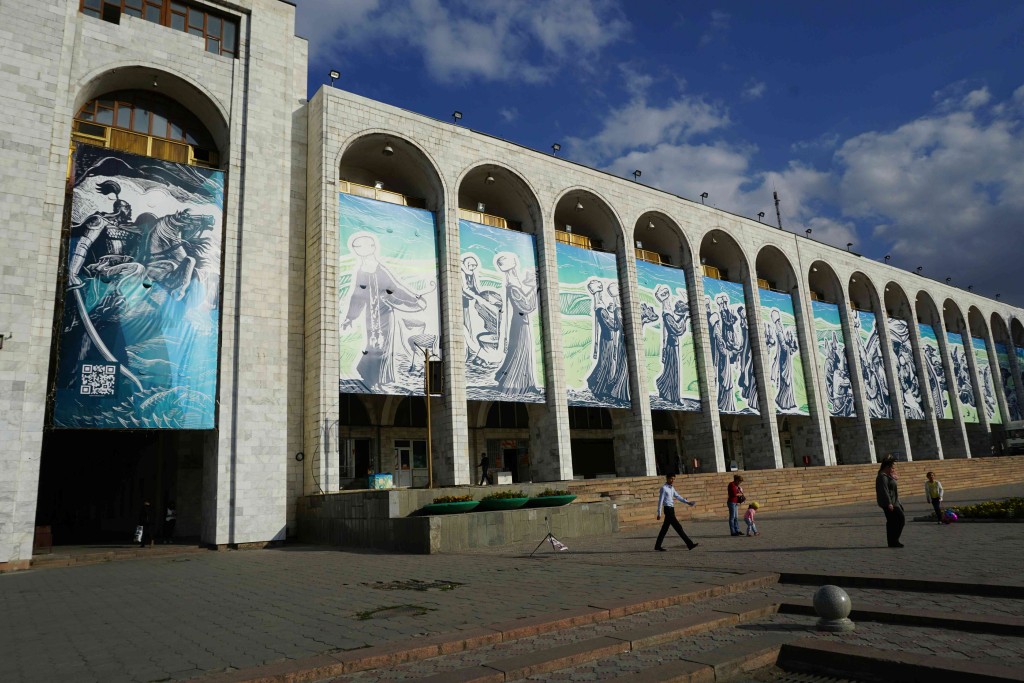
So now, with the all important $180 worth of Chinese visa in my passport, a replacement Kindle and water filter via DHL (thanks Ben), new sleeping mattress, winter gloves and shoes, my bike all shiny and tuned up with new Schwalbe Mondial tyres and brakes, I am at last set to take on the transit of China, the third largest country in the world, in the preposterously short time that my visa will permit. To cross this massive landmass, approximately 5800km northwest corner to south east, I have one month plus a single extension period of one month, less the time it takes to renew the visa, less the time it takes to obtain a visa for Vietnam. If that sounds a bit too easy, you’d be right, as in between I hope to visit the Qinghai-Tibetan plateau at over 4000m. The Stans have been a real test of stamina, with extremes of heat and cold in the space of a couple of months, and most memorably a test of stomach, with local cuisines based almost entirely on animals. As glad as I am that I came through this stunning part of the world, I am now ready for a change. I suspect the transition will be fairly gradual as Xinjiang province is largely Uihgur (Muslim) in ethnicity, culturally similar to the Stans in many respects. But the prospect of veggie food and changing customs and landscapes impels me irresistably eastwards. If all goes well, I’ll pop up smiling in a hammock under a palm tree in Vietnam for boat drinks at sunset sometime in early December.
See you then.
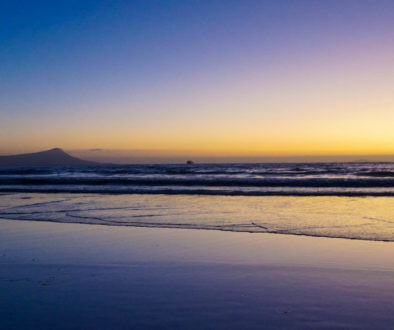
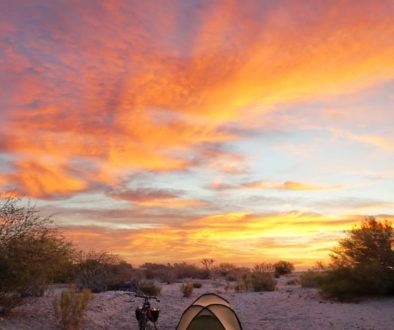
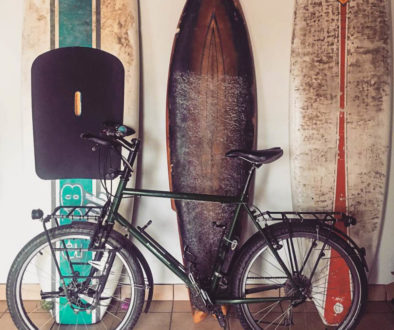
21 November 2015 @ 03:45
Awesome photos and report. Wishing you the best. Shout out for needs.
12 October 2015 @ 17:13
Superb stuff as ever, Dan. One really feels like one is there when reading these entries. Keep up the sterling efforts, the amazing photos, and the excellent prose.
3 October 2015 @ 16:45
Still reading the blog . Taking it slowly makes it seem more real. Too much here to take in in one day . Will email you soon.
23 September 2015 @ 21:54
Good luck and looking forward to your Chinese adventures. Cannot believe whole summer gone xxx